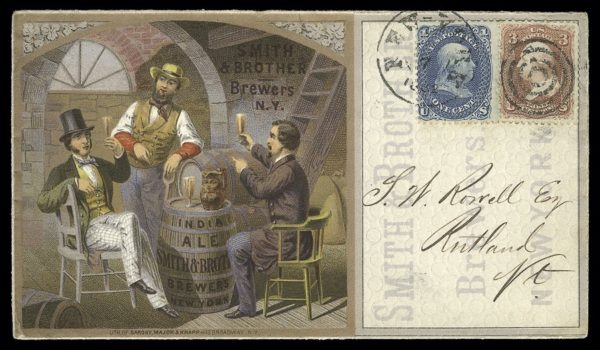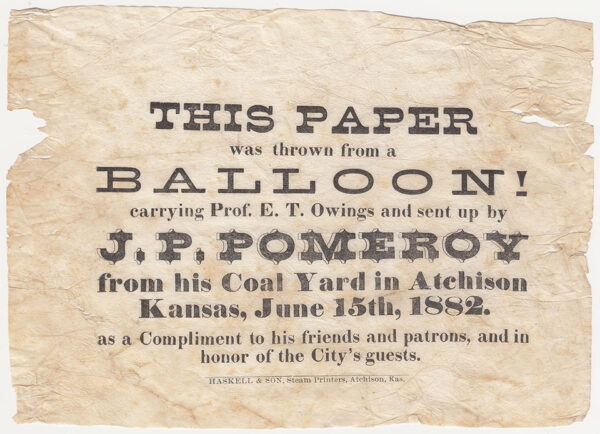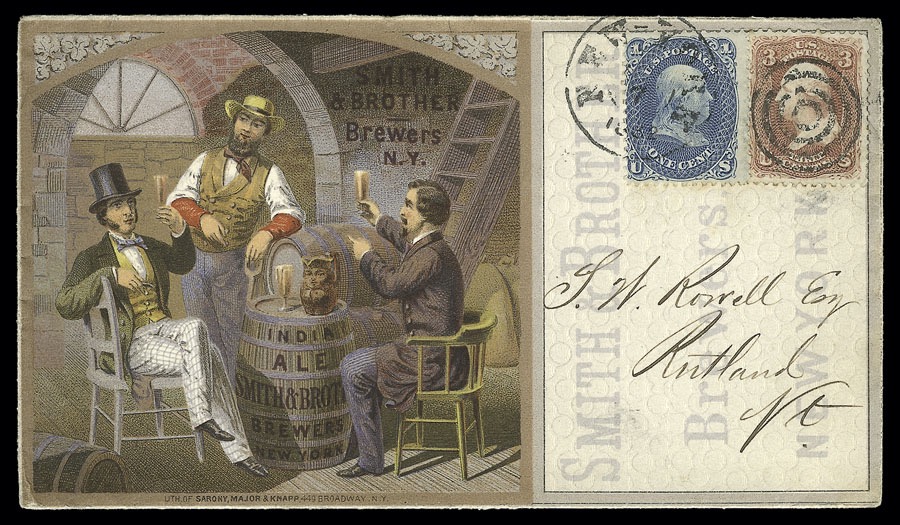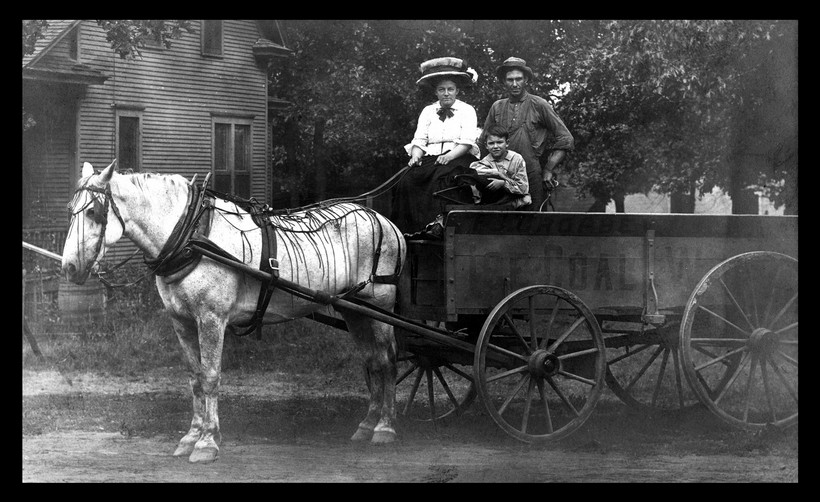What is “ephemera”?
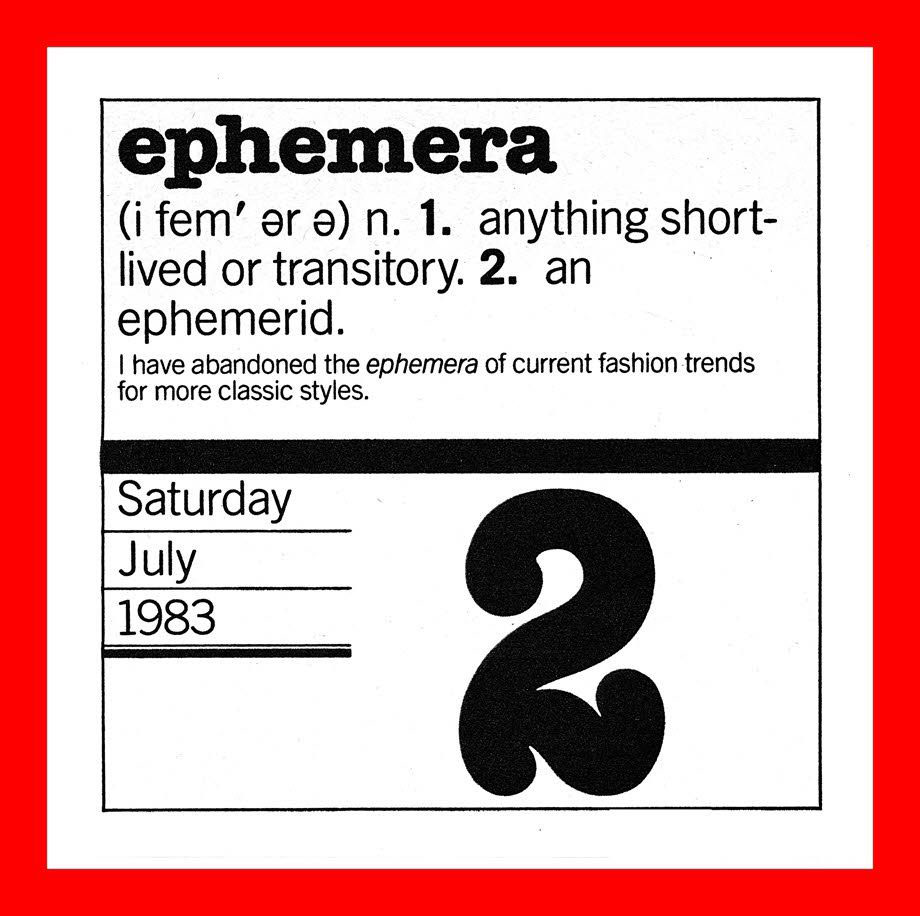
Precious primary source information . . . that is what the ephemera world considers its bits and bobs of vintage (and current), usually paper items. Much of it was likely expected, back in its day, to be briefly useful then discarded. Today such items which have survived the vagaries of time often reveal things we might not otherwise ever learn. A story last year in the New York Times reported the stunning information that NASA—unthinkably—had somehow managed to lose the original tapes of Mankind’s first landing on the moon! Surely this monumentally important video document was expected to be carefully coddled and treasured forever. And yet even something as priceless as that somehow proved ephemeral. As it happens, derivative copies do exist, so that particular record has not totally disappeared. But it could have. If information as important as that could be so easily lost for eternity, imagine how much lesser—yet culturally relevant—historical information has indeed been lost with the passage of time. Each collected piece of surviving paper Americana serves up information, and some of it available nowhere else on earth. One person’s trash is another person’s treasure.
In a nutshell, to collectors “ephemera” are vintage printed or written items which originally served some specific purpose and were not expected to be retained or preserved, but which are now cherished. A few decades ago much of it was called “Paper Americana”, though ephemera is not necessarily American. Or even paper: these days the field has been expanded to include such things as tobacco tins, photographs, radio premiums, textile swatches, vinyl record albums, items made of celluloid or wood. Also included are various items which were indeed likely to have been saved, such as wedding invitations, marriage certificates, passports, birth certificates, wills, deeds, divorce papers, stock certificates, promissory notes, and many other vintage documents.
As to the origins of the word itself, according to Oxford Reference, ephemera refers to “things that exist or are used or enjoyed for only a short time, items of collectable memorabilia typically written or printed that were originally expected to have only short-term usefulness or popularity. Recorded in English from the late 16th century as the plural of ephemeron from Greek neuter of ephēmeros ‘lasting only a day’. The word originally denoted a plant said to last only one day, or an insect with a short lifespan, and hence was applied to a thing of short-lived interest. Current use has been influenced by plurals such as trivia and memorabilia.”
Maurice Rickards, author of the definitive Encyclopedia of Ephemera and a founder of The Ephemera Society in England, dubbed such items “the minor transient documents of everyday life.” That organization says that—produced to meet the needs of the day—“such items reflect the moods and mores of past times in a way that more formal records cannot.” Besides being enjoyable to find and collect, vintage ephemera is valuable primary source information which offers unique windows into cultures past.
Ephemera Examples
This may be the epitome of ephemera . . . a fragile paper souvenir cast into the wind from a balloon ascension in Kansas in 1882!
Advertising Covers
Advertising “covers” are envelopes with graphic or illustrated fronts. Such “ad covers” are also collected by stamp collectors (“philatelists”) and postal historians, and thus are a common link between hobbies. Ones which have been mailed are valued more highly than ones which were unused.
https://www.sheaff-ephemera.com/list/advertising-covers/
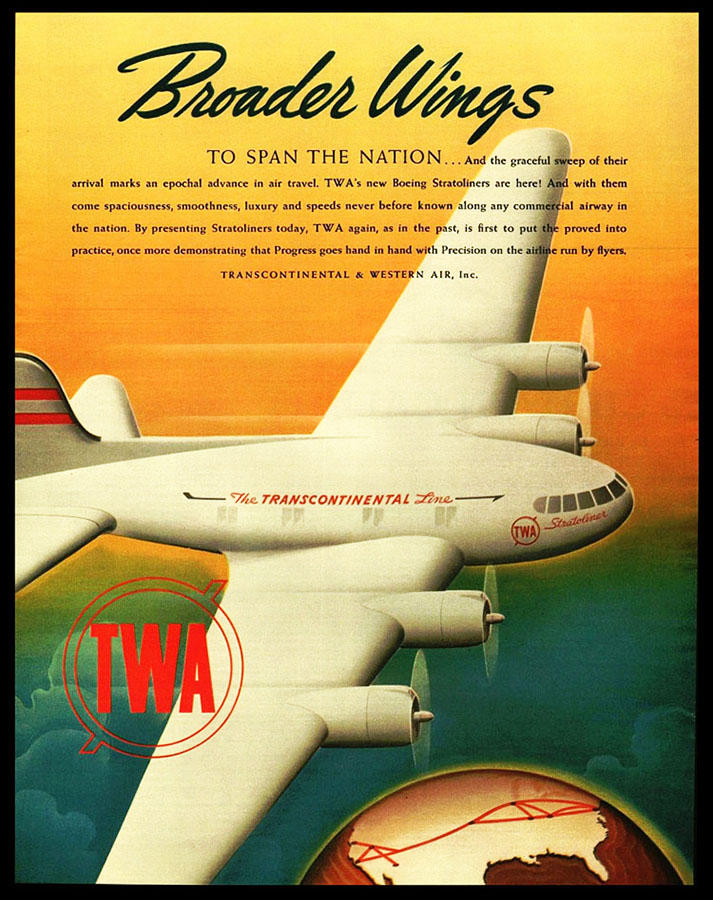
Advertisements
An advertisement is a notice or announcement in a public medium promoting a product, service, or event or publicizing a job vacancy. Early newspaper advertisements were all text. Some newspaper ads began to include small stock wood engraved illustrations to attract the eye, and after a while these began to be custom-created and increasingly larger. With the emergence of magazines and, later, color printing, the bold and graphic use of color advertising exploded in all media.
https://www.collectorsweekly.com/advertising/overview
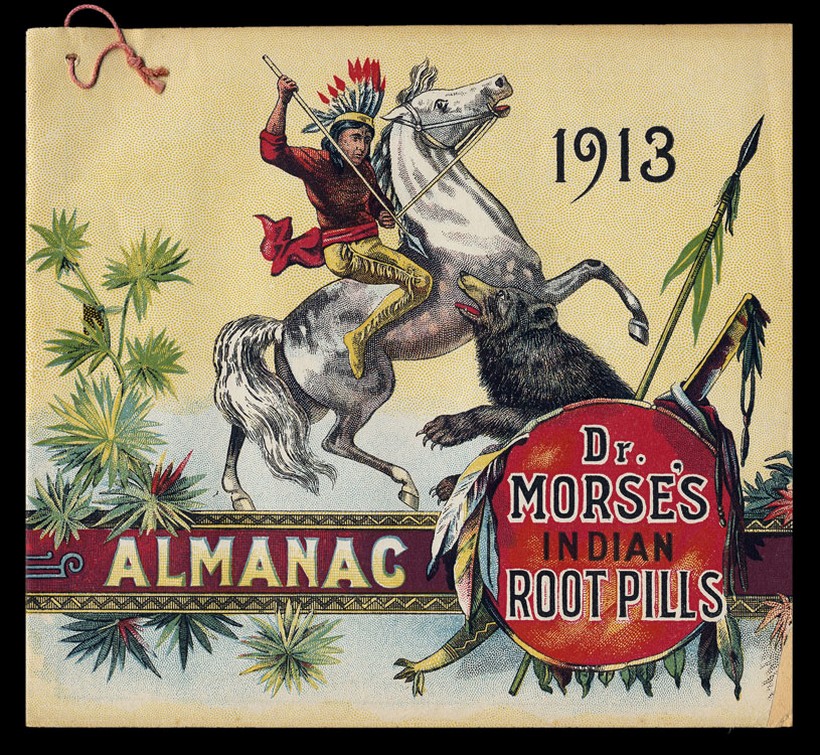
Almanacs
There are all sorts of almanacs. Ephemerists generally are interested in the small printed booklets with paper covers, containing a calendar and information of value to farmers, sailors and outdoorsmen . . . phases of the moon, tide tables, astronomical charts, statistical data, planting date guidance, etc., along with promotion and/or testimonials for the products of the issuer, and perhaps jokes, stories or cartoons. Some “almanacs”—especially those promoting quack medicines—contained no useful information about Mother Nature whatsoever, only product hype.
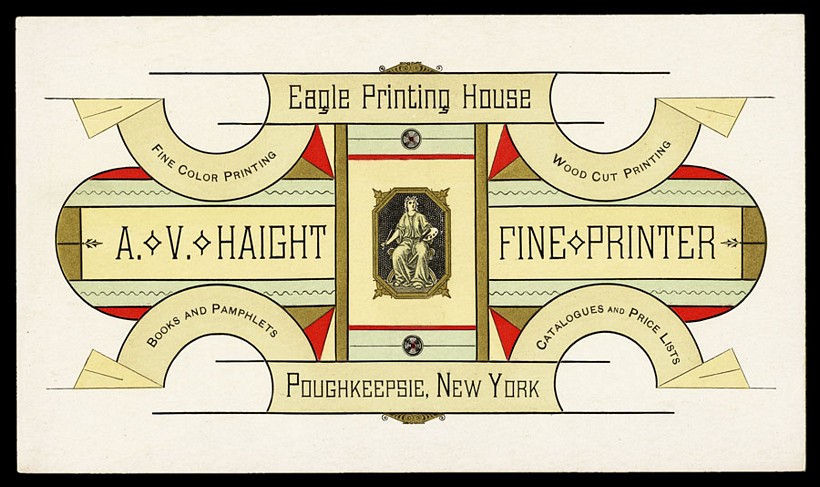
Artistic Printing
The term “Artistic Printing”, though occasionally used by printers of all sorts, was a term adopted between the late 1870s and the mid-1880s by American and British letterpress printers who developed a bold, colorful and graphic design aesthetic in an attempt to compete with color chromolithography.
https://www.sheaff-ephemera.com/list/artistic_printing.html

Architecture
Those interested in architecture and buildings have numerous sorts of related ephemera to pursue; including photographs, blueprints and plans, postcards, magazines, trade cards, engravings, brochures, birds-eye views and books.
https://www.architecturaldigest.com/gallery/best-architecture-museums-bucket-list
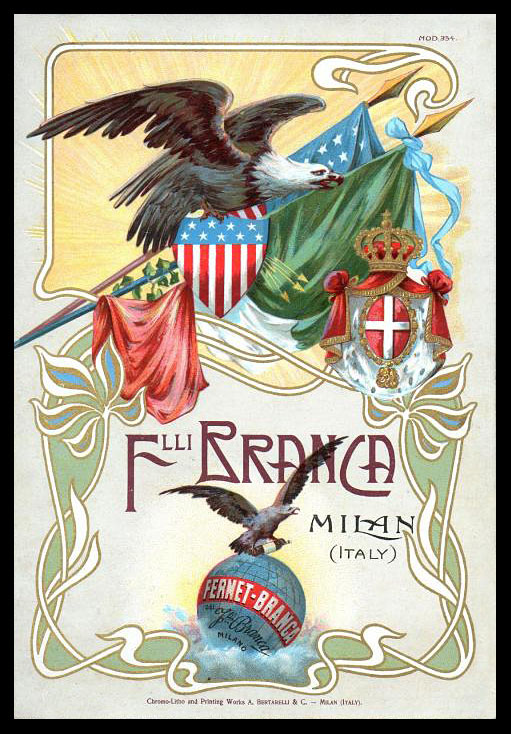
Art Nouveau
The distinctive, nature-based art nouveau style of art and design was a worldwide phenomenon between approximately 1890 and 1910. Examples can be found in all media of the era
https://en.wikipedia.org/wiki/Art_Nouveau
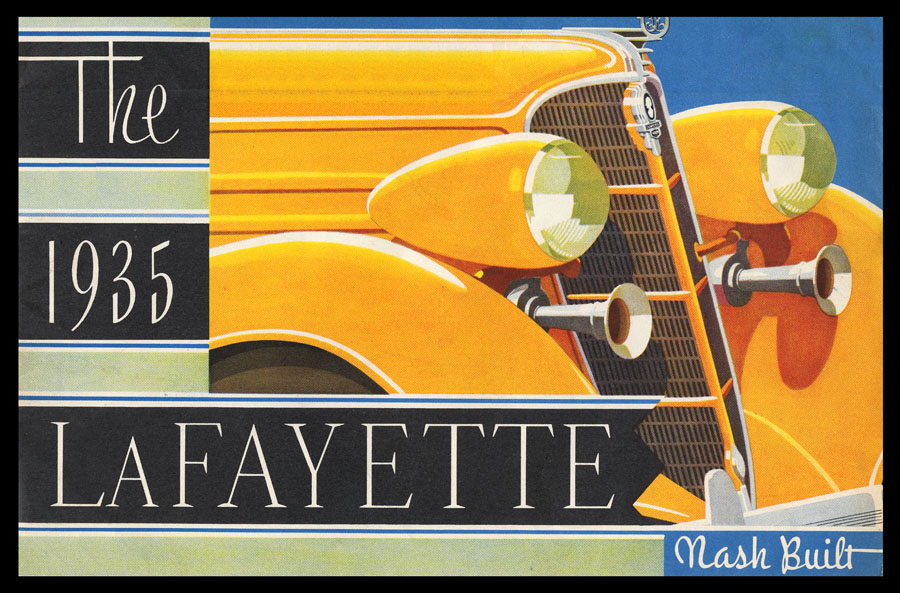
Automobile Literature
Printed materials promoting and explaining the evolving design of cars and trucks are a rich source of general information, model-by-model details and visual satisfaction.
https://www.naam.museum/museum
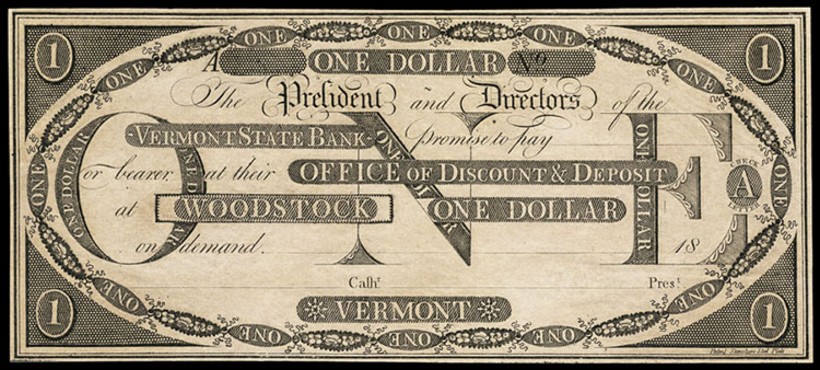
Banknotes
Nowadays national governments issue our paper currency, but in earlier times banknotes were promissory notes issued by individual banks. Many of these copper engraved or steel engraved banknotes have great beauty and complexity, and they are much collected. During the second half of the 19t century, many businesses issued advertising banknotes . . . currency look-alikes which were actually promotional advertising of one sort or another.
https://en.wikipedia.org/wiki/Notaphily
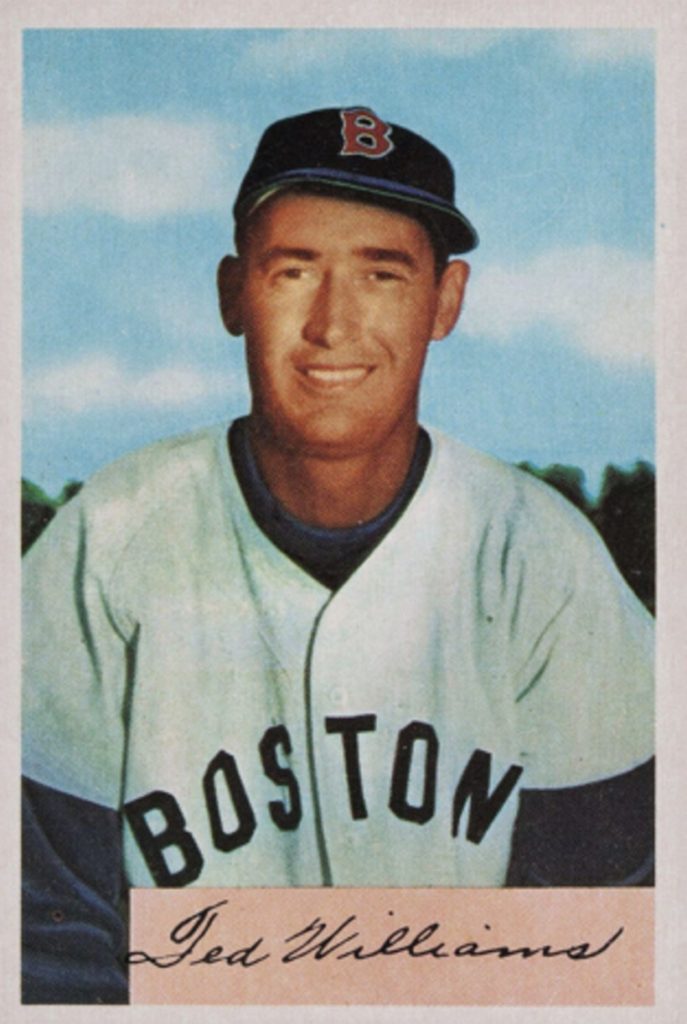
Baseball Cards
Baseball cards feature images of players or teams printed on cardstock, plastic or silk. Photographs of baseball players began to circulate in the 1840s, and commercially produced cards evolved in the 1860s. Because baseball cards were—and still are—sometimes traded, they have been at times called “trading cards”. This term sometimes causes confusion with the term “trade card” (see below), which is something completely different.
https://baseballhall.org/shoeboxtreasurescampaign
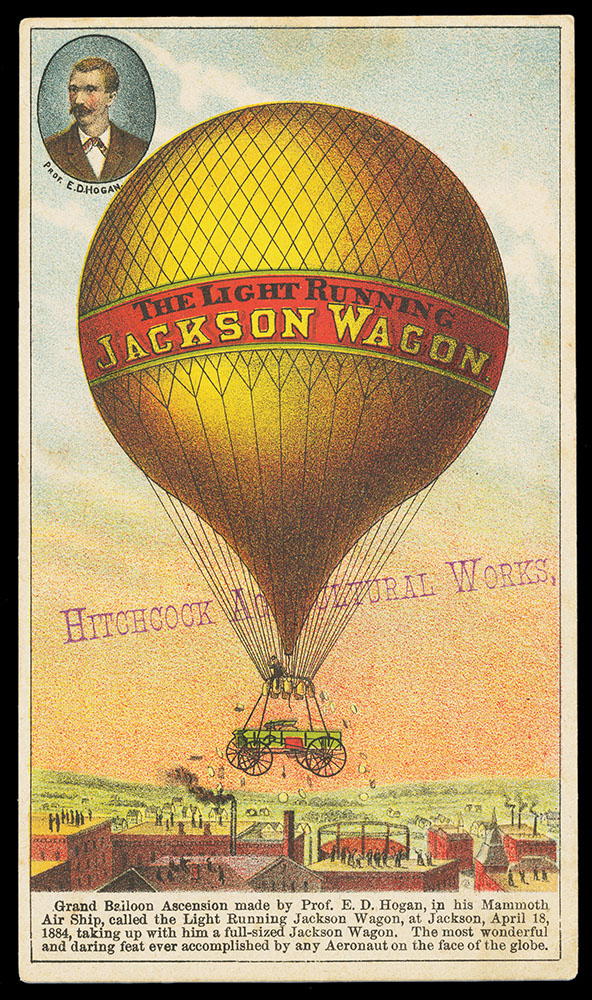
Ballooning
Balloon ascensions have thrilled audiences for centuries. Unmanned hot air balloons were used in China ca.200AD. The dangerous exploits of 19th century daredevil balloonists fascinated the crowds then, and scholars and collectors now.
https://airandspace.si.edu/collection-objects/early-balloon-ascension
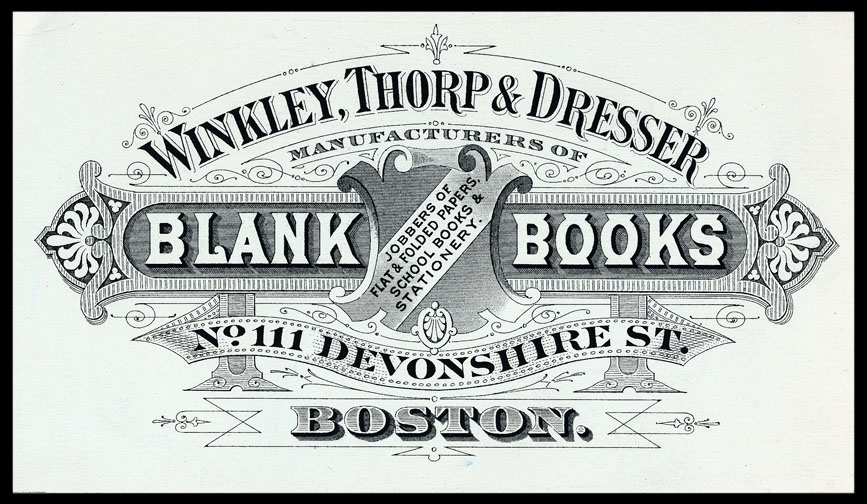
“Bar” Cards
Trade cards with a strong horizontal “bar” element are considered a category. It may well be that the moniker originated with the late collector George Fox, who eagerly searched for them.
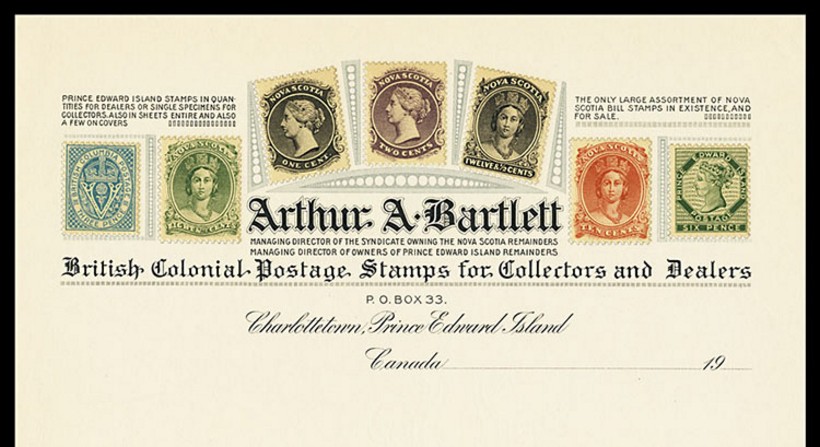
Billheads and Letterheads
The top portion of commercial billheads (invoices or sales receipts) and letterheads (sheets for messages) can be graphically or elaborately designed, and are popular collectibles. They are also excellent sources of detailed records, information, pricing and business procedures.
https://designobserver.com/feature/confessions-of-a-letterhead/40018
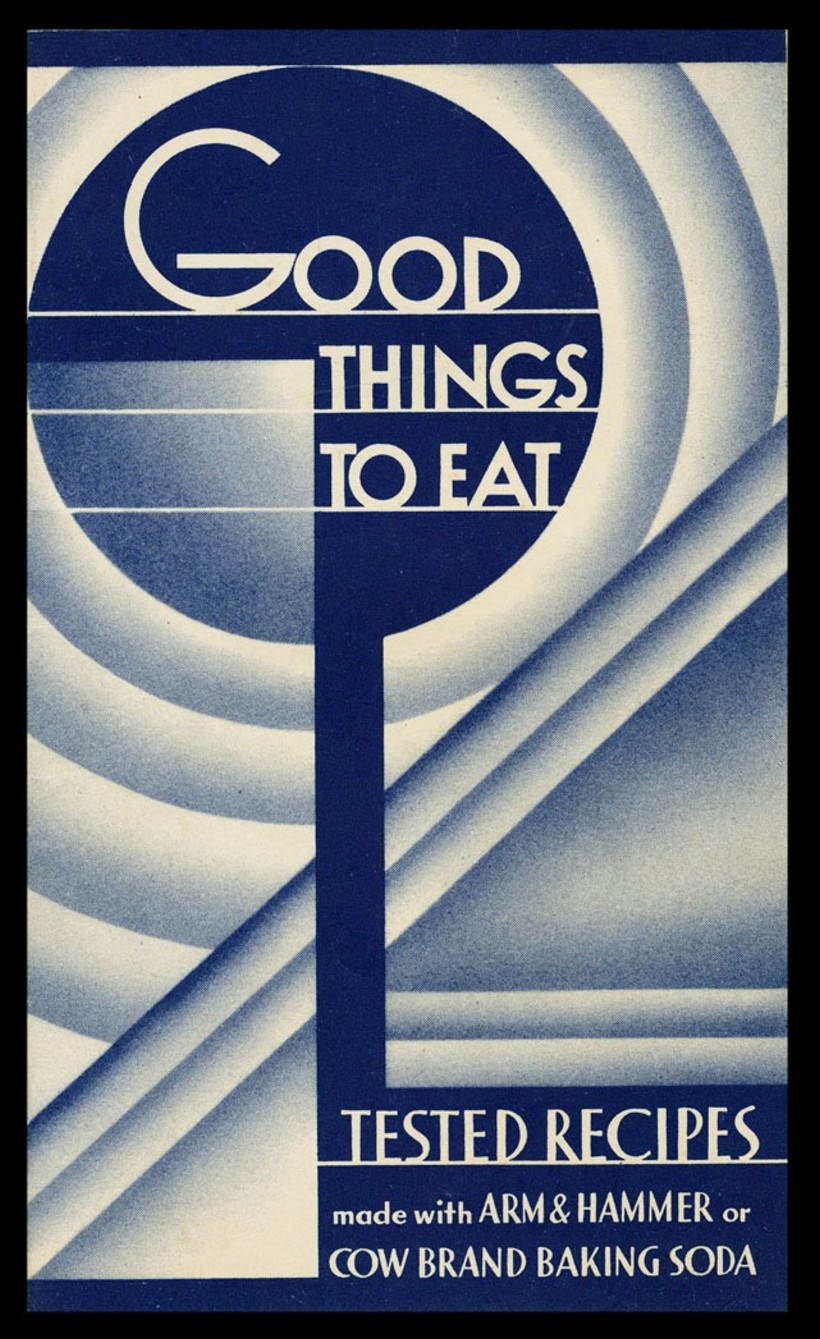
Booklets
The field of booklets is vast, goes back centuries, and is a rich source of information in dozens of topical areas.
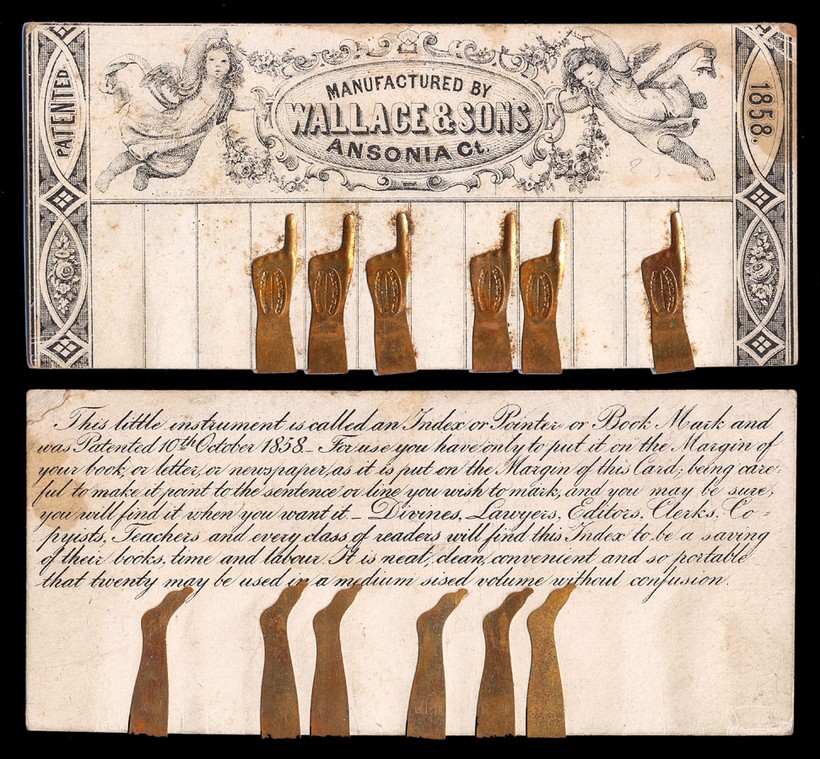
Bookmarks
Bookmarks exist in a surprising variety of styles, sizes and configurations. They have been produced in paper, cardstock, celluloid and various metals. Some simply slip into the book, others clip onto a page. Improvised bookmarks . . . random things casually used to mark a reader’s place . . . can be of considerable value. Unused rare stamps, currency, autographed notes, trade cards, vintage postcards and all sorts of odds and ends have been discovered over the decades. It pays to thumb through old books!
https://www.biblio.com/book-collecting/what-to-collect/ephemera/bookmarks/
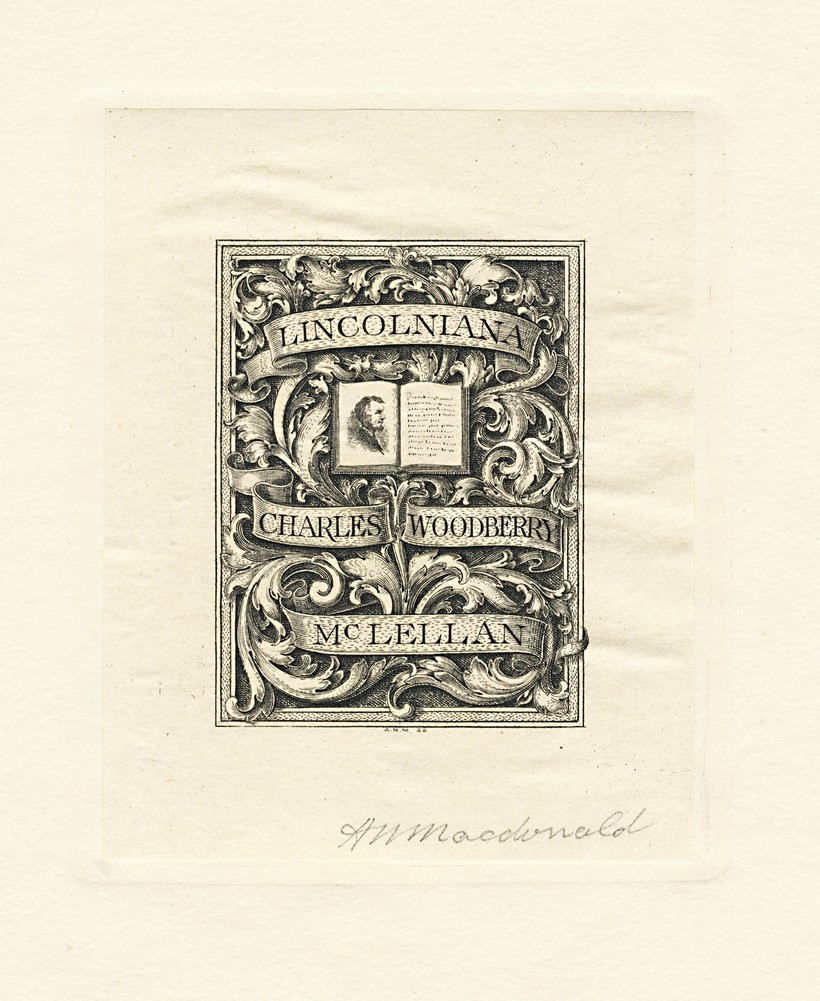
Bookplates (“Ex Libris”)
Bookplates are generally pasted inside the front cover of book, intended to mark ownership and to assure that a borrowed or misplaced volume may find its way back home. Many are engraved. Some collect for reasons of design, others collect the custom bookplates of celebrities, authors, historical figures or famous book collectors.
https://en.wikipedia.org/wiki/Bookplate
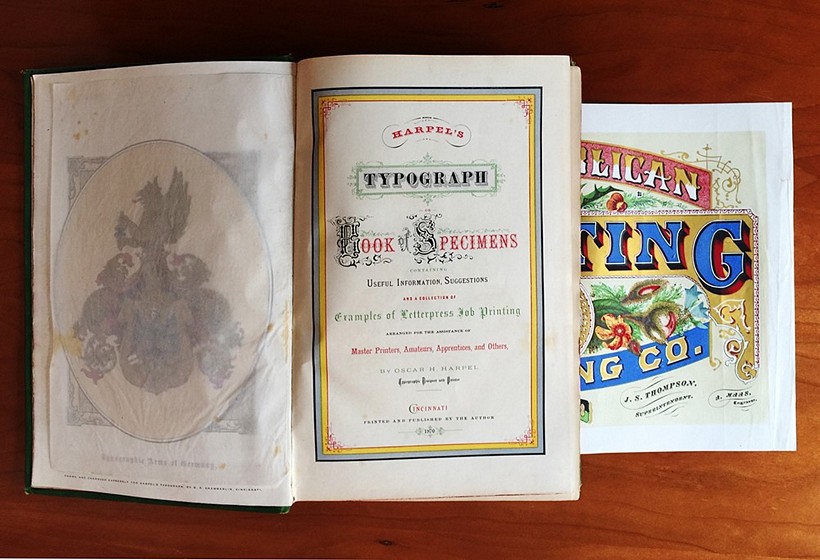
Books
Covers, a spine and pages. Millions of them out there, and endless rationals for forming collections. And they can be read.
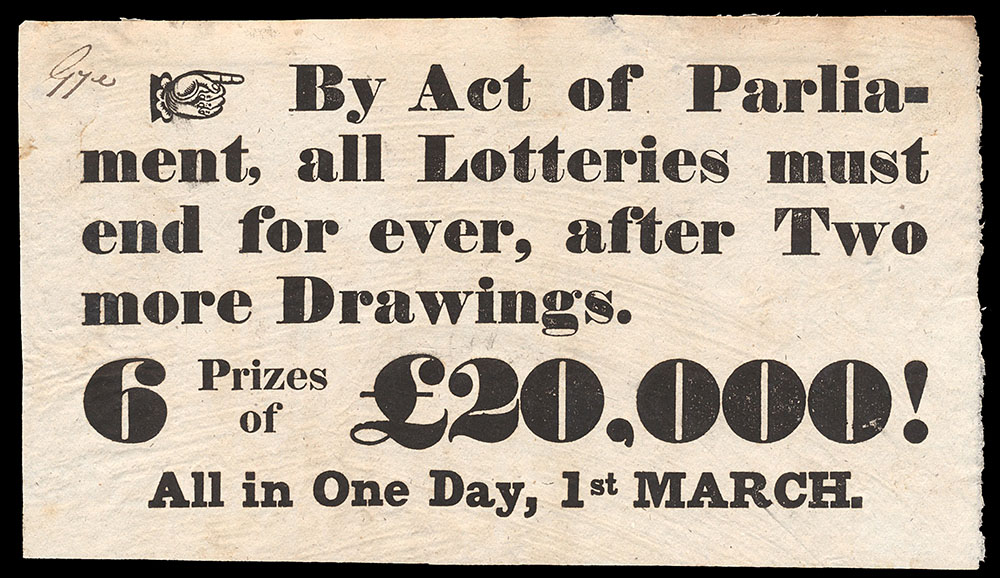
Broadsides
Originally, a broadside was a large sheet of paper printed with a message or decree or announcement, printed on one side only so that it could be publicly posted. Over time, sheets of any size, large or small, printed on one side, often with bold type and/or imagery, came also to be considered broadsides. They might contain notices, ballads, entertainment schedules, announcements, advertisements, “WANTED” posters, images of breeding animals, school regulations . . . you name it.
https://www.loc.gov/collections/broadsides-and-other-printed-ephemera/about-this-collection/
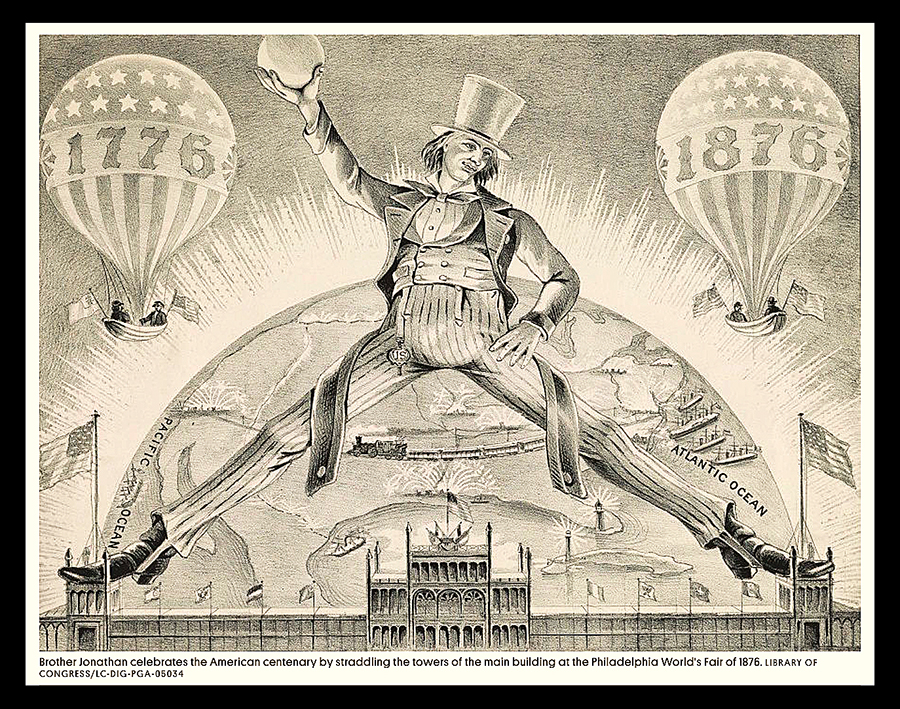
Brother Jonathan
“He was ill-mannered and ill-spoken—a boor, a braggart, a ruffian, a bigot, a hick, and a trickster. His name was Brother Jonathan. Today he is all but forgotten—eclipsed by his upstanding uncle, Sam. But after the Revolutionary War, Brother Jonathan was the personification of the newly independent American people: clever, courageous, not all that sophisticated and proud of it. He was the everyman incarnate. It was the everyman who had led America to victory. And now America looked to the everyman to lead them out from the bloated shadow of Great Britain.” Atlas Obscura
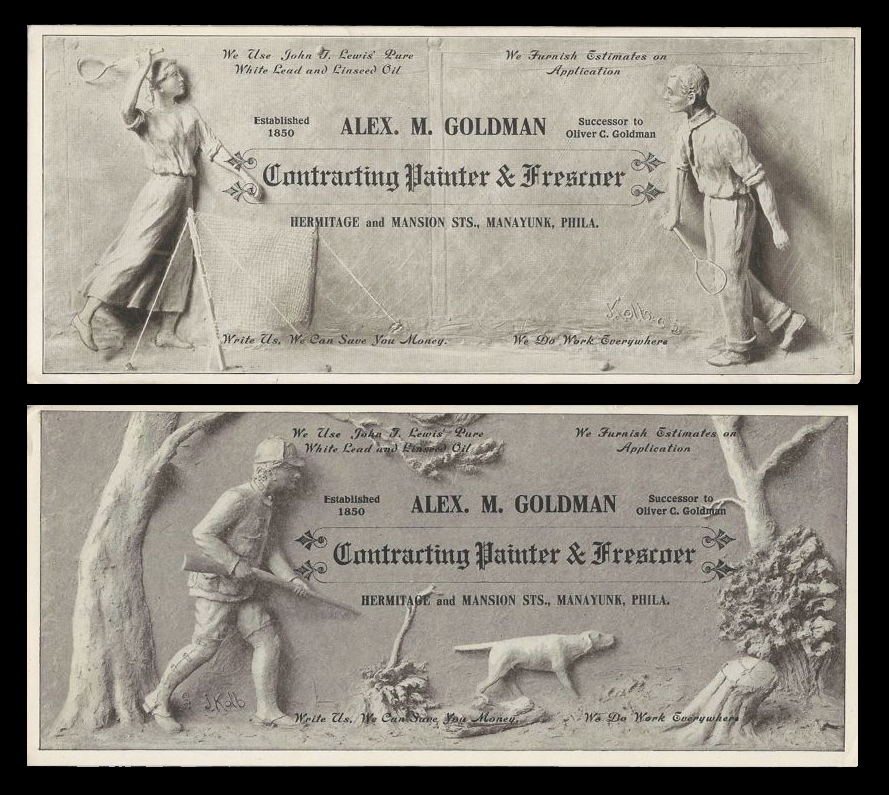
Business Cards
The distinction between a business card and a trade card (see below) can be controversial. Some hold that a business card advertises the business whose name and address is shown, while a trade card advertises the products of the business listed. Others make the distinction visually, saying that a business card is very simple, having either type only or type with a printed border and perhaps a small amount of decoration. This is especially evident in early business cards on glazed coated stock, from the days before trade cards as such came into existence. Others don’t particularly care about making the distinction, and value both types.
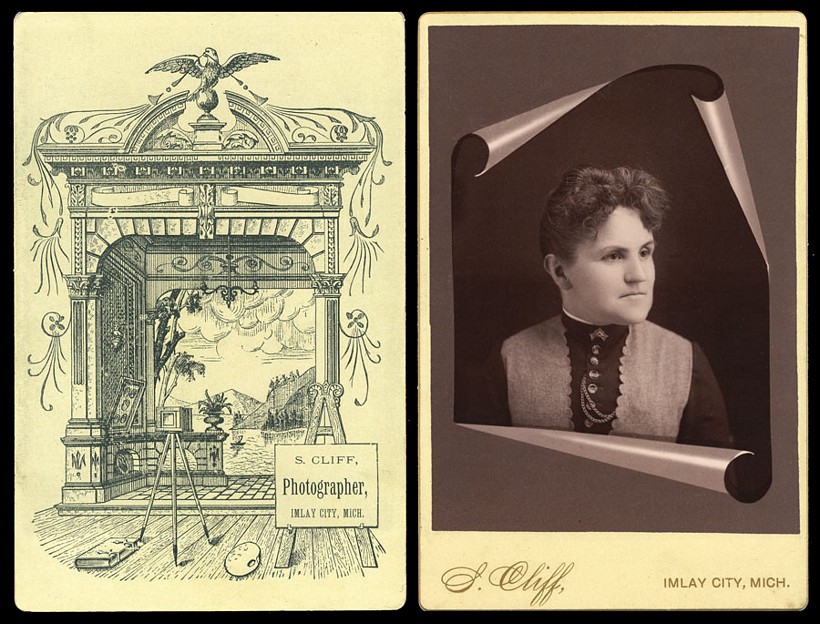
Cabinet Cards
Cabinet cards came into style in the 1870s, largely replacing the smaller cartes de visite (see below). A cabinet card has a photograph @ 4” x 5 1/2” in size pasted onto a 4 1/4” x 6 1/2” cardstock mount. Their usage continued on a diminishing basis into the 20th century.
https://en.wikipedia.org/wiki/Cabinet_card
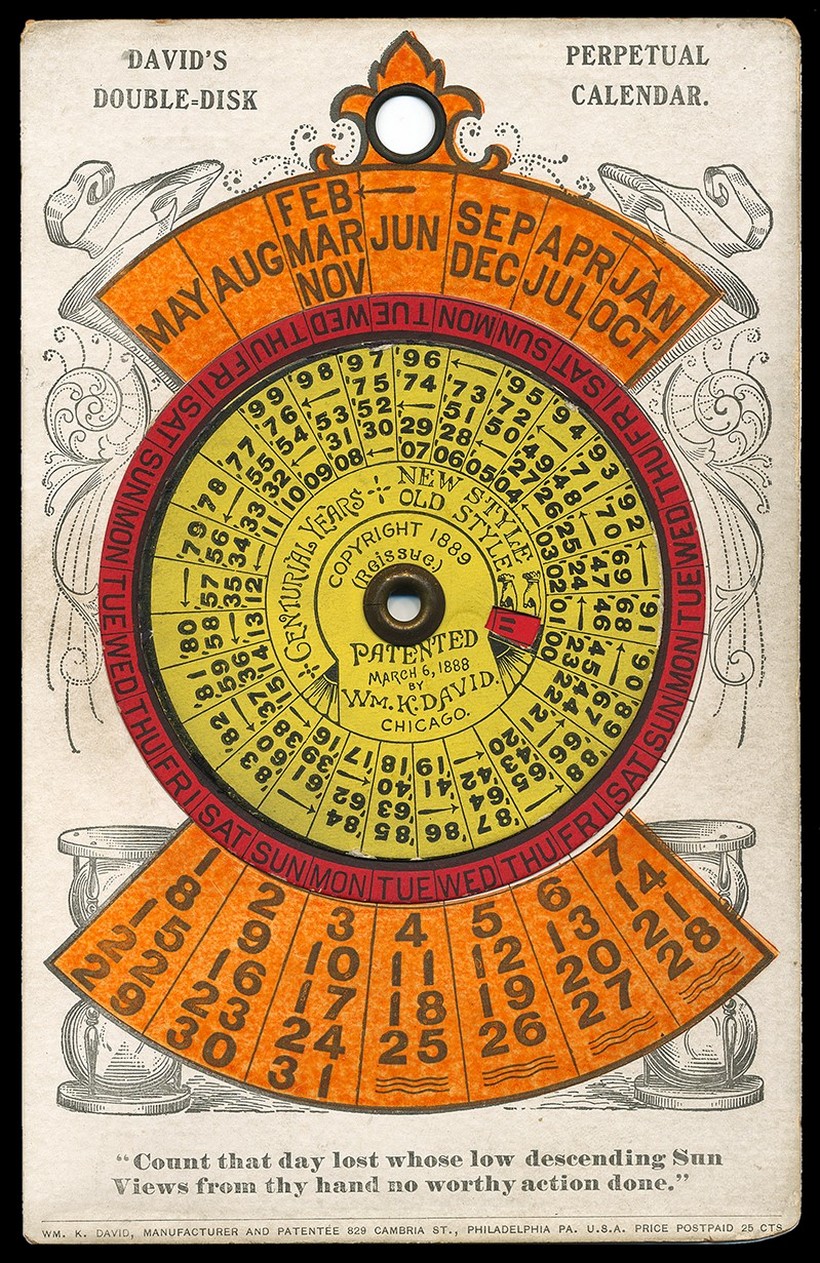
Calendars
Calendars for mass consumption have been around for centuries in one format or another. They can be found in booklets and almanacs, on flat or folding cards, in larger size for hanging on a wall, on celluloid, and printed on thin aluminum. Perpetual calendars with a rotating wheel are accurate for a number of years, not simply the current one.
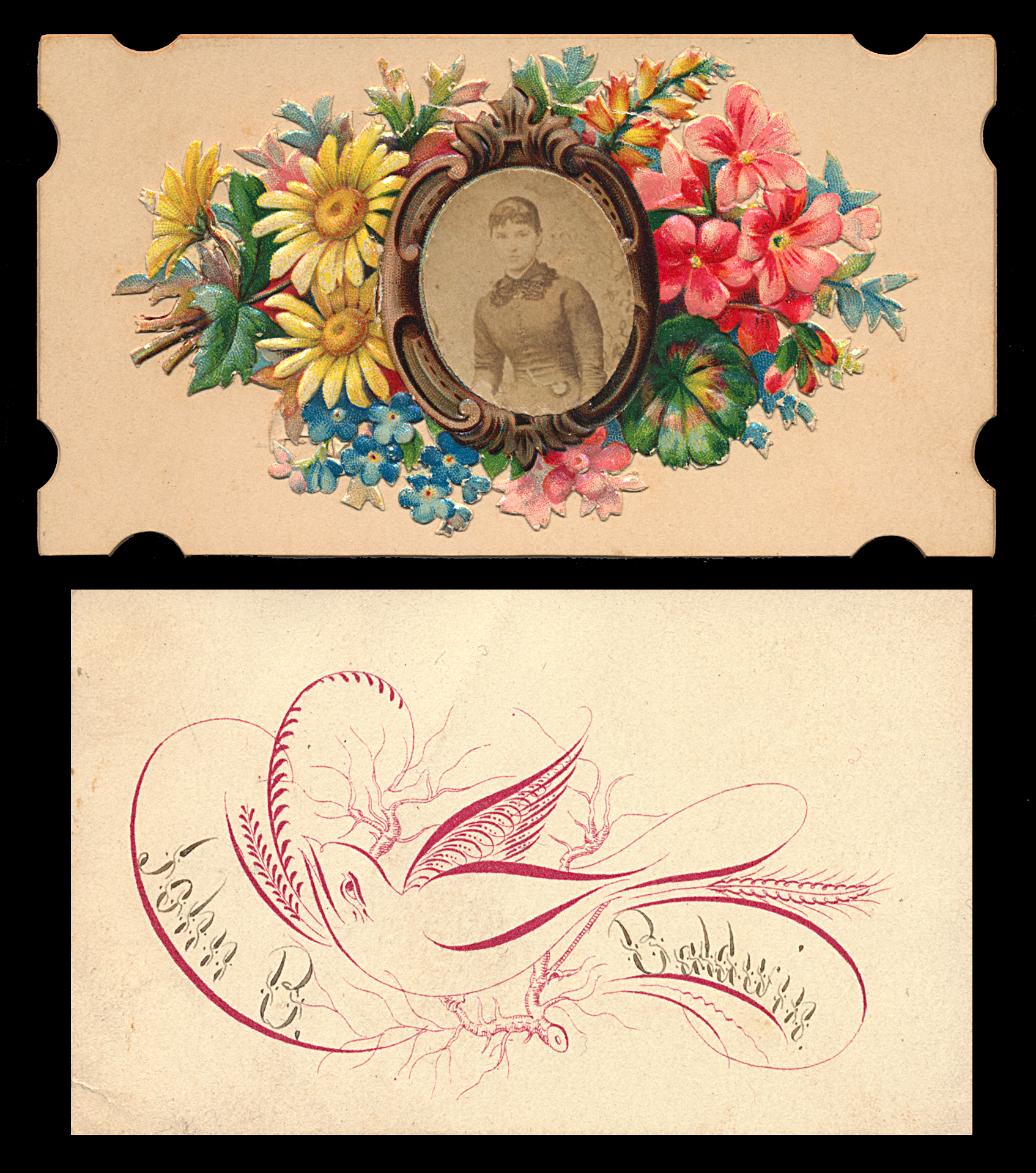
Calling Cards
Calling cards, also called visiting cards, were fashionable from the 18th century onward. They were considered an essential component of proper social engagement, and many rules surrounded their usage. They could be left at a home, exchanged in person or sent by mail or messenger.
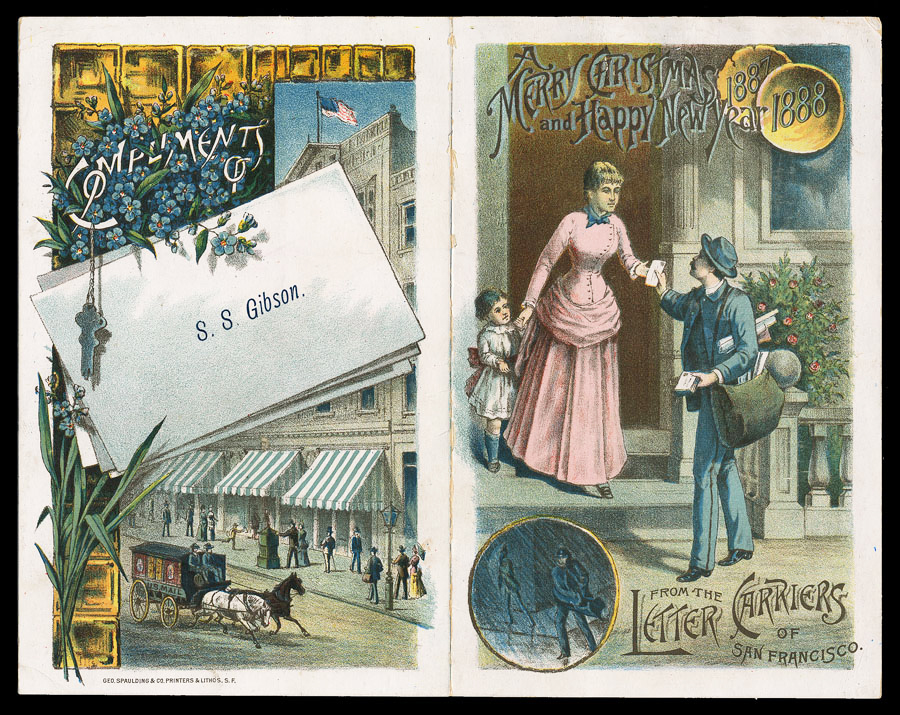
Carrier Addresses
“Carrier addresses” were basically oversized Christmas / New Years cards given by Post Office mail carriers and newspaper deliverers to the folks on their route. Contents varied at the whim of the deliveryman. Many milkmen also sent holiday cards or postcards to their patrons.
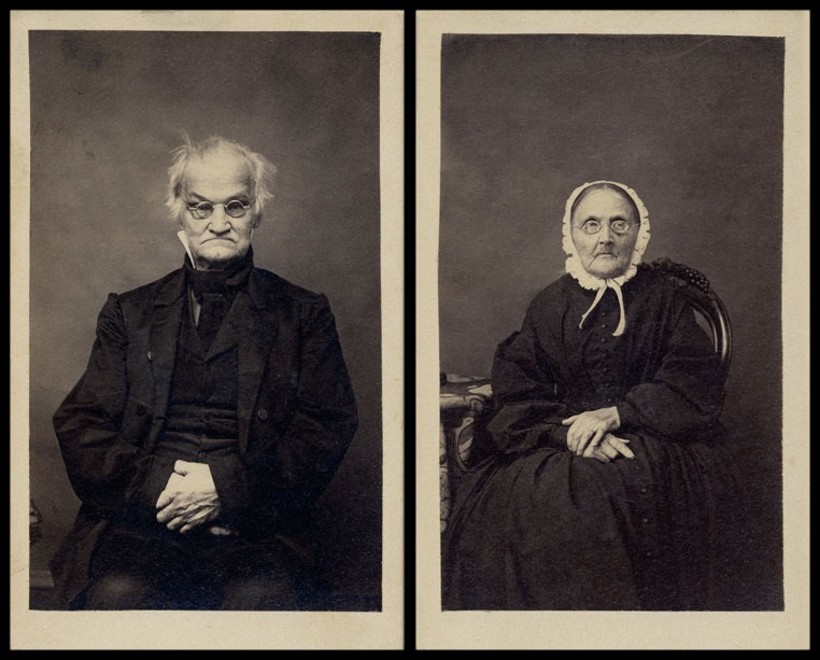
Cartes de Visite (CDVs)
The carte de visite (“visiting card” in French) was a format for small photographs mounted on cardstock invented (and patented) by French photographer Andre Adolphe Eugene Disdéri in 1854. They became hugely popular worldwide, both for images of family members and of celebrities and royalty. Photographs about 2” x 3 1/2” were pasted onto a cardstock mount about 2 1/2” x 4”. With the invention of photography, for the first time in history likenesses other than commissioned, painted portraits were available to—and affordable by—the masses. CDVs were small enough to be mailed, carried in a pocket or billfold, or gathered into parlor albums fifty or a hundred at a time.
https://opinionator.blogs.nytimes.com/2013/08/06/the-cartes-de-visite-craze/
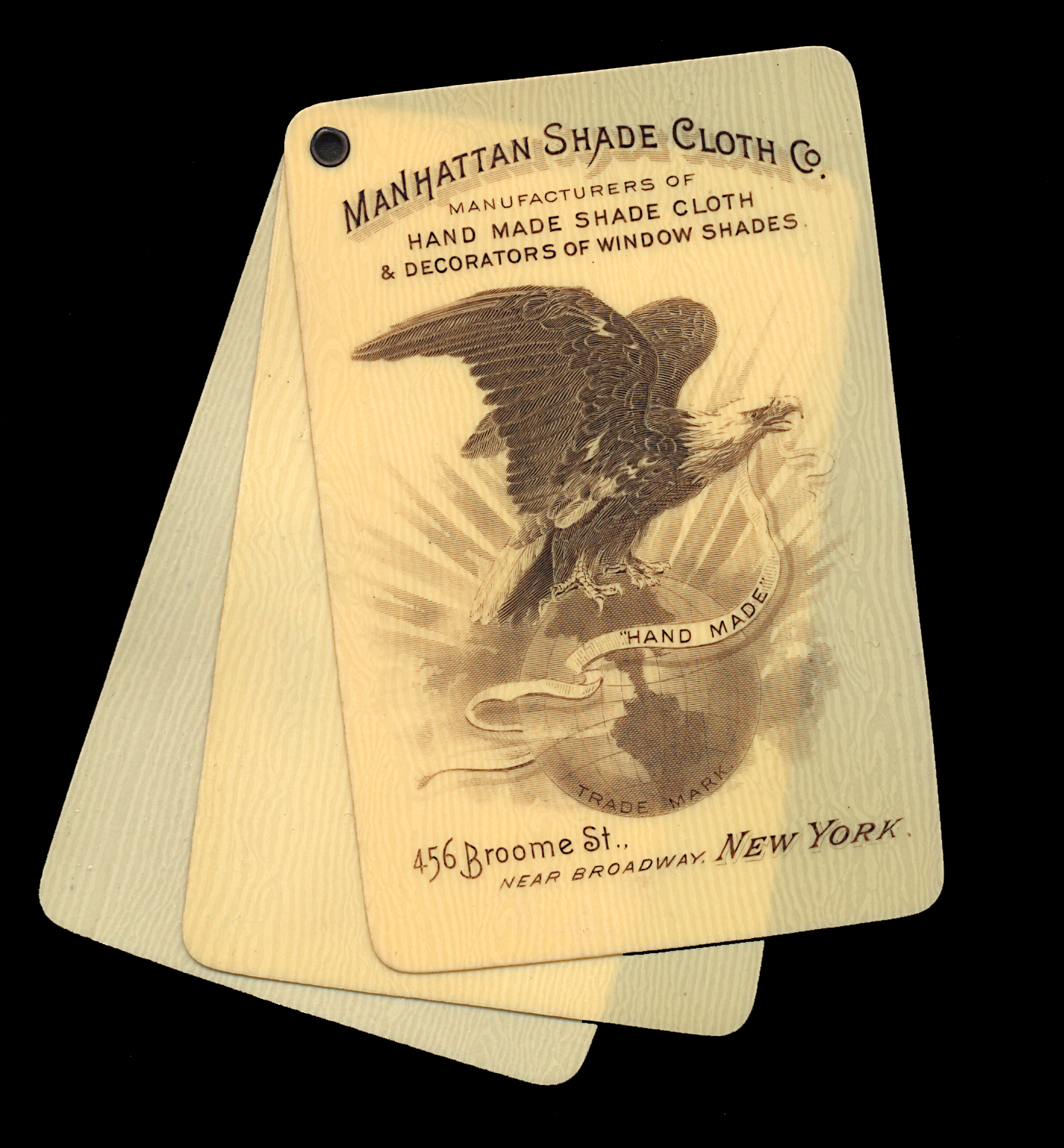
Celluloid
Celluloid, made from nitrocellulose and camphor, was the first thermoplastic. Originally called parkesine in 1856, then xylocine in 1869, it was registered as celluloid in 1870. Expensive and highly flammable, it was nonetheless used in a variety of products and for printed or steel engraved pieces of ephemera. Nowadays it is found mostly in ping pong balls and some guitar picks.
https://en.wikipedia.org/wiki/Celluloid
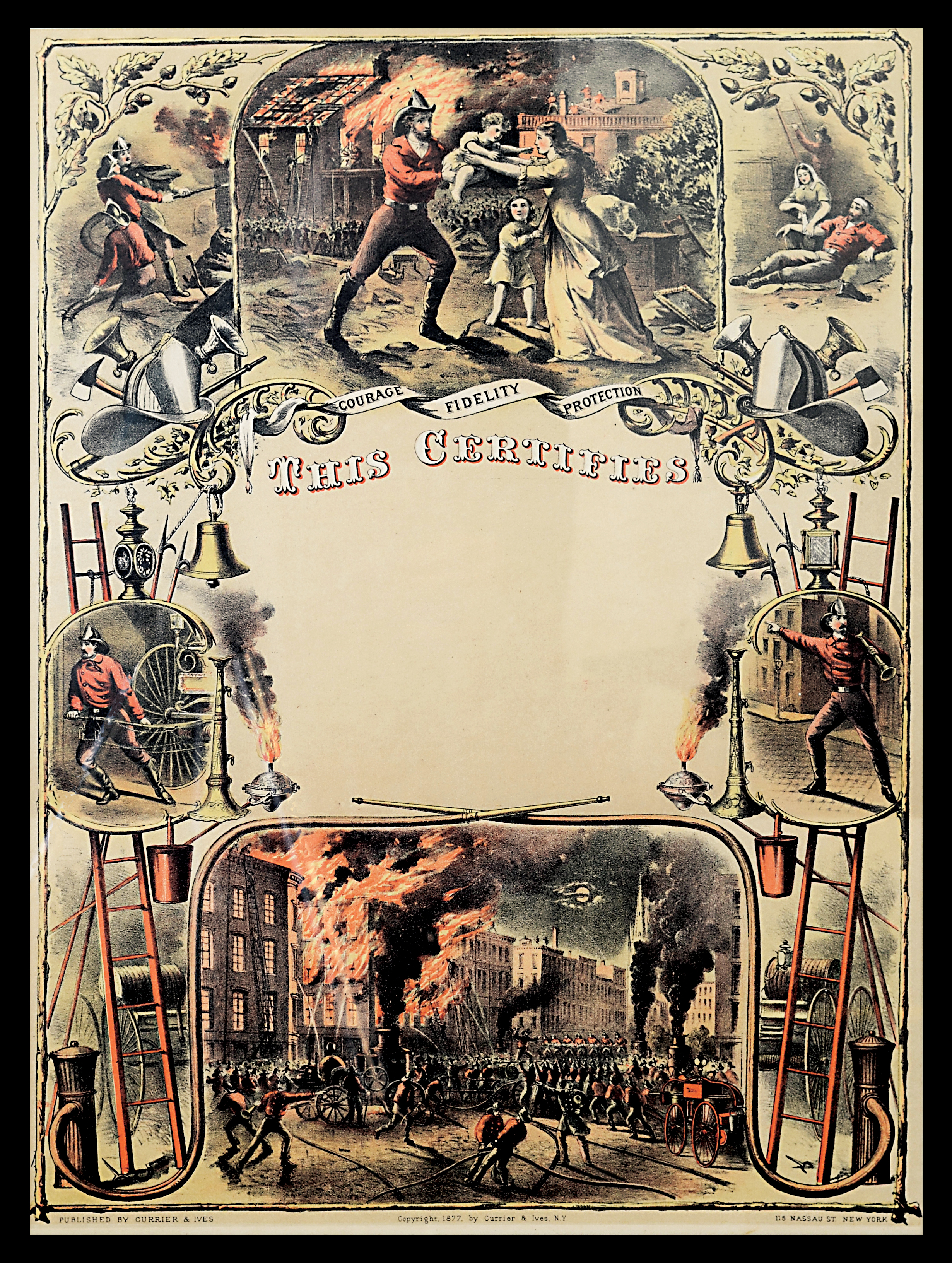
Certificates
Printed certificates can be simple or elaborate in design, serious and statesmanlike or comical, large or small. Various types are collected.
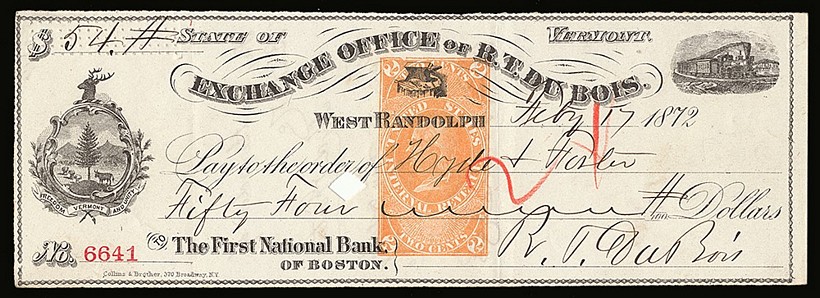
Checks
Checks are usually collected either for their elaborate graphics, attached revenue stamps, celebrity signatures or corporate significance. Some are steel engraved.
https://en.wikipedia.org/wiki/Cheque
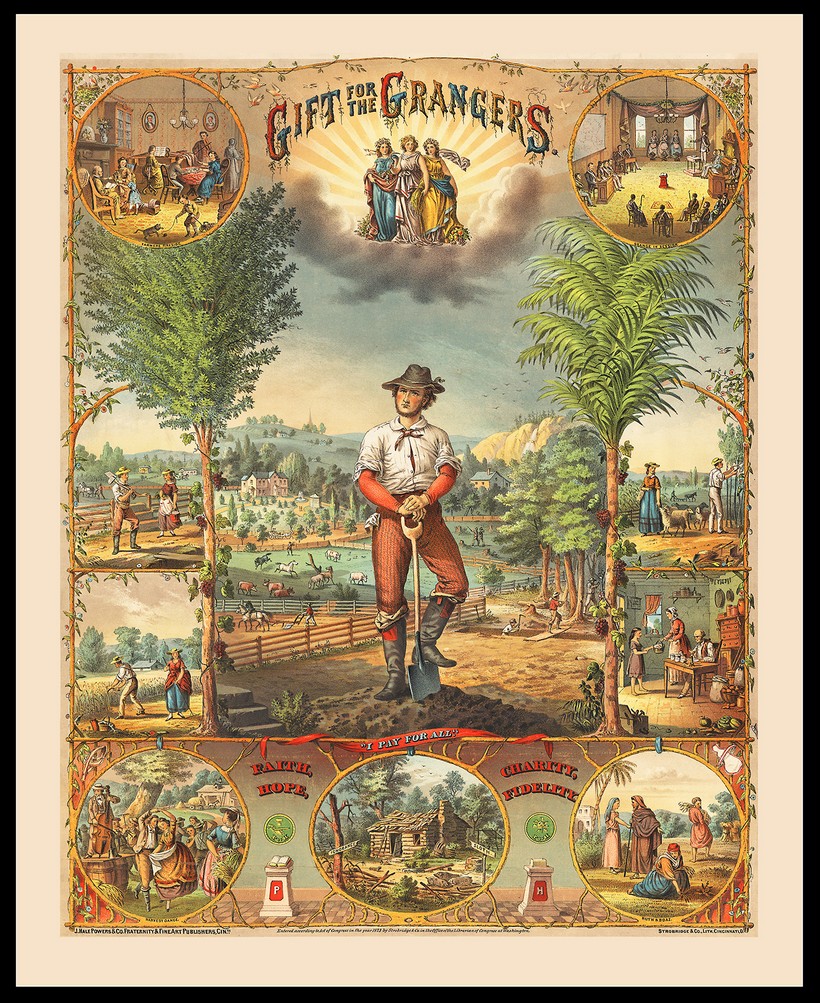
Chromolithographs
Black and white crayon lithography was invented by the German Alois Senefelder in 1796. It was and is a process that takes advantage of the fact that oil and water do not mix. Images were drawn in greasy, acidic crayon on an extremely smooth Bavarian limestone surface. When ink was applied to the finished design, it would be attracted only to the greasy areas, and prints on paper could be made. Chromolithography—lithography in colors—was patented in France in 1837 but seems to have been used earlier by others. The first use of chromolithography in the United States was in 1840 by William Sharp. Chromolithography is black and white crayon lithography used on a series of stones, one for each color to be printed. When each was inked with the appropriate color and sequentially applied to the paper, eventually a full color image was created.
https://en.wikipedia.org/wiki/Chromolithography
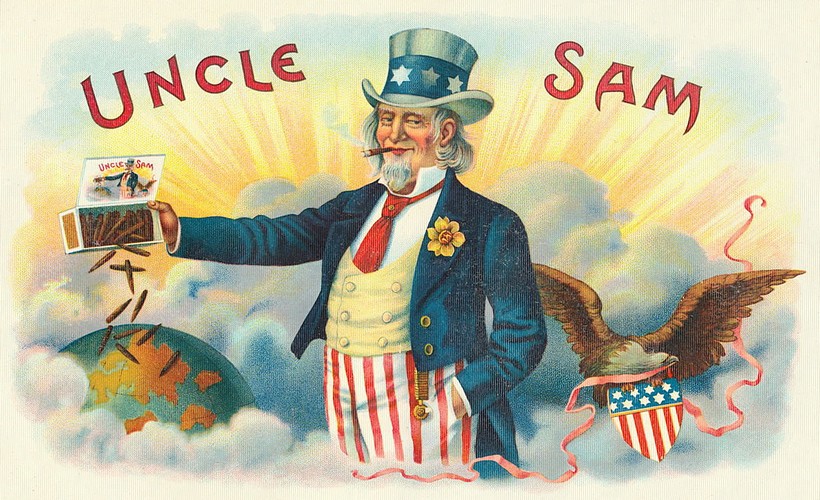
Cigar Boxes / Labels / Bands
Anything and everything cigar-related (and tobacco-related in general) is collected . . . the boxes with their labels inside and out, individual paper labels themselves, embossed chromolithographed cigar bands, trade cards, signs, novelty “cigars” containing American flag fans, and all sorts of smoking paraphernalia.
https://www.collectorsweekly.com/tobacciana/cigar-box-labels
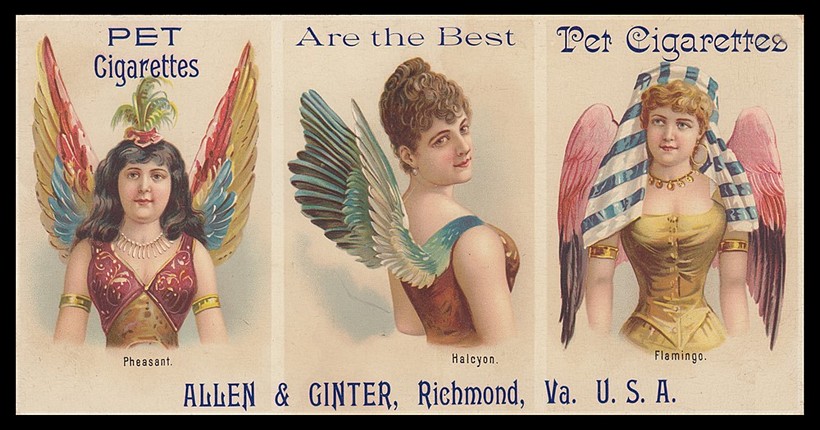
Cigarette Cards
Between the 1870s and 1940s, cigarette makers often included cardboard in packs of cigarettes to stiffen the package and protect the product. They soon realized that if the cards were printed with collectible images, in sets, sales would be boosted. Collecting the many sets became a major cultural phenomenon. Some rare baseball player cigarette cards have, of course, been bought and sold for millions of dollars.
https://en.wikipedia.org/wiki/Cigarette_card
https://digitalcollections.nypl.org/collections/cigarette-cards#/?tab=navigation
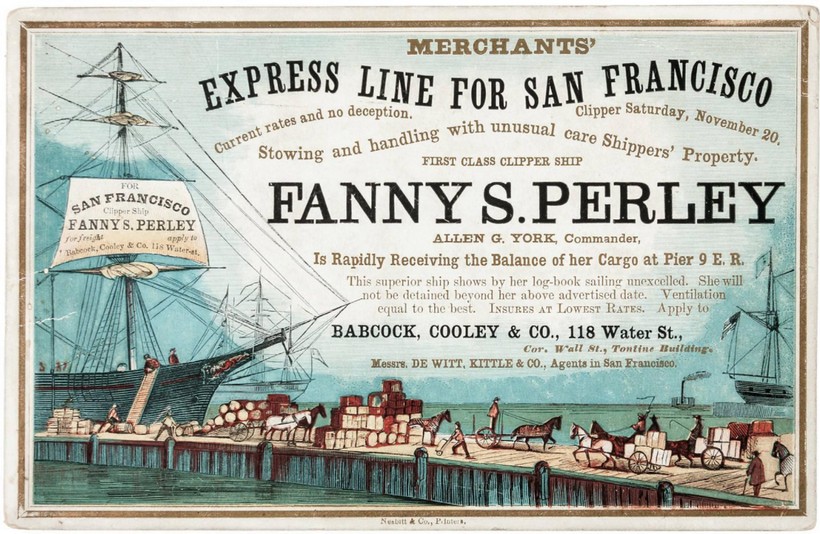
Clipper Ship Cards
From 1853 through the 1860s, shipping companies sailing between the East and West coasts distributed colorful printed cards to local exporters, commission merchants and potential passengers. The cards announced sailing dates, solicited merchandise and extolled the speed of the ships and excellence of the captains.
https://www.americanantiquarian.org/clippershipcards.htm
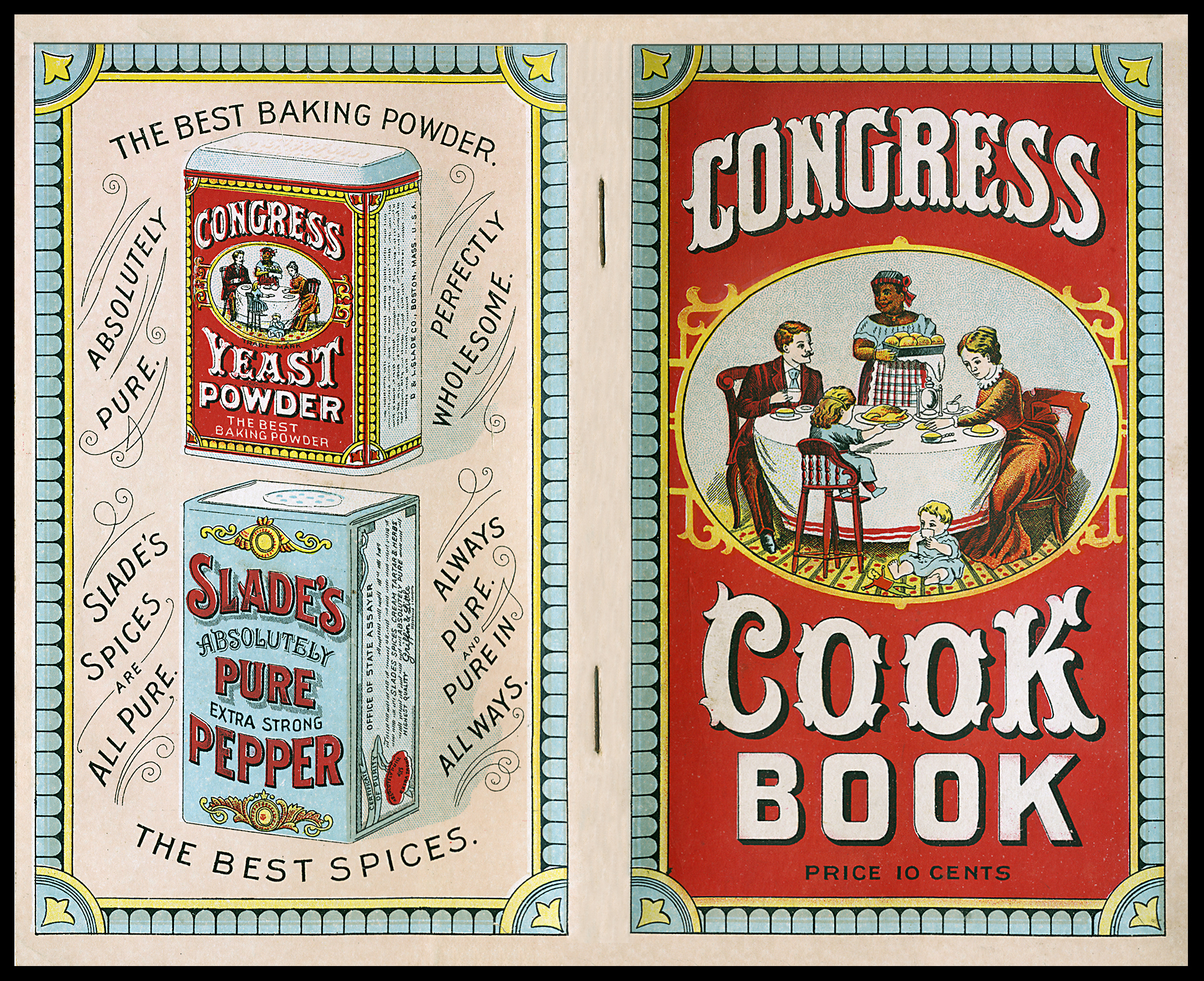
Cookbooks
Cookbooks are collected for recipes, for culinary history research and for their cover graphics. Much cultural and food sourcing history can be gleaned from their pages.
https://www.abebooks.com/books/cooking/collecting-cookbooks.shtml
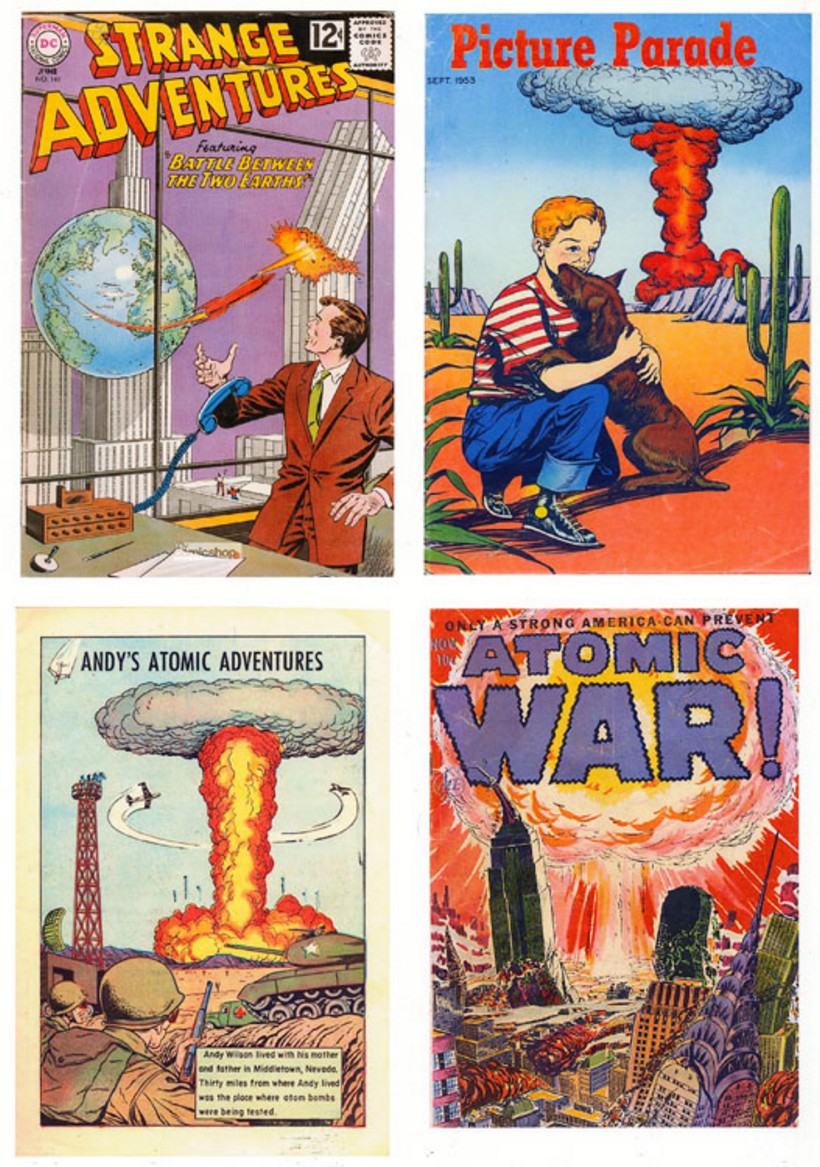
Comic Books
The field of comic books is wide-ranging, from kids’ entertainment to corporate (and governmental) propaganda to social messaging to explanatory discussions to 1960s hippy classics to modern movie superheroes tie-ins to today’s drawn graphic novels.
http://ranartblog.com/blogarticle05.html
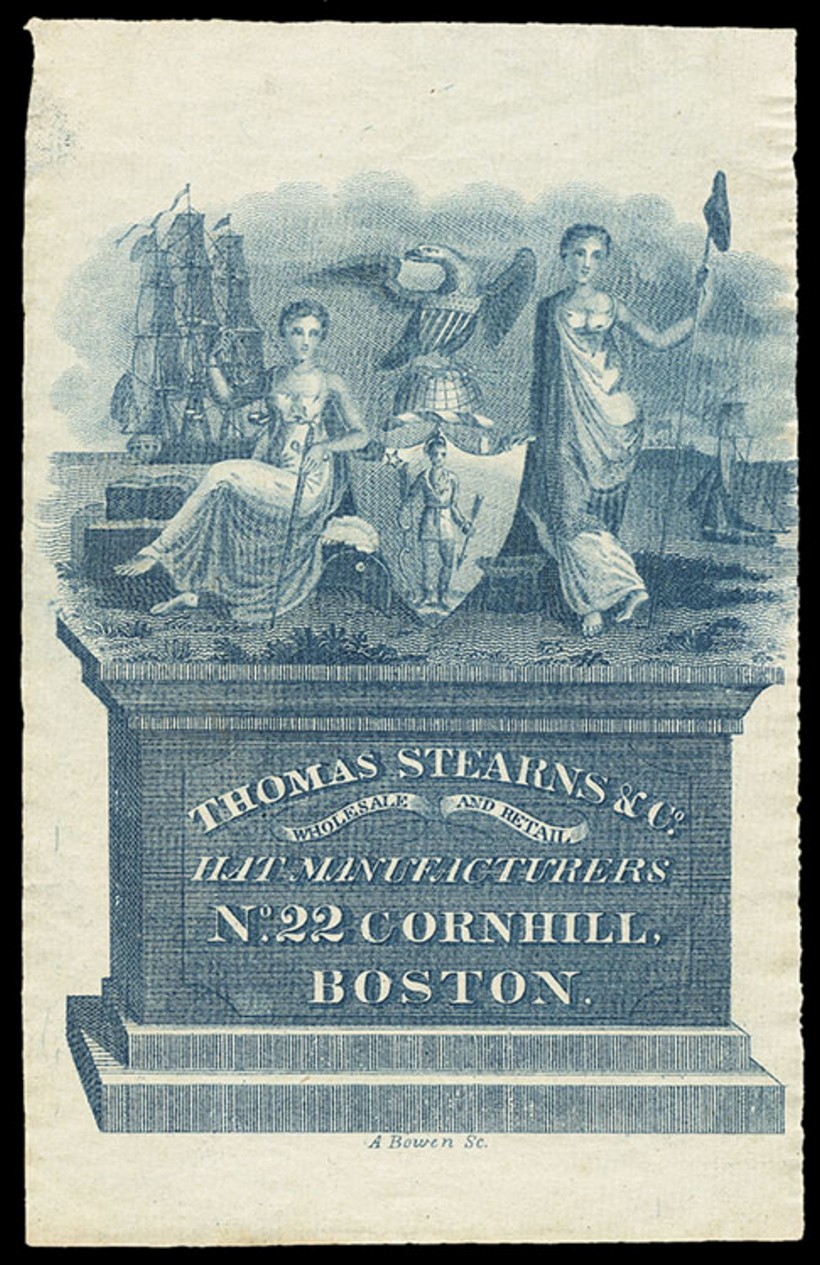
Copperplate Printing
In printing by the copperplate engraving method, wording and designs were engraved— in reverse—into copper plates. The grooves thus carved out were dabbed full of ink, the surface wiped clean, and paper (usually slightly dampened) pressed against the engraved plate under pressure, resulting in the ink in the recessed details being taken up by and transferred to the paper.
https://en.wikipedia.org/wiki/Intaglio_(printmaking)
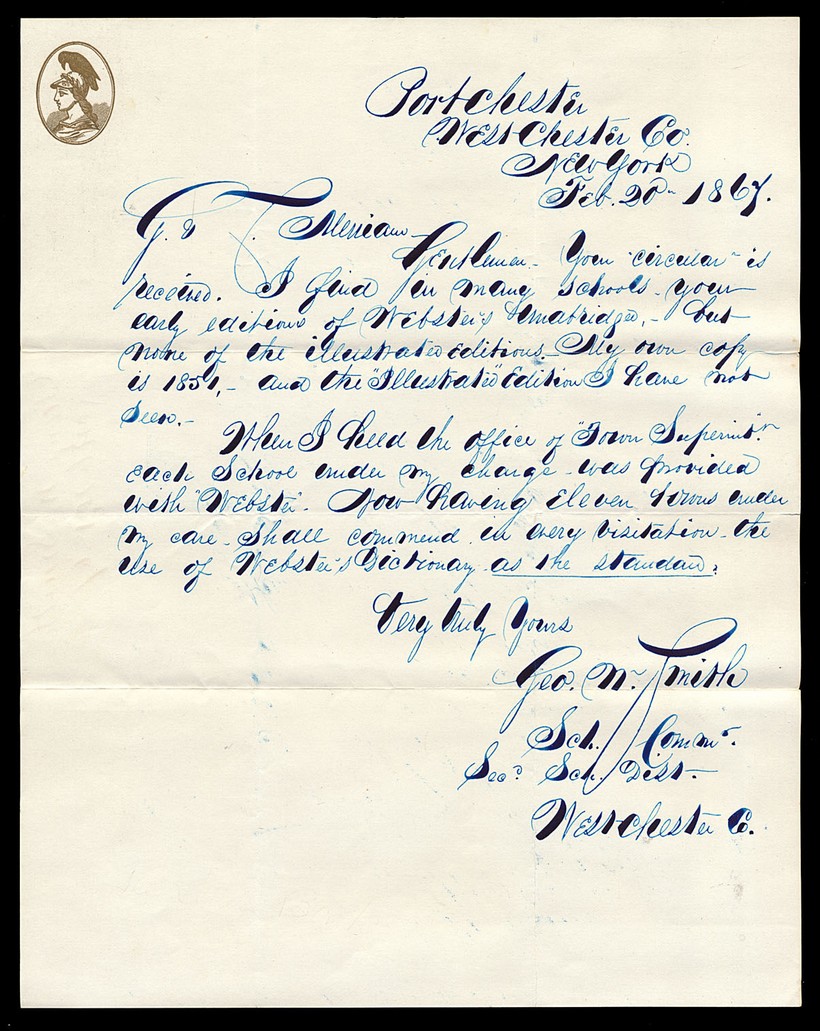
Correspondence
Written manuscript (and later typewritten) letters are a rich source of social, cultural and business information. The penmanship itself—perhaps elegant or highly idiosyncratic—is of considerable interest to some.
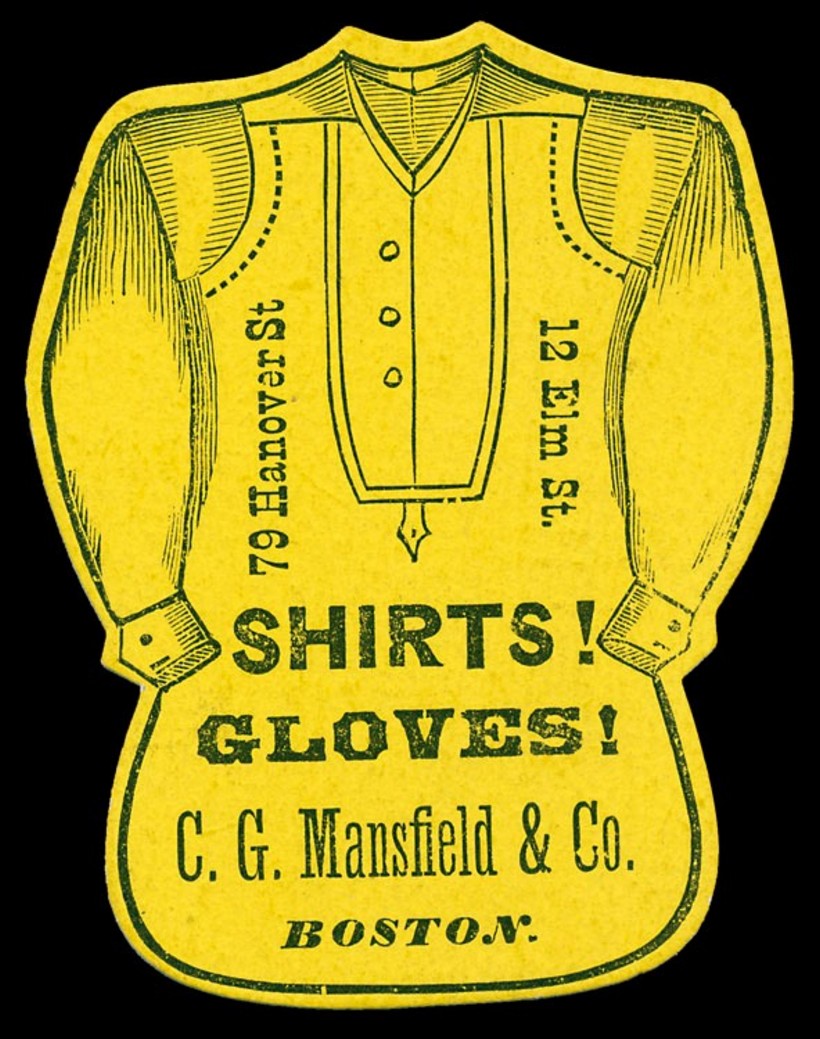
Diecuts
Diecut cards and other items were literally cut by a die . . . a sharp-edged metal device made in whatever shape desired (something other than square or rectangular) which would punch out the previously printed cardstock, resulting in a shaped card. Another sort of diecut ephemera was called “scraps” (see below), small (usually) and colorful images of all sorts of things, generally embossed. These were avidly collected by women and children, and often creatively combined into composite images in scrapbooks.

Easter
All holidays have collecting followers, and Easter is no exception.
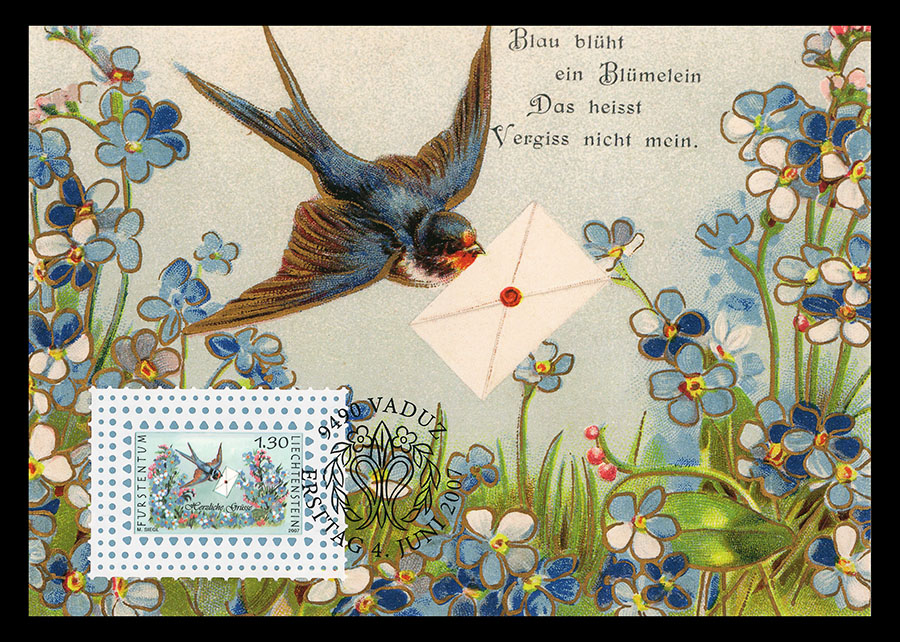
Ephemera on Postage Stamps
A considerable number of postage stamps, from the United States and from other countries around the world, feature or include vintage ephemera.
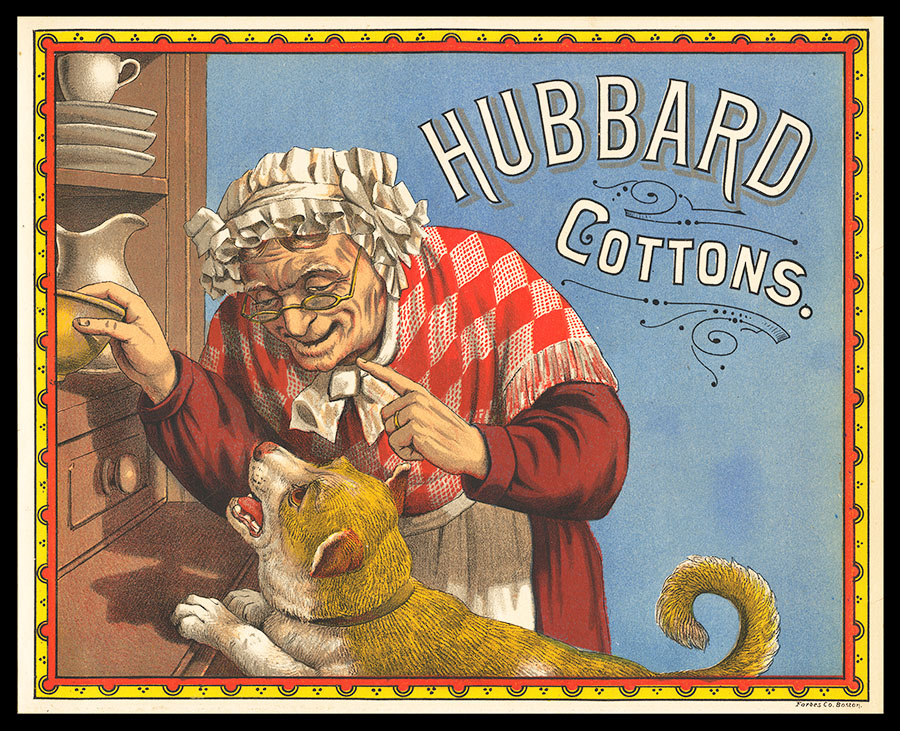
Fabric Labels
There are fabric labels to be found from the 1700s on, in a variety of styles and sizes. Some were originally attached to bolts of cloth, some to boxes, and some larger ones to crates (such as this example).

Fashion
Students, historians, aspiring fashion designers and collectors find in vintage paper and publications a wealth of visual information about the ever-evolving whims of fashion.
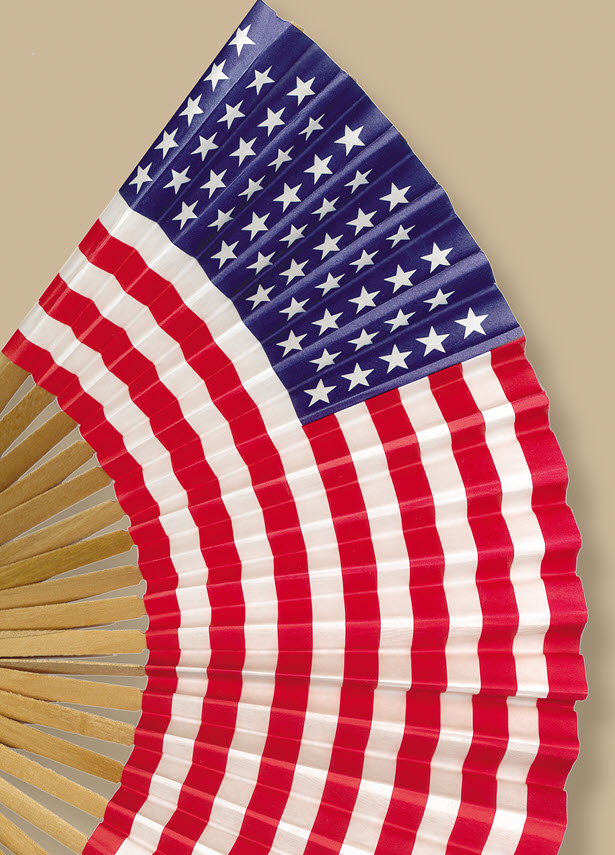
Fans
Handheld fans made of various materials are highly collectible. Printed advertising fans are either flat (often attached to a handle stick) or folding. The flat ones generally have a colorful image on the front side and a back that is either blank or has advertising copy. Folding fans can be purely patriotic, decorative, or feature advertising.
https://www.collectorsweekly.com/accessories/hand-fans
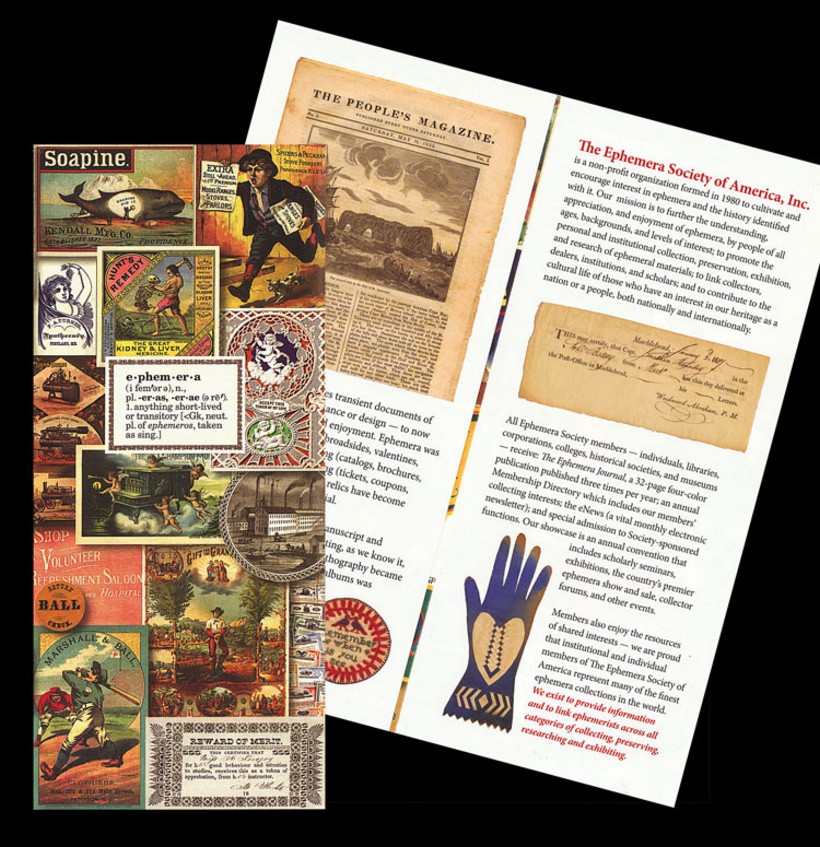
Folders & Fliers
What is the difference between a folder and a flier? Or leaflet or brochure, for that matter? Hard to say, perhaps purely a matter of semantics. Though some brochures are somewhat different in that they have multiple pages and may be stapled, all of these are items printed on paper, generally with one or several folds. The covers are often graphic and reflective of their particular era, and many are collected for that reason. Others are valued for topical reasons, others for the wealth of information or explanation they contain.
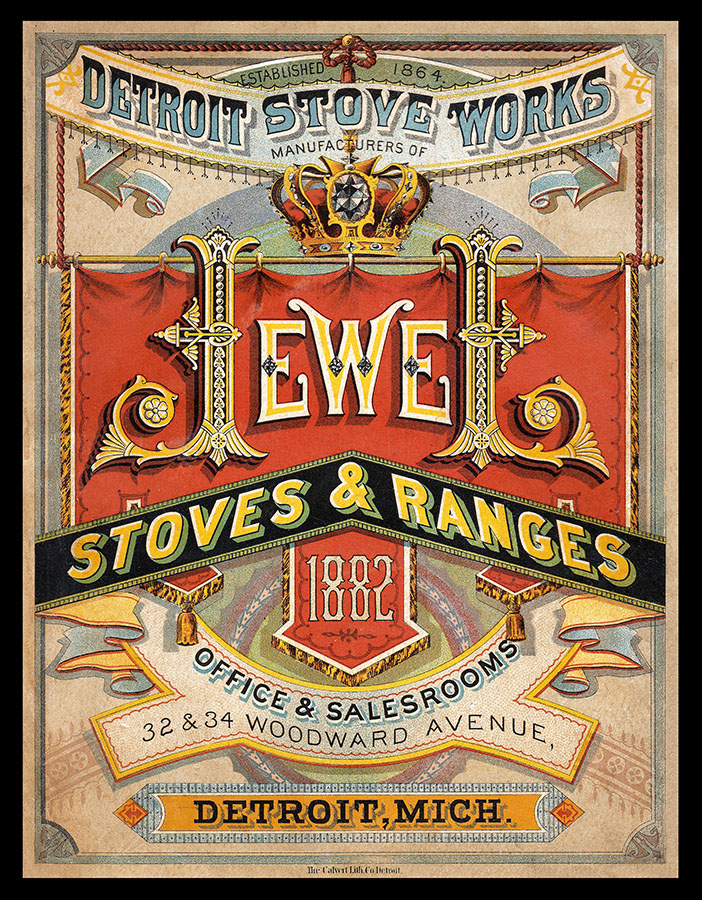
Gaslight Style
One pronounced aspect of Victorian design was a great interest in creating the illusion of depth. Type, vignettes, products and design elements are made to seem multi-layered through the use of shadows, superimposition, dimensional banners and ribbons, turned-up faux page corners and choice of colors.
https://www.sheaff-ephemera.com/list/gaslight_style.html
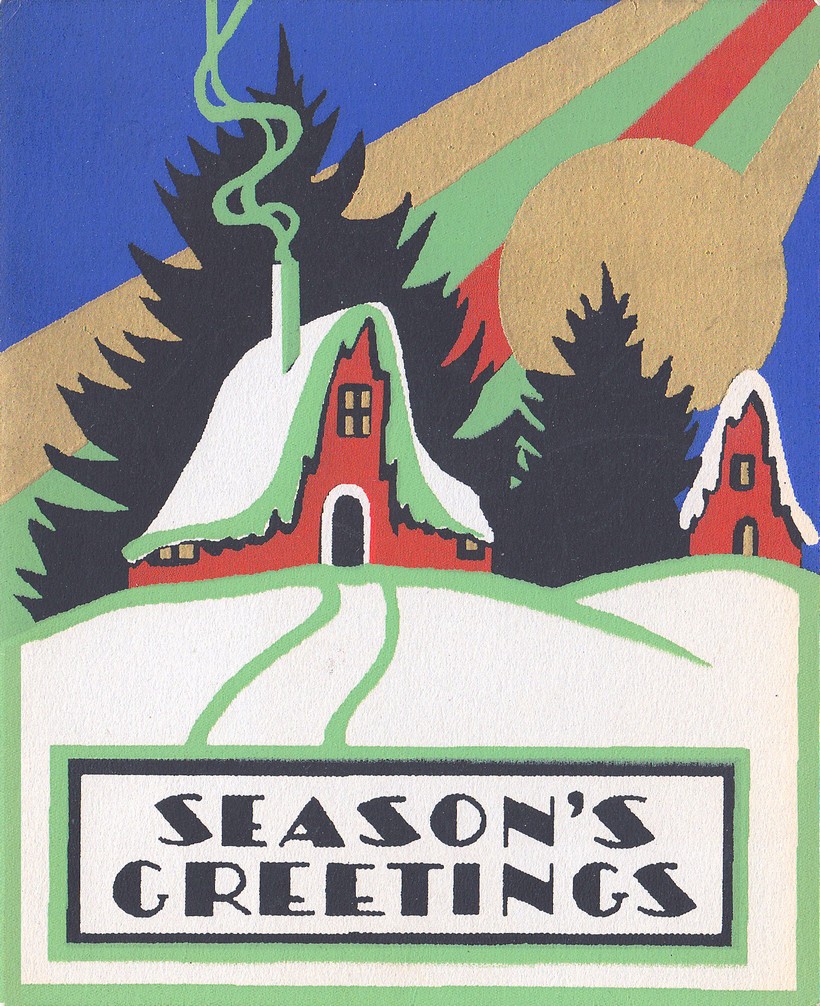
Greeting Cards
Greeting cards have been around since the 1400s. There are many collecting sub-categories. Some specialize in messaged cards for one particular event (Christmas, Easter, Palm Sunday, Valentines Day, Halloween, a graduation, etc.) or category (birthday, ocean voyage, get well, wartime, condolences, friendship). Some are collected by maker (A.M. Davis, Buzza, Norcross, Hallmark), some by type (flat, folded, pop-up, religious, comical), some by style (deco, Victorian, photographic, block printed, silkscreened, “pochoir” stenciled, 1950s era, 1960s psychedelic), some by time period, some as part of a topical collection, some simply because they are so corny, some because their text is truly touching.
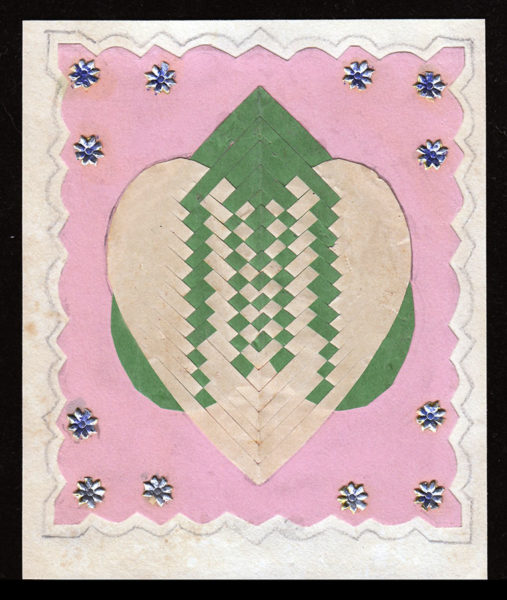
Handmade Items
Homemade cards, posters, dolls, embroideries, valentines, invitations have a special charm.
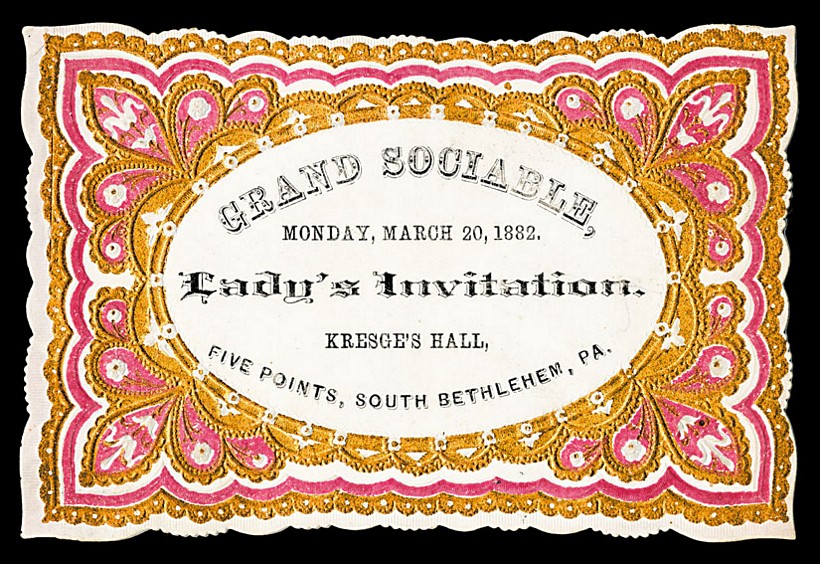
Invitations
Invitations vary widely. Early ball invitations may detail the musicians performing as well as the time and place and dress code. Some invitations are engraved and formal. Political inaugurations and other events are popular. Invites can be homemade, or ornate and elaborately printed. Some ask the recipient to a debutante party, others to a wild game supper or potluck country church dinner.
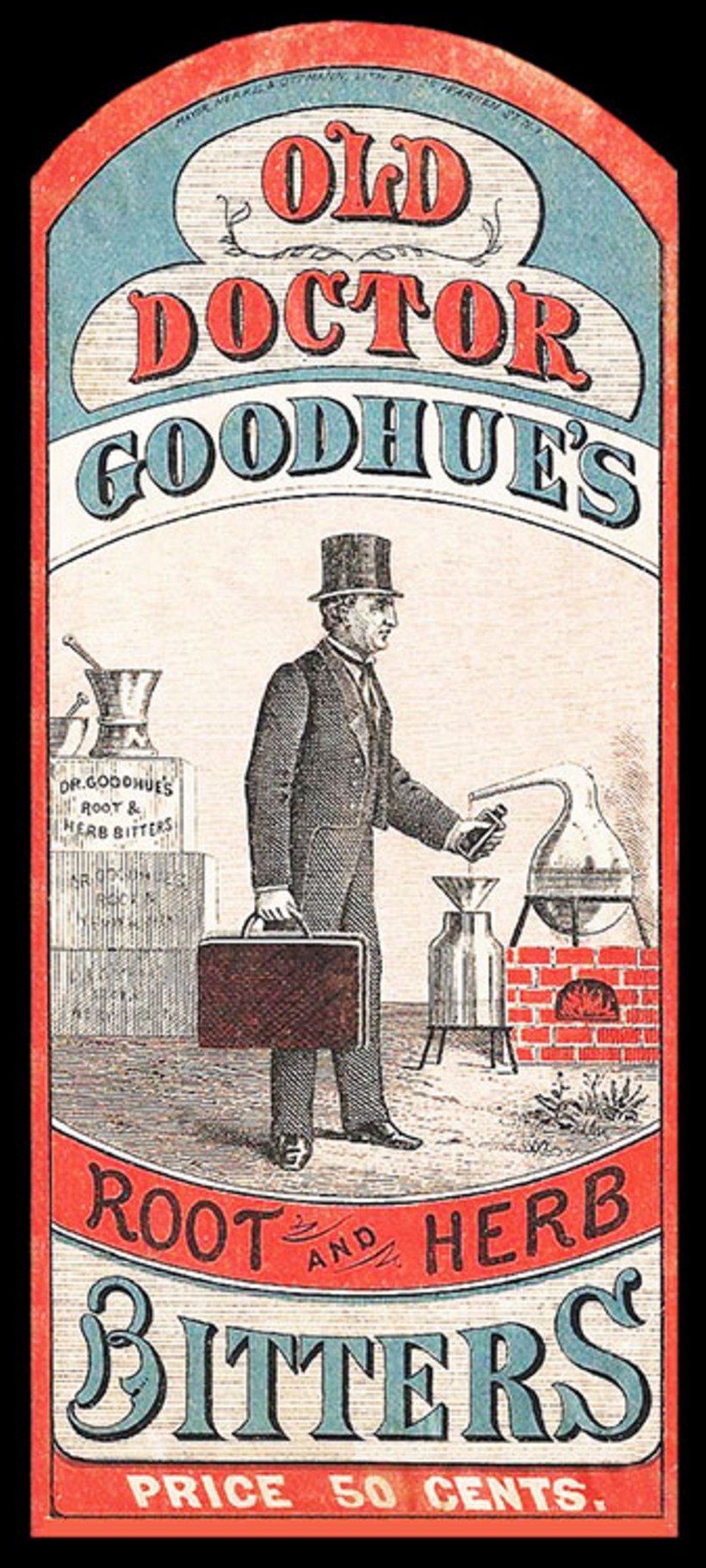
Labels
There are endless numbers of interesting labels from all historical periods. Labels for medicines, cans, fruit cartons, wine bottles, cigar boxes, corned beef, vegetables, soft drinks, milk, powdered remedies, healing salves, perfumes, hat boxes, etc., etc., etc. . . . all are fair game.
https://www.pinterest.com/urbanrebeldesign/old-labels/
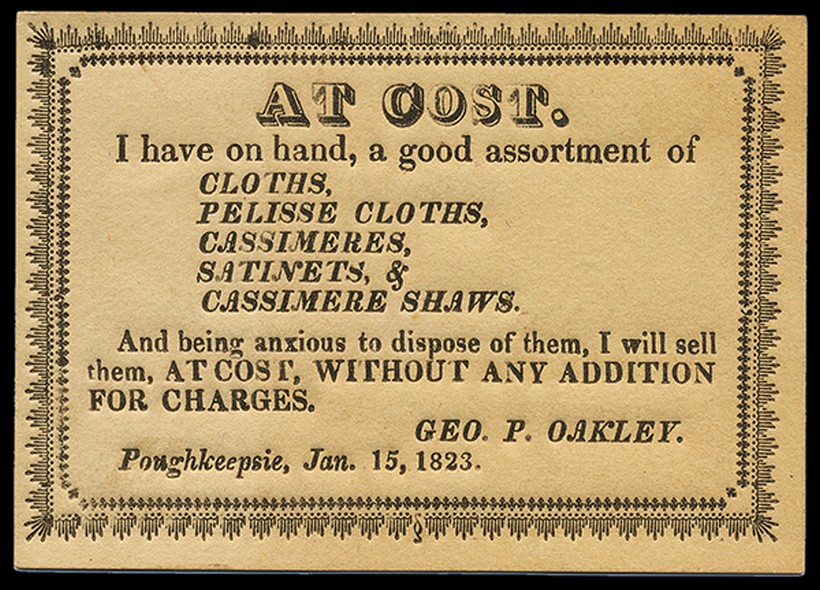
Letterpress Printing
From Gutenberg’s invention of movable type in 1439 through the early- to mid-1800s, most printing was letterpress printing. Each individual “type high” letter of metal type or border element (“type high” being slightly under an inch—.9186”) was locked up in a form, with all the assembled elements tightly wedged horizontally and vertically to hold them in position. The top “type high” surface was inked, and pressed onto paper to make a printed impression.
Video, by Print Magazine
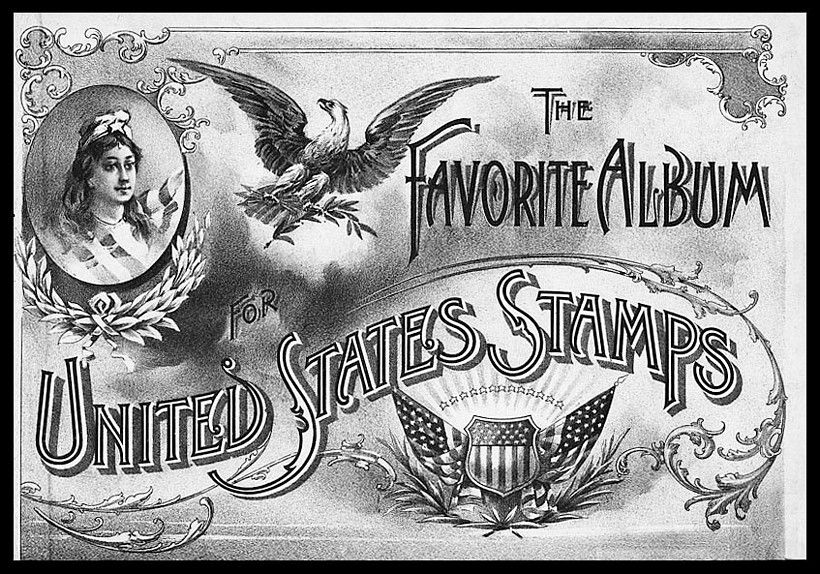
Lithographs
Black and white crayon lithography was invented by the German Alois Senefelder in 1796. It was and is a process that takes advantage of the fact that oil and water do not mix. Images were drawn in greasy, acidic crayon on an extremely smooth Bavarian limestone surface. When ink was applied to the finished design, it would be attracted only to the greasy areas, and prints on paper could be made. Throughout the 19th century, although heavy stones continued to be used, newer technologies were developed to enable lithographic printing on metal plates, and on faster cylinder printing presses.
https://en.wikipedia.org/wiki/Lithography
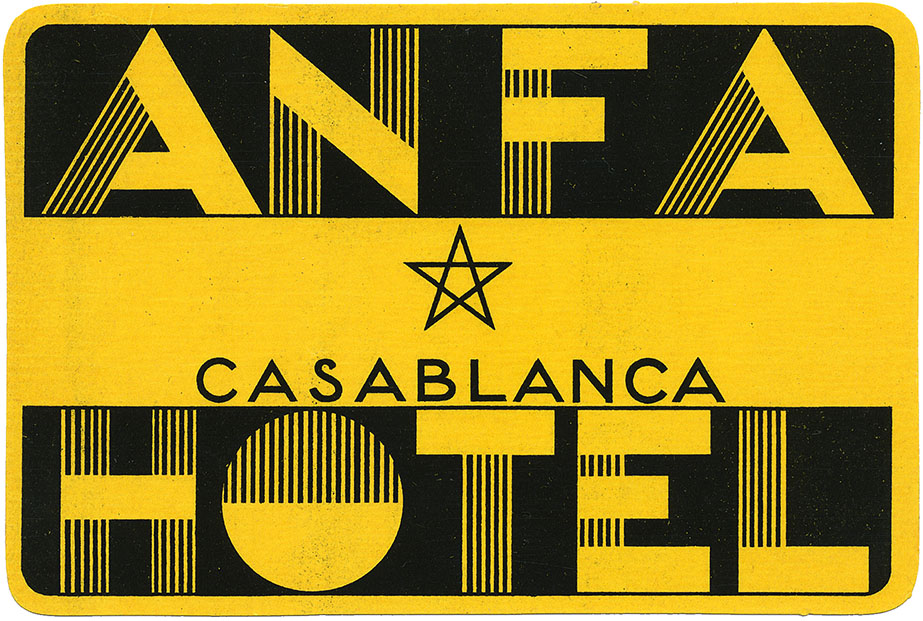
Luggage Decals / Labels
Such advertising labels—like the ubiquitous we-visited-there travel destination labels—were most often applied to trunks and luggage, or to vehicles. Or were collected in vintage albums or modern collections.
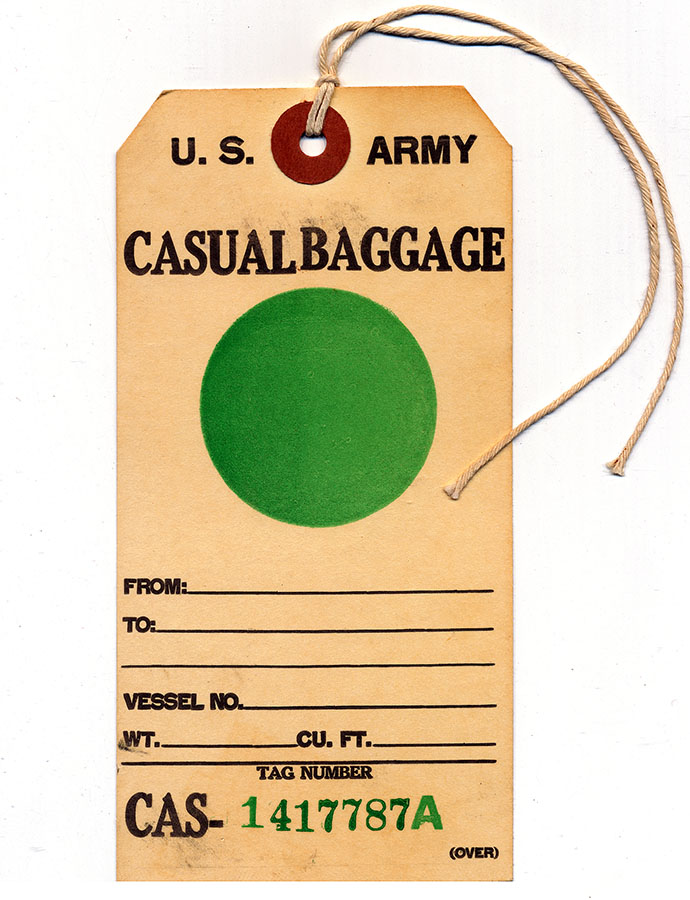
Luggage Tags
Luggage tags were created for functional, practical purposes, and not expected to be saved following the trip . . the very definition of ephemeral usage. They can be found in a surprisingly wide range of types and styles, intended for a variety of specific purposes.
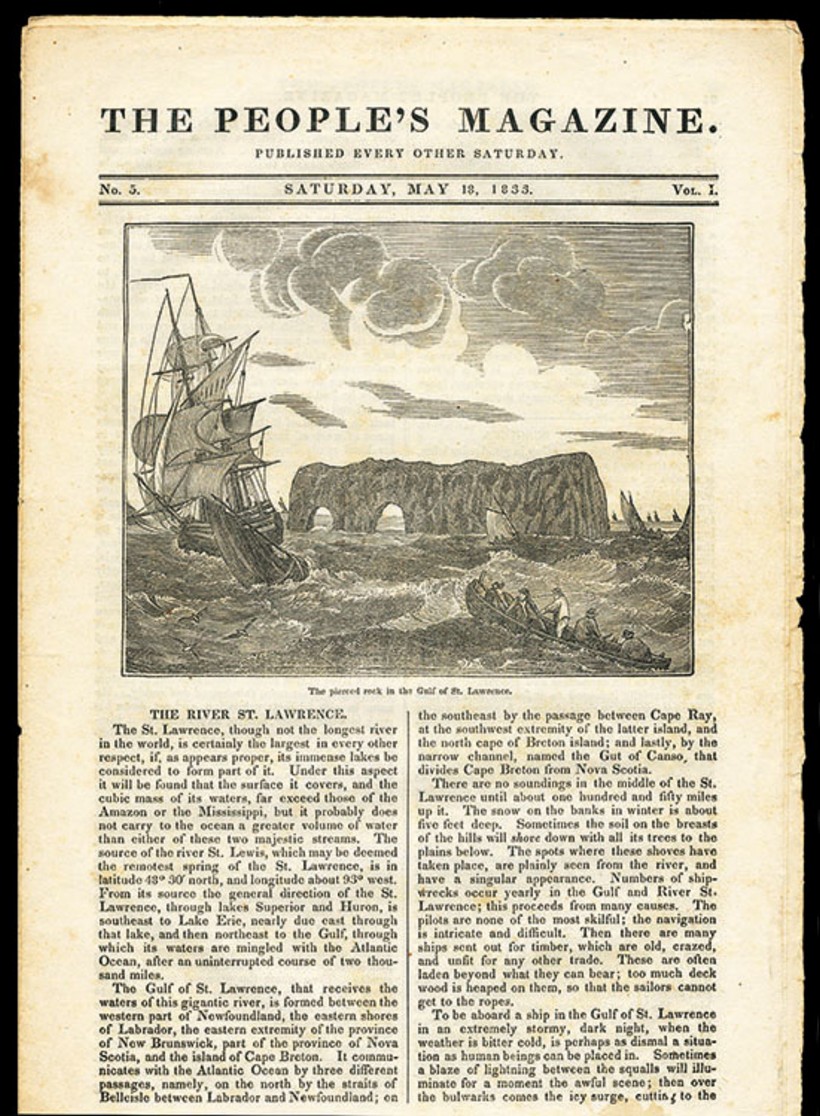
Magazines
A magazine is a periodical publication. The earliest is credited to Germany in 1663, the first to name itself a magazine was The Gentleman’s Magazine, London 1731.
https://en.wikipedia.org/wiki/Magazine
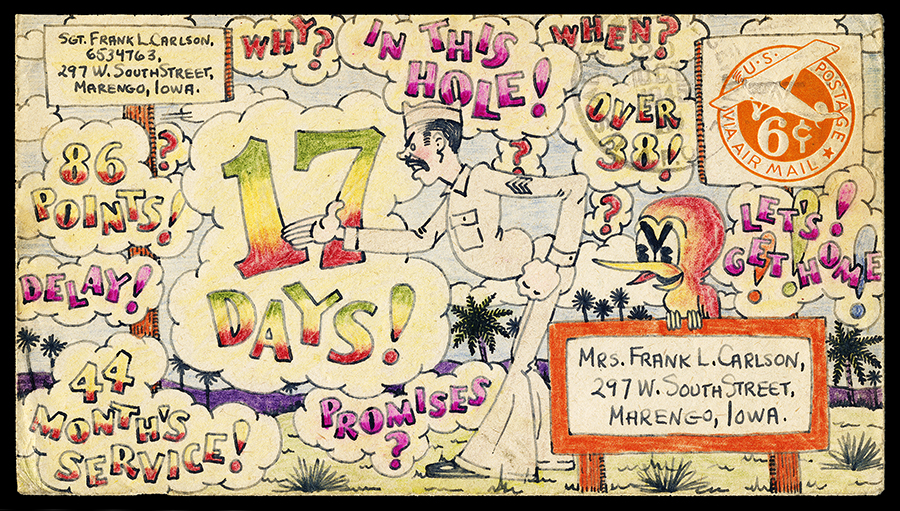
Mail Art
Mail art—artists creating and mailing hand-created envelopes— is a concept quite modern, but also timeless. Soldiers in the field have sent home hand drawn envelopes (“covers”, to collectors of postal history) for centuries. The WWII example above was one of many created by Frank Carlson, a commercial artist before and after his time in the service.
https://en.wikipedia.org/wiki/Mail_art
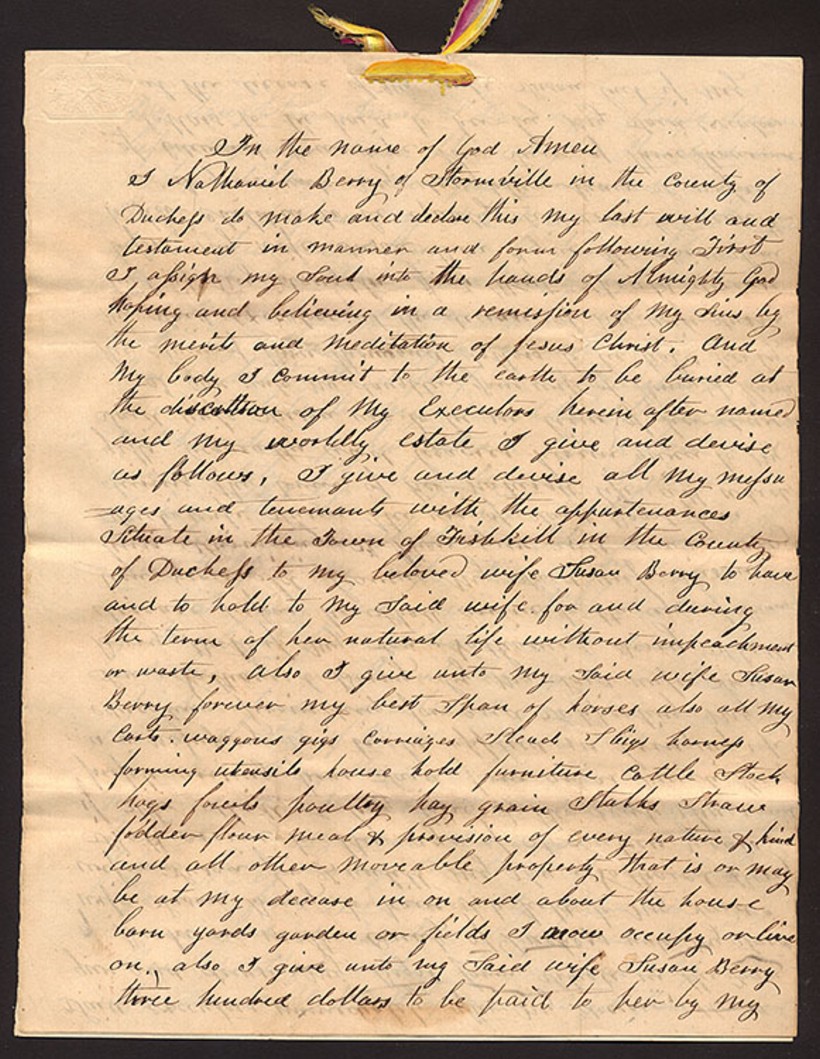
Manuscripts
Manuscript is anything written by hand. Researchers and topical collectors plumb the depths of written documents to glean hidden pearls. Much handwriting can be difficult to decipher, so patience is a useful quality in working with handwritten materials.
https://manuscript.org/news-blog/
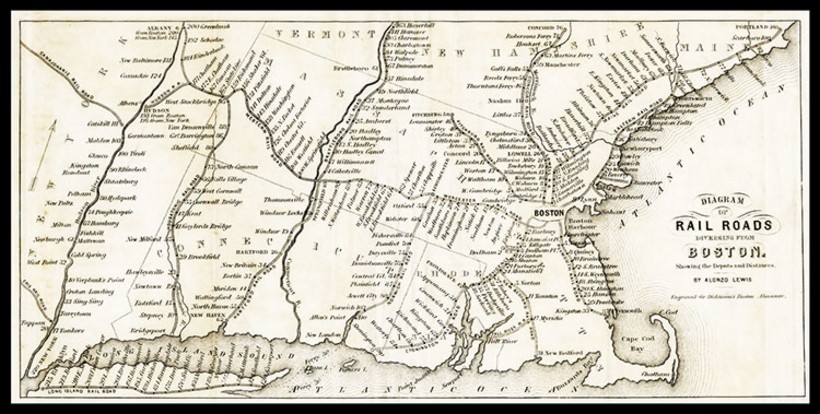
Maps
Representing the three-dimensional world with a two-dimensional abstraction is a challenge that has been met in hundreds of different ways over the centuries.
https://legacy.lib.utexas.edu/maps/map_sites/hist_sites.html
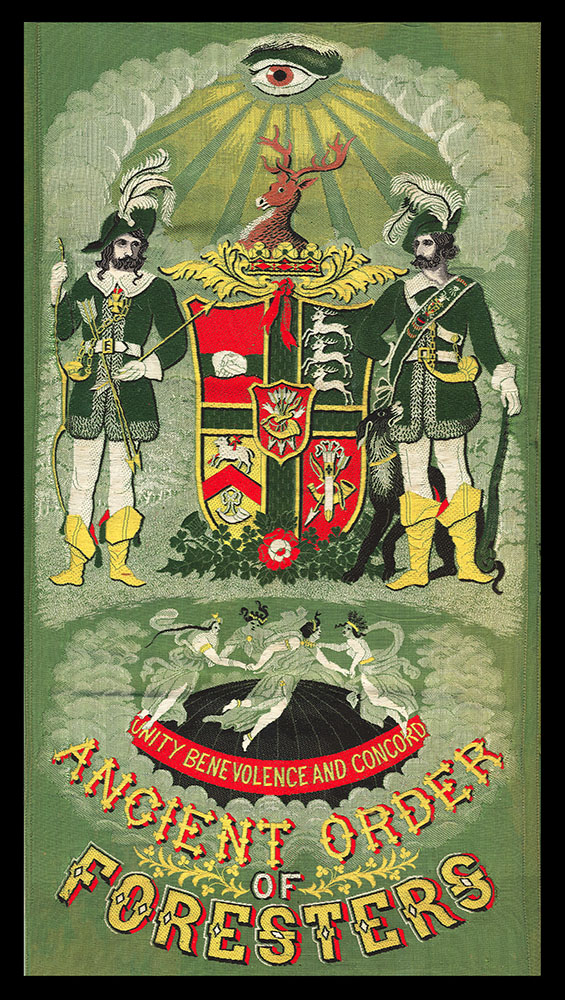
Masonic, Fraternal
The world of masonic and fraternal organizations is visually, culturally and historically rich.
Home
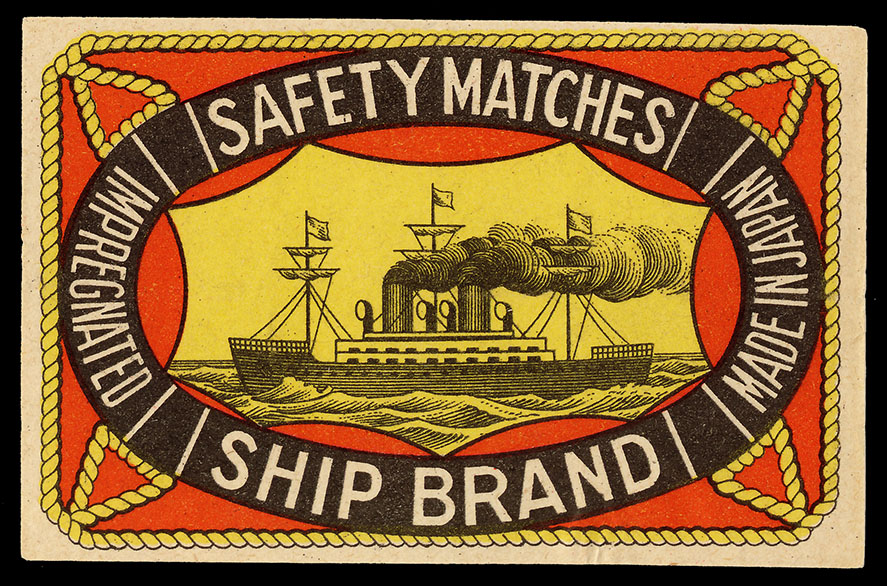
Matchbox Labels
The paper labels, made in countries all around the world, were essentially small posters. Outstanding designs can be found. Smaller labels were created for individual wooden matchboxes, with larger versions for cartons holding many of the smaller individual boxes.
https://www.collectorsweekly.com/tobacciana/matchbox-labels
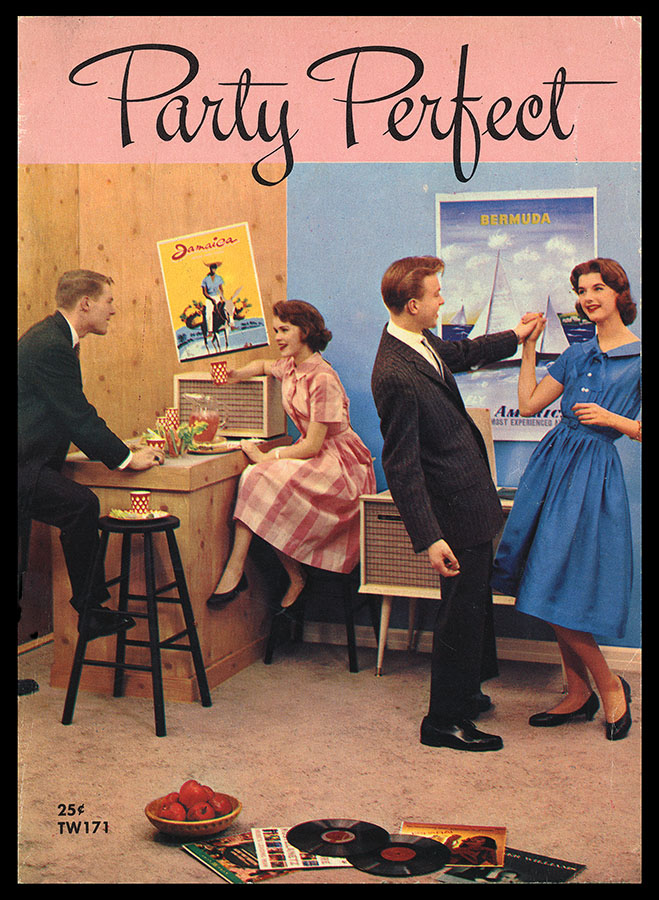
Mid-Century
The era of the middle of the 20th century—especially the 1950s—has become a hot collecting area nowadays, from architecture to furniture design to home furnishings to automobiles to paper ephemera. Nostalgia seems to drive much of this interest, while on the other hand those too young to actually remember seem to now think of that time period as “antique”.
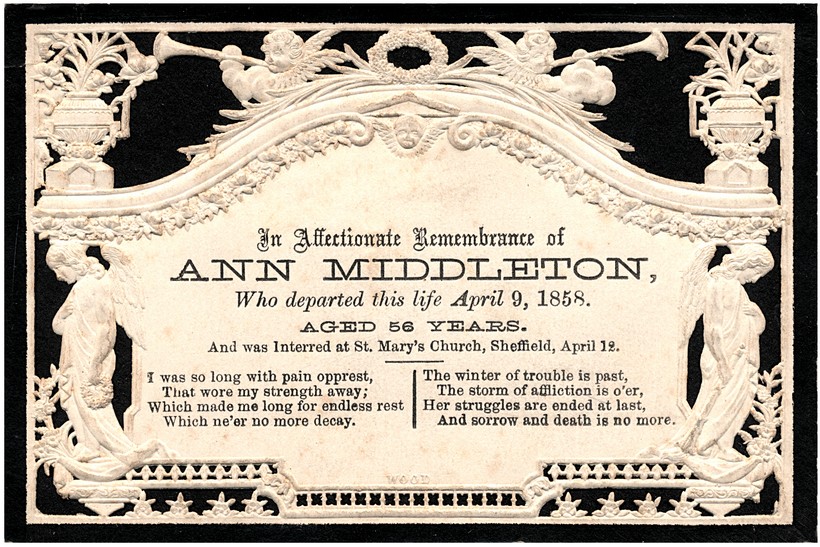
Memorial Cards
Marking and memorializing the passing of a loved one has been a primal urge since the dawn of mankind. One way a death was recognized during the Victorian Era—and still is in many European cultures—is by printing and circulating printed cards. Those of the 19th century were sometimes embossed and diecut.
https://the-lothians.blogspot.com/2012/01/in-memoriam-victorian-and-early-20th.html
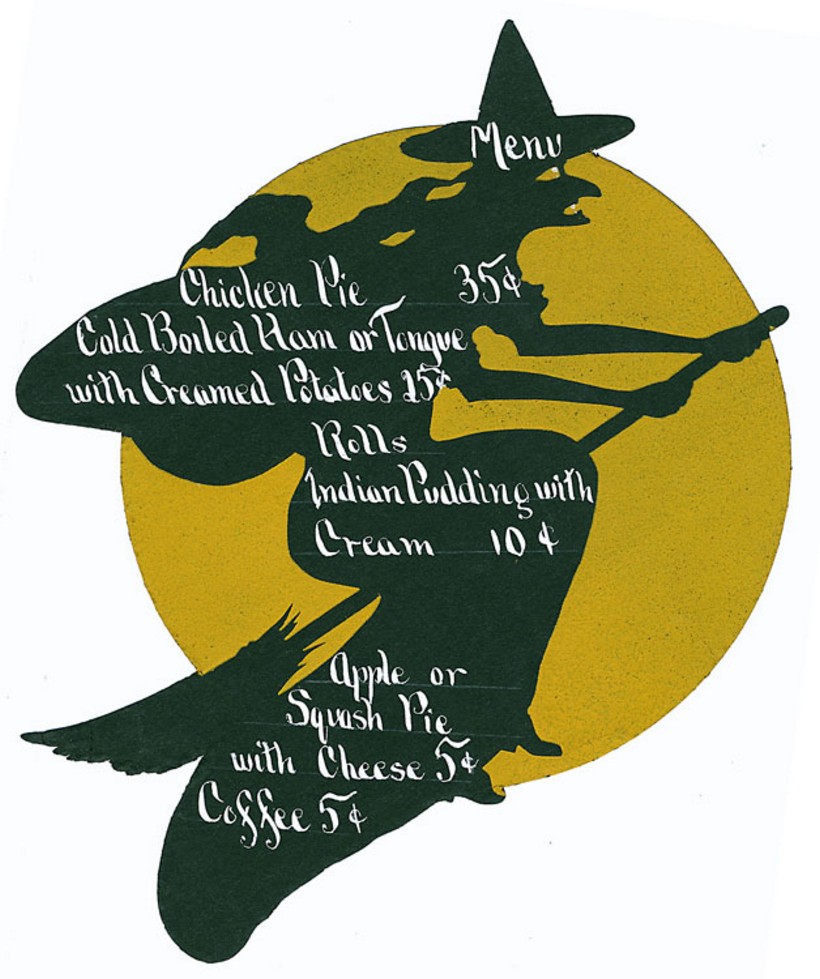
Menus
A menu is a designed object as well as a passing record of food offerings at some time and place, perhaps for a particular event.
http://www.theamericanmenu.com/
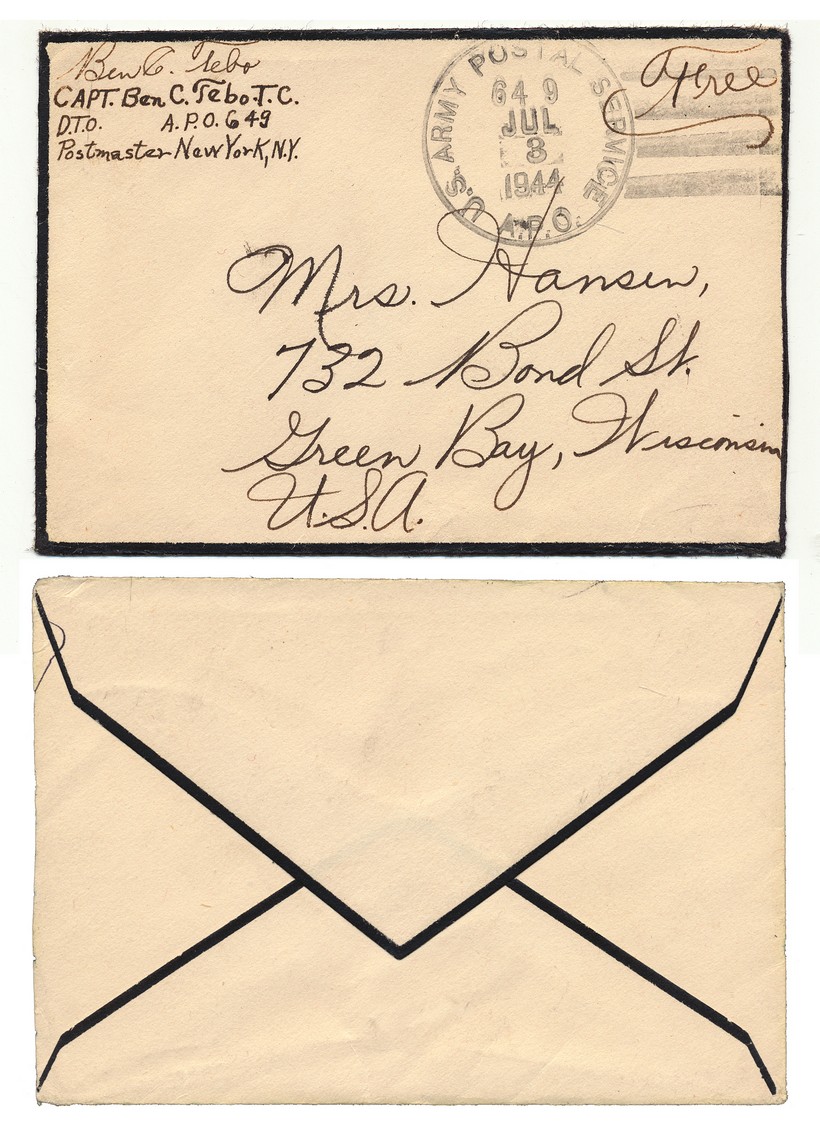
Mourning Covers
During the 19th and early 20th centuries, there was a widespread social convention of using black-edged stationery and envelopes (“covers”) for a considerable period of time following a death. Immediately after the death, the black borders were wide, and became thinner and thinner in a progression over time until, eventually, disappearing completely.
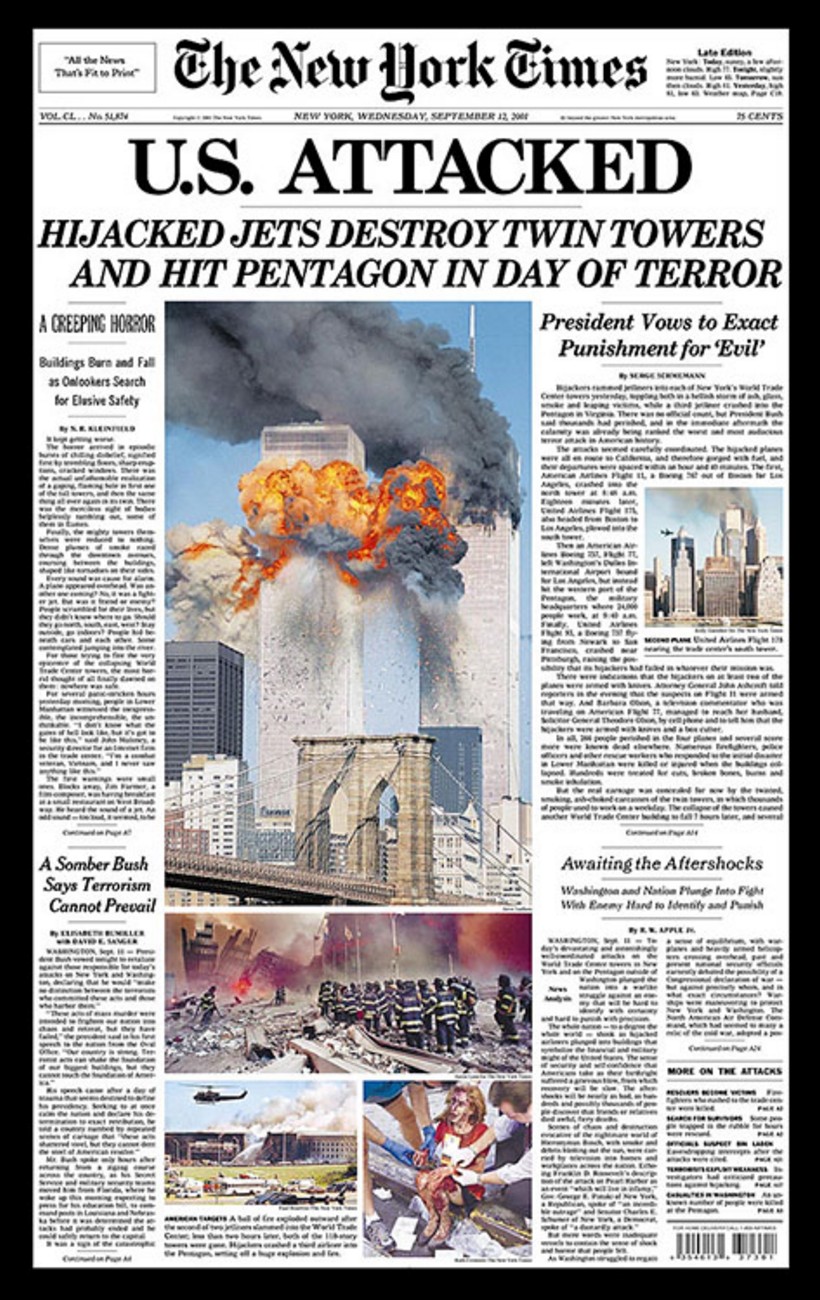
Newspapers
After books, newspapers for a long time were the main printed item seen by most people. They evolved from folded sheets containing nothing but words set in type through many stages to the often graphic, illustrated periodicals of the modern day. Severely challenged by our 21st century digital world, printed newspapers now struggle to survive as profitable businesses.
https://chroniclingamerica.loc.gov/newspapers/
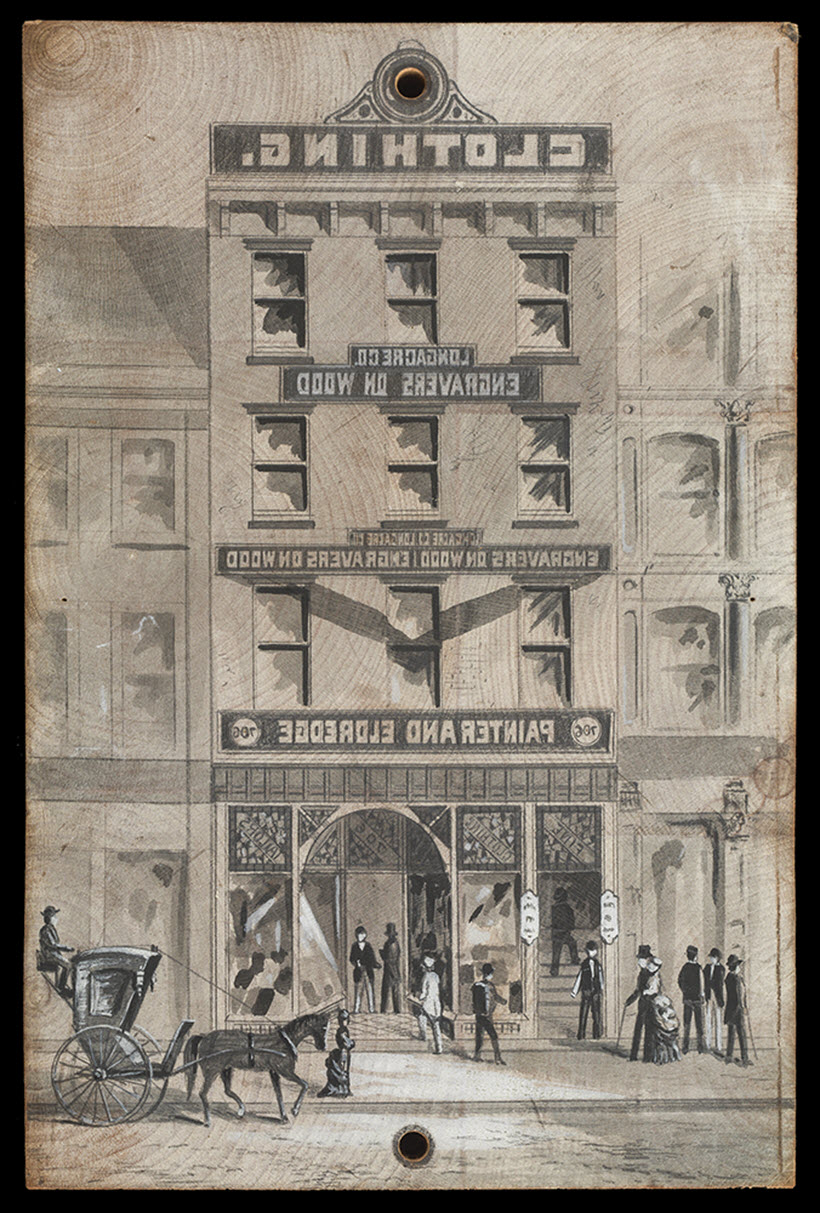
Original Art
In the world of ephemera, the sort of handmade, one-of-a-kind artwork which may be of greatest interest is that which was created as a guide for commercial reproduction, be it by engraving or lithography. As did all printing engravers, wood engravers executed their lettering and imagery backwards, so that the printed result would be right-reading. Collectors of mailed envelopes (“covers”) also prize examples with hand-drawn illustration on the front. The example above shows original art drawn directly on the woodblock to guide the engraver. (courtesy of the National Museum of American History.)
https://www.societyillustrators.org/exhibits/original-art-2019-exhibit

Oysters
Those who are in the hunt for oyster-related material are a particularly enthusiastic crowd, for some reason. Perhaps they love eating oysters.
https://en.wikipedia.org/wiki/Oyster
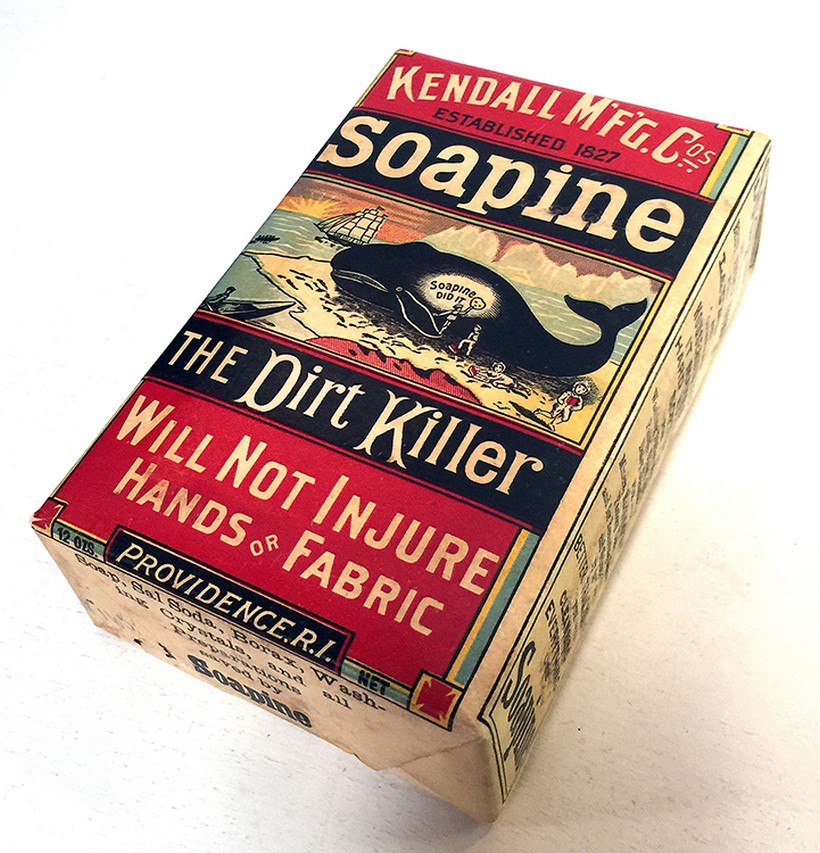
Packaging
There are those who admire packaging—particularly elegant Asian methods and clever modern constructions—as intelligent, functional solutions to a problem. And then there are those who treasure much vintage packaging for its strong and colorful graphics.
https://www.museumofbrands.com/
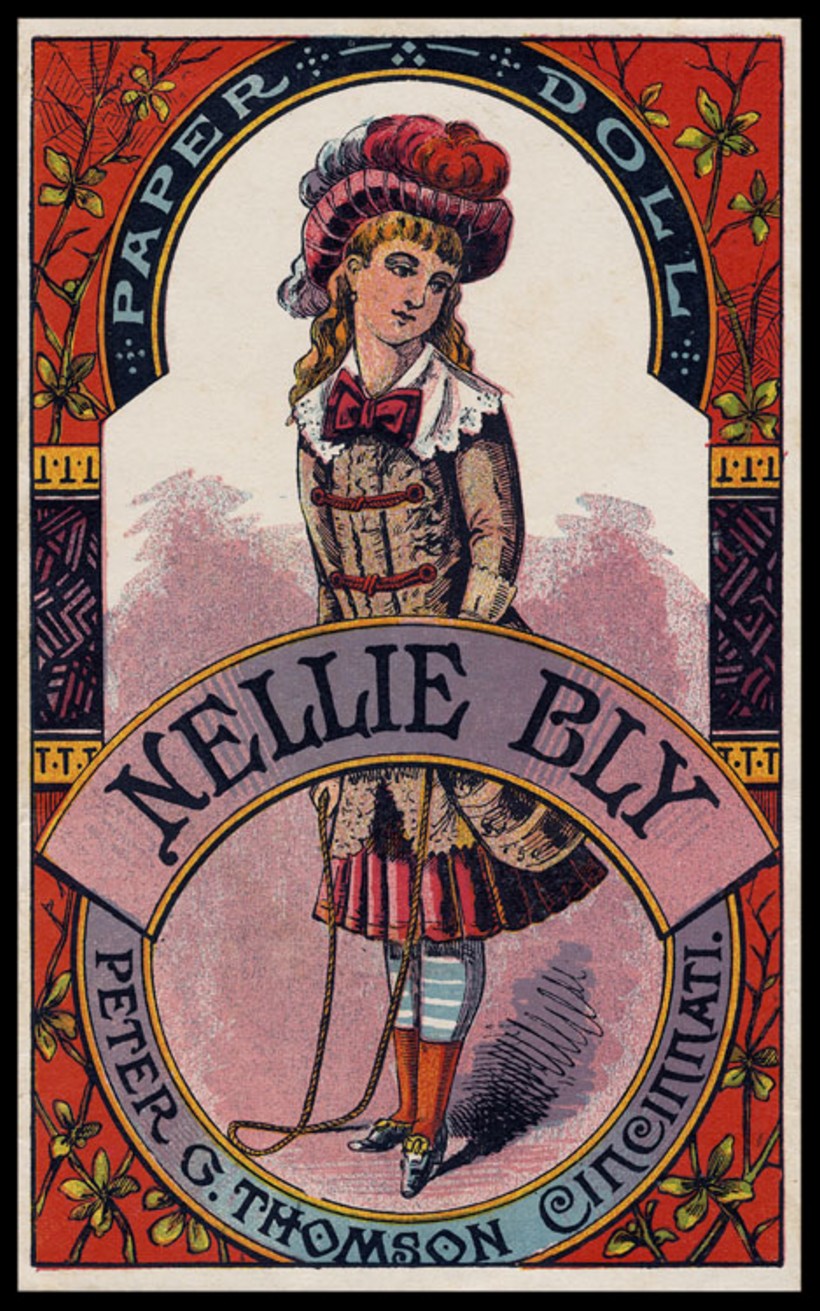
Paper Dolls
Flat paper (or cardstock) dolls have been created to entertain children for at least two centuries. Some were sold simply as entertainment, others given away for advertising purposes. Most offer children the experience of “making” each doll by cutting, folding tabs, bending support elements, and applying clothing, hair and accessories.
https://www.collectorsweekly.com/dolls/paper-dolls
https://www.theriaults.com/catalog/paper-doll-collection-shirley-fischer
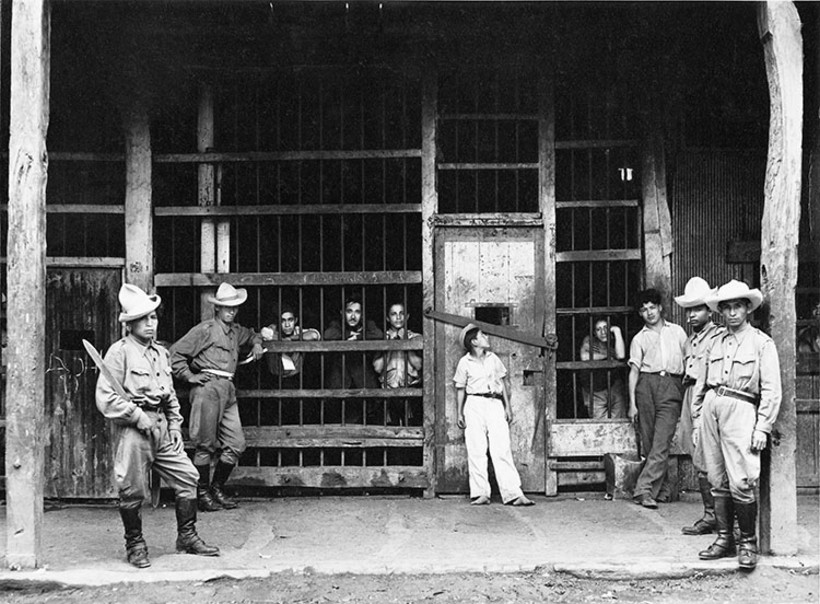
Photographs
Though collecting photography and photographs is its own somewhat separate hobby, photographs also fall within the realm of ephemera. There are numerous specialties: specific sorts of images (main street, storefronts, animals, children, landscapes, etc.), real photo postcards (RPPCs), cartes de visite (CDVs) and backmark imprints on cartes de visite, cabinet cards and backmark imprints on cabinet cards, “vernacular photographs” (snapshots), photographic Christmas cards, and many others.
https://www.all-about-photo.com/photo-venues/photo-museums.php
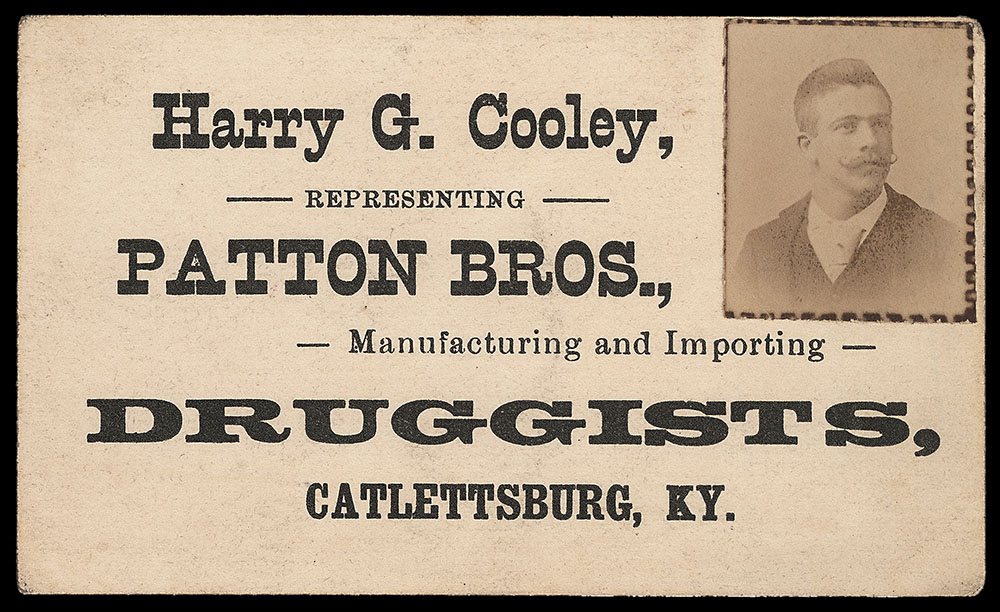
Photostamps
Once photography had come into existence and adhesive stamps had come into existence, it was just a matter of time before somebody came up with photographic portrait images on adhesive stamps. They were applied to business cards, calling cards, letters and in various other ways.
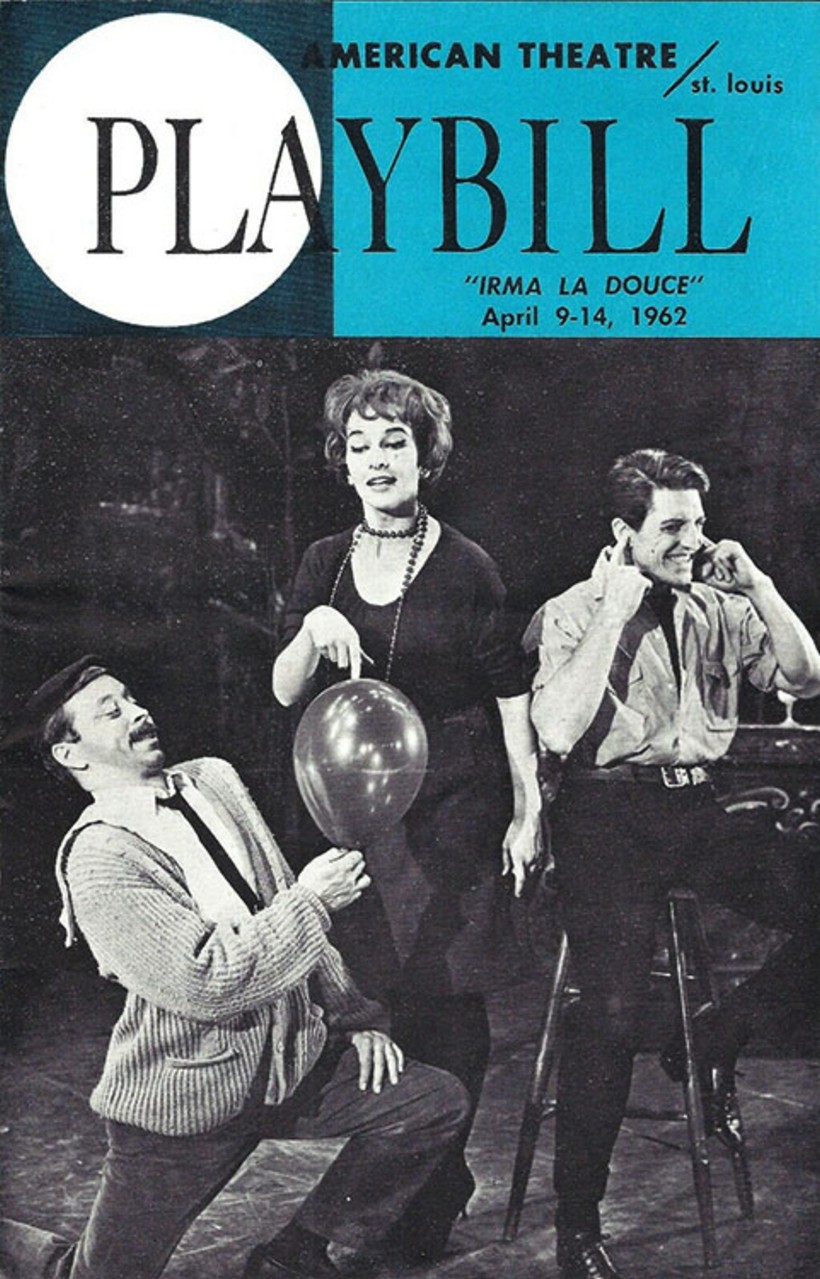
Playbills
Playbills, as might be expected, are largely sought by those interested or involved in the world of theatrical productions. A playbill is typically chock-full of information about cast members, producers, staging, details about the play itself, and the background(s) of its creator(s).
https://folgerpedia.folger.edu/Playbill_collection
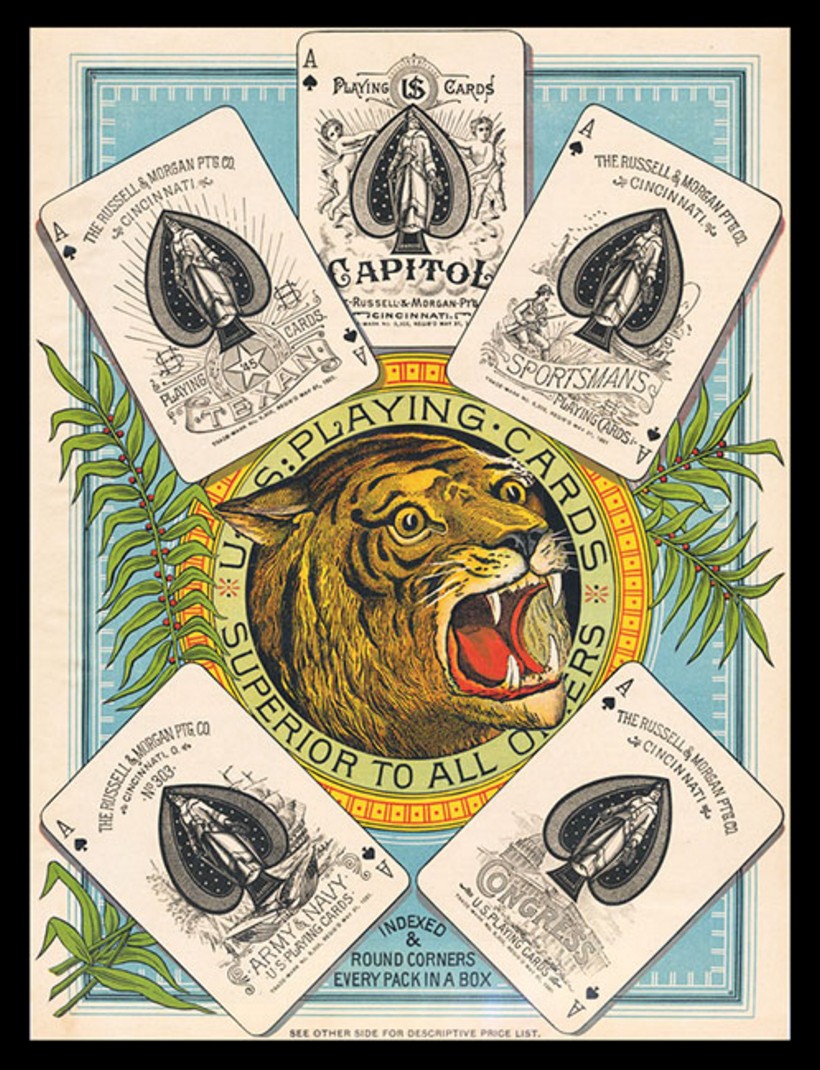
Playing Cards
Playing cards have a history that goes back to 9th century China. Countless card games have been invented, each requiring an appropriate set (“pack” or ”deck”) of cards. Tarot fortune telling cards were originally used for various cards games before being taken up for divination. Though some collectors seek complete decks, many collect one single swap card from a deck, as an example of that deck’s back design. Others collect just jokers, or just the (often elaborate) ace of spades.
https://www.wopc.co.uk/history/
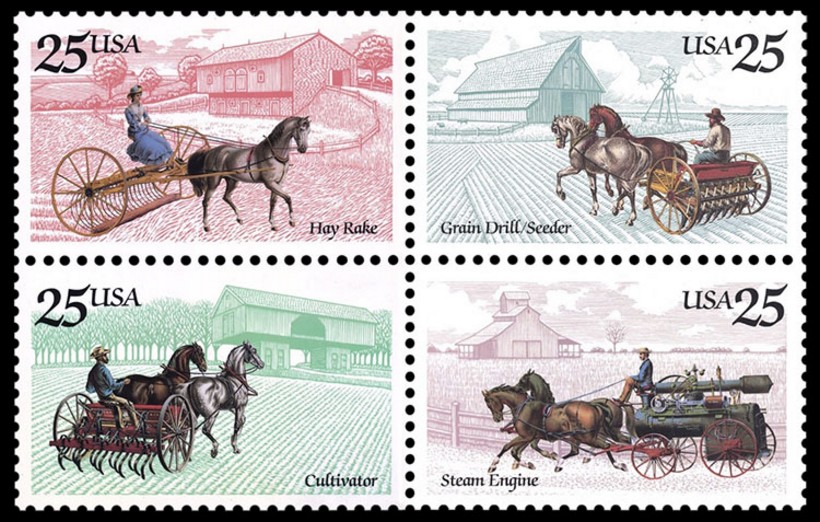
Postage Stamps
The first postage “stamp” is considered by some to be a hand-stamped marking (not an applied label) by London merchant William Dockwra in 1680. Using affixed labels to prepay postage began in England in 1840, and in 1847 in the United States. Stamp collecting is called philately. Some collect stamps, some collect mailed covers (envelopes), some collect proofs of stamp designs, some study postal history (the details and markings of covers moving through mail systems).
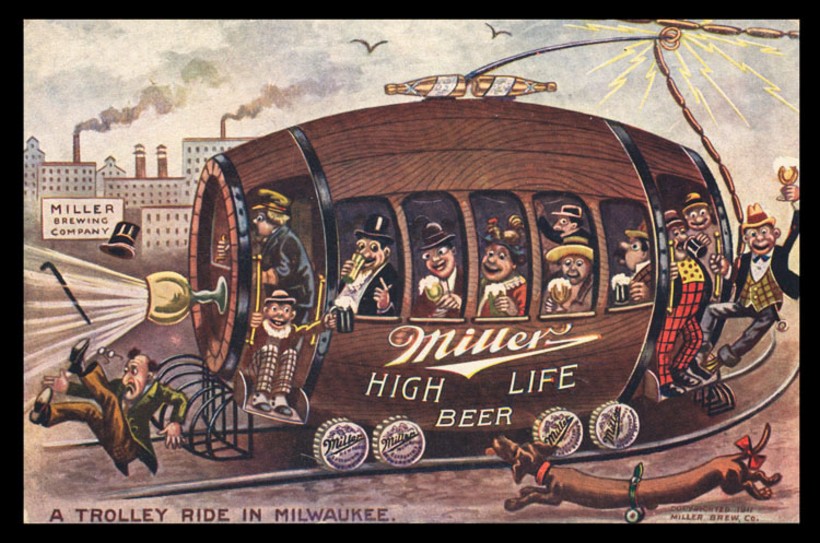
Postcards
Postcards are generally collected by topical category, of which there are hundreds. Collectors seek cards in their personal area(s) of interest, and dealers often offer tens of thousands of cards to pore through. Postcards evolved in the last quarter of the 19th century, and were immensely popular to send and to collect during the “Golden Era” of 1907-1915. The recognized stages of postcards are the Pre-Postcard Period (1848-1870), the Pioneer Period (1870-1898), the Private Mailing Card Period (1898-1901), the Postcard Period (1901-1907), the Divided Back Period (1907-1915), the White Border Period (1915-1930), the Linen Period (1930-1945) and the Photochrome Period (1945-present). Postcard collecting is called deltiology.
https://www.mfa.org/collections/prints-and-drawings/postcards-at-the-mfa
https://siarchives.si.edu/history/featured-topics/postcard/postcard-history
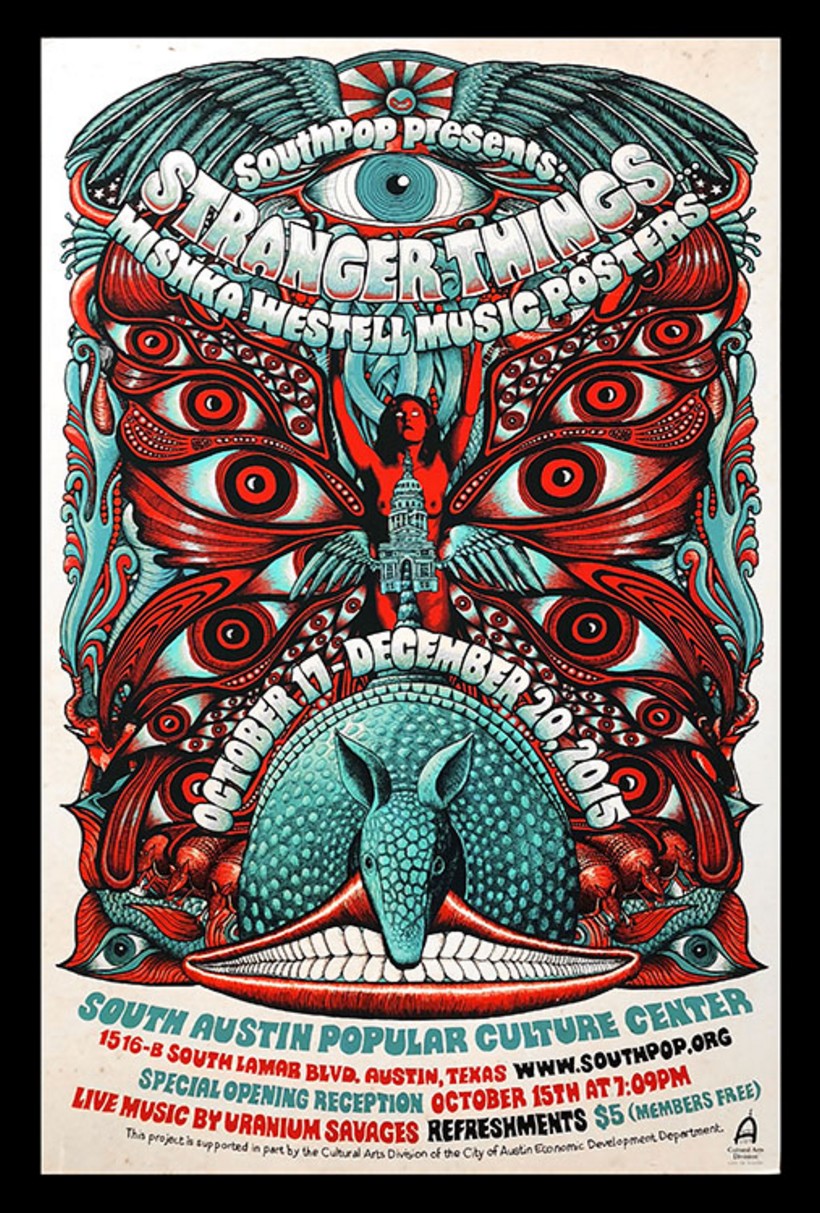
Posters
“A poster is a temporary promotion of an idea, product, or event put up in a public space for mass consumption.” (Angelina Lippert). The most effective posters are graphic, bold, eye-catching, clever and informative.
https://www.loc.gov/search?new=true&q=posters
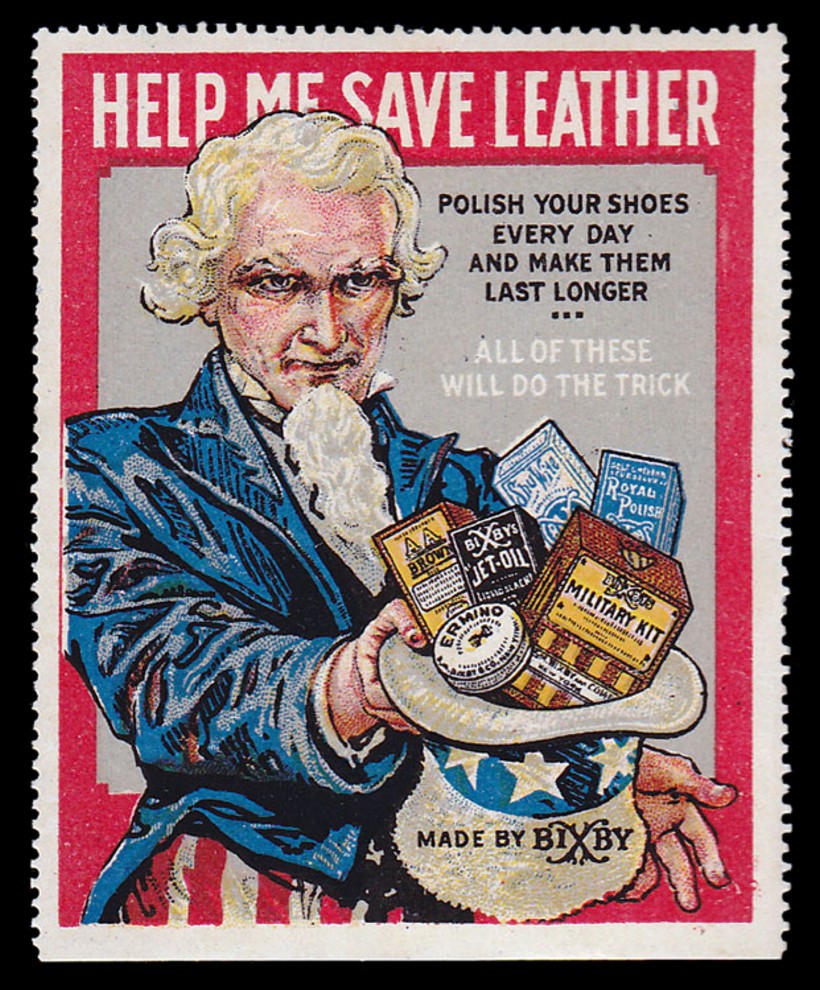
Poster Stamps
Poster stamps are large (usually) labels, often perforated, issued to advertise or to promote events. Many feature bold graphics, some created by internationally known designers. They can be collected by topic, design style, creator or in other individualistic ways. Collecting them was particularly popular from the mid-1800s through about 1920. Stamp collectors classify them, along with various other non-postal items, under the “cinderella” category.
https://www.pinterest.com/stephanieedge/vintage-posters-stamps/
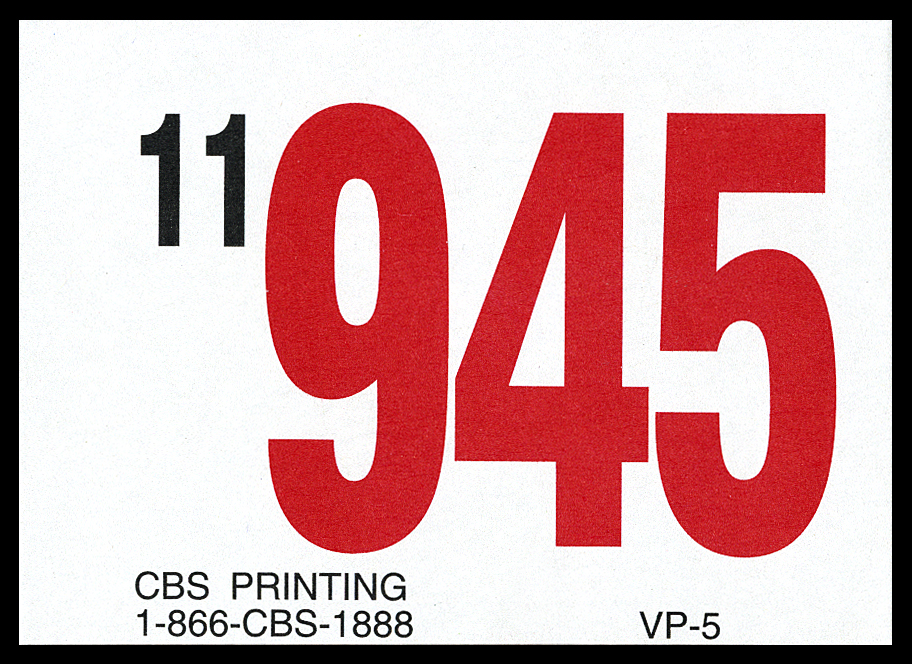
Purely Visual
There is a perhaps surprisingly large number of collectors who have a magnetic attraction to functional bits and scraps of highly ephemeral paper items which exhibit strong graphic and compositional interest, usually unwittingly. Such items may be tickets, receipts, tags, labels, parking permits . . . anything whatsoever that has strong visual interest. Often letters and/or numbers are prominent.
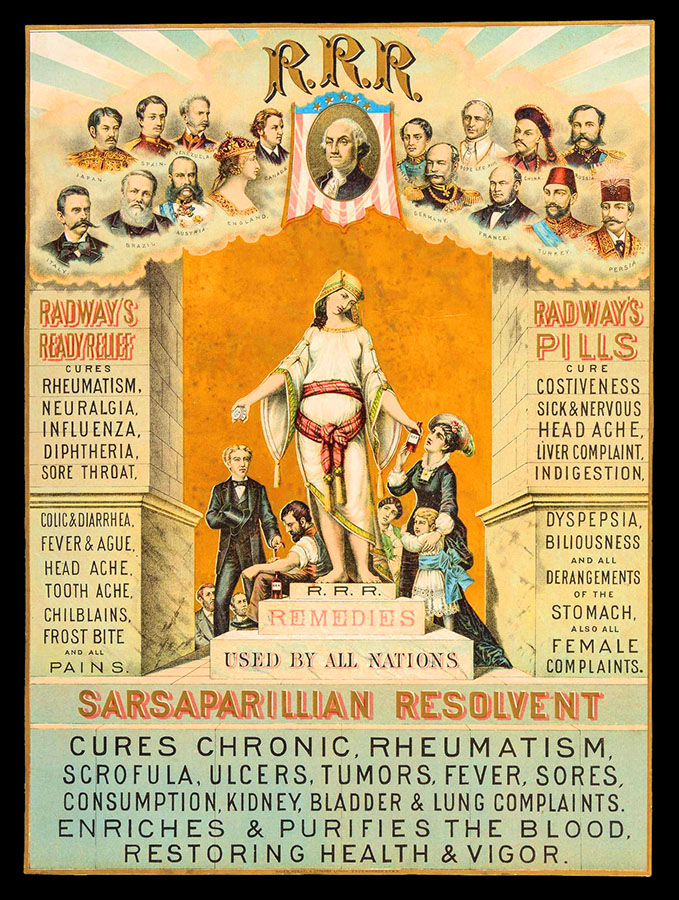
Quack Nostrums
A huge and popular field . . . advertising, trade cards, packages, labels, bottles, tins, posters, broadsides, photographs, almanacs, booklets, you name it.
http://www.museumofquackery.com/
Real Photo Postcards (RPPCs)
A real photo postcard has a real photograph on its picture side (a continuous tone photograph, as opposed to a printed reproduction of a photograph). They first came into vogue in the 1907-1915 period. The earliest ones were produced using the Kodak “postcard camera” (the No. 3A Folding Pocket Kodak), when the company offered a service processing that camera’s postcard size film into a postcard.
https://www.collectorsweekly.com/postcards/real-photo
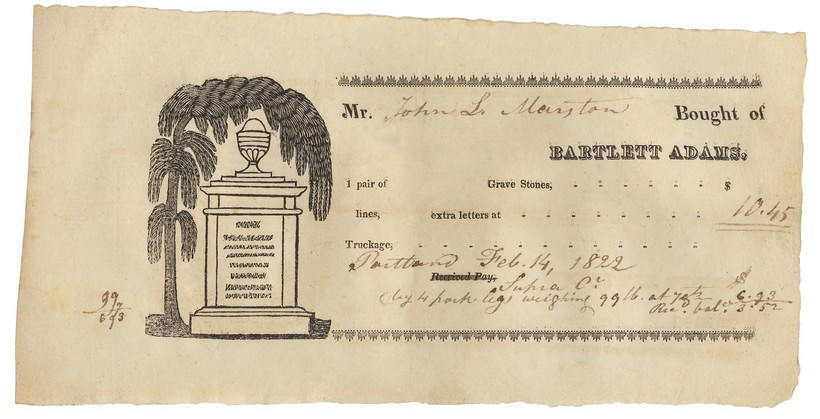
Receipts
Receipts can be graphic, informative, quirky. Vintage hotel receipts, to take one example, can inform about costs for food, drink, boarding, stabling of horses, coach transportation or entertainment . . . even rates of taxation, if revenue stamps have been affixed.
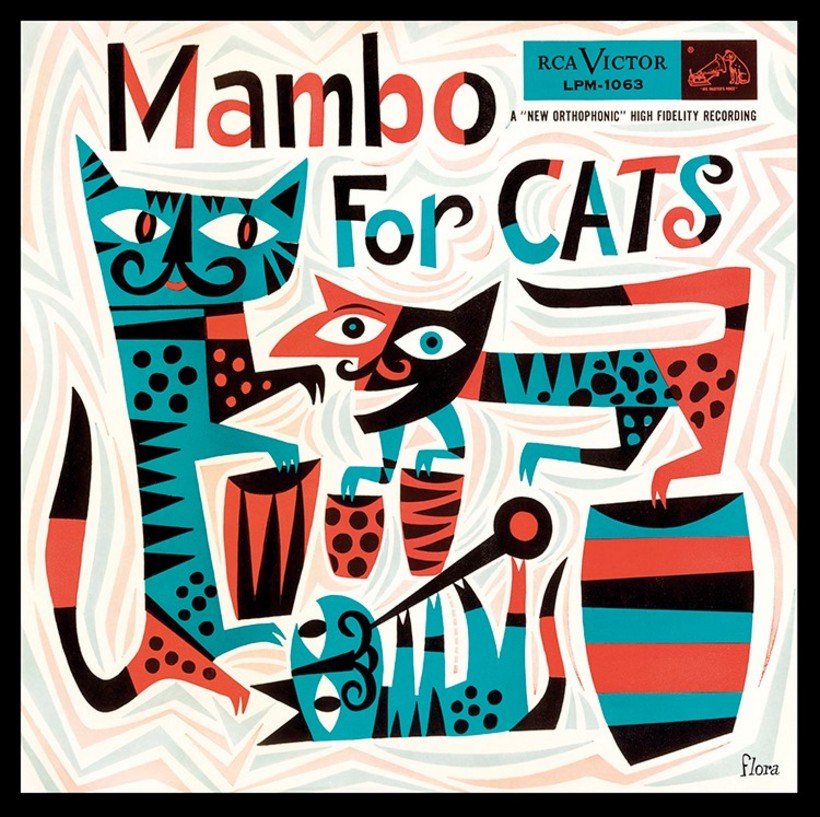
Record Albums / Covers
Vinyl record albums are of course purchased to be played, but also collected for their cover graphics, so critical for sales appeal. A great deal of stunning graphic design has appeared on record album covers ever since the 1940s. Some cherish the album covers of wacky or oddball singers and groups.
https://en.wikipedia.org/wiki/Album_cover
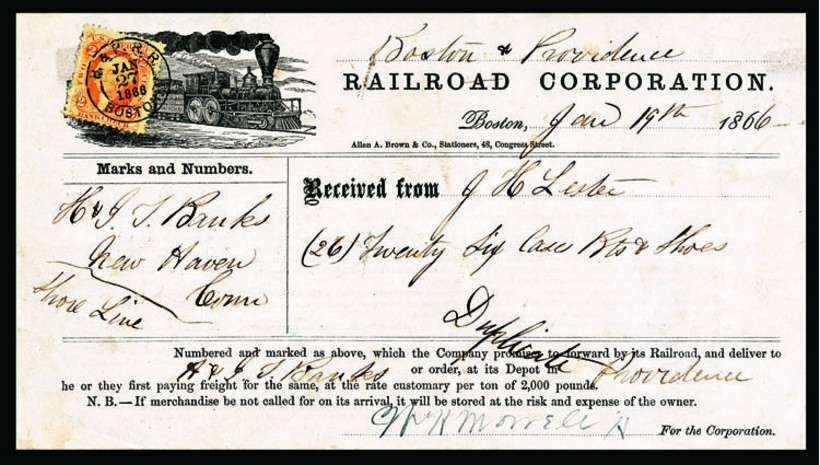
Revenues on Documents
During the U.S. Civil War, many product and documents were taxed to help pay for the war, and special revenue stamps were created and issued to evidence that the appropriate tax had been paid. Specialized collectors seek various types of documents bearing various revenue stamps. Some revenue “stamps” were adhesive labels, some were inked handstamps, and others were pre-printed onto the documents. Revenue stamps have been used in different eras by many U.S. states, foreign countries, as well as corporations and organizations.
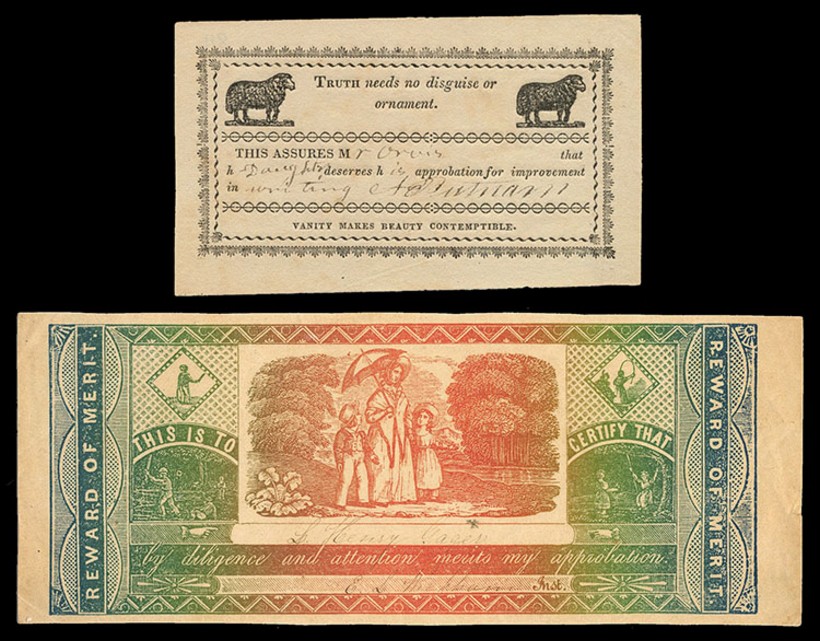
Rewards of Merit
Rewards of Merit (ROMs) have been part of the American educational system for more than 300 years. Typically on paper, either printed or in handwritten form, teachers bestowed ROMs on deserving students in recognition of classroom achievements, good behavior or exemplary attendance.
https://www.abebooks.com/book-search/title/rewards-merit/author/patricia-malpa/
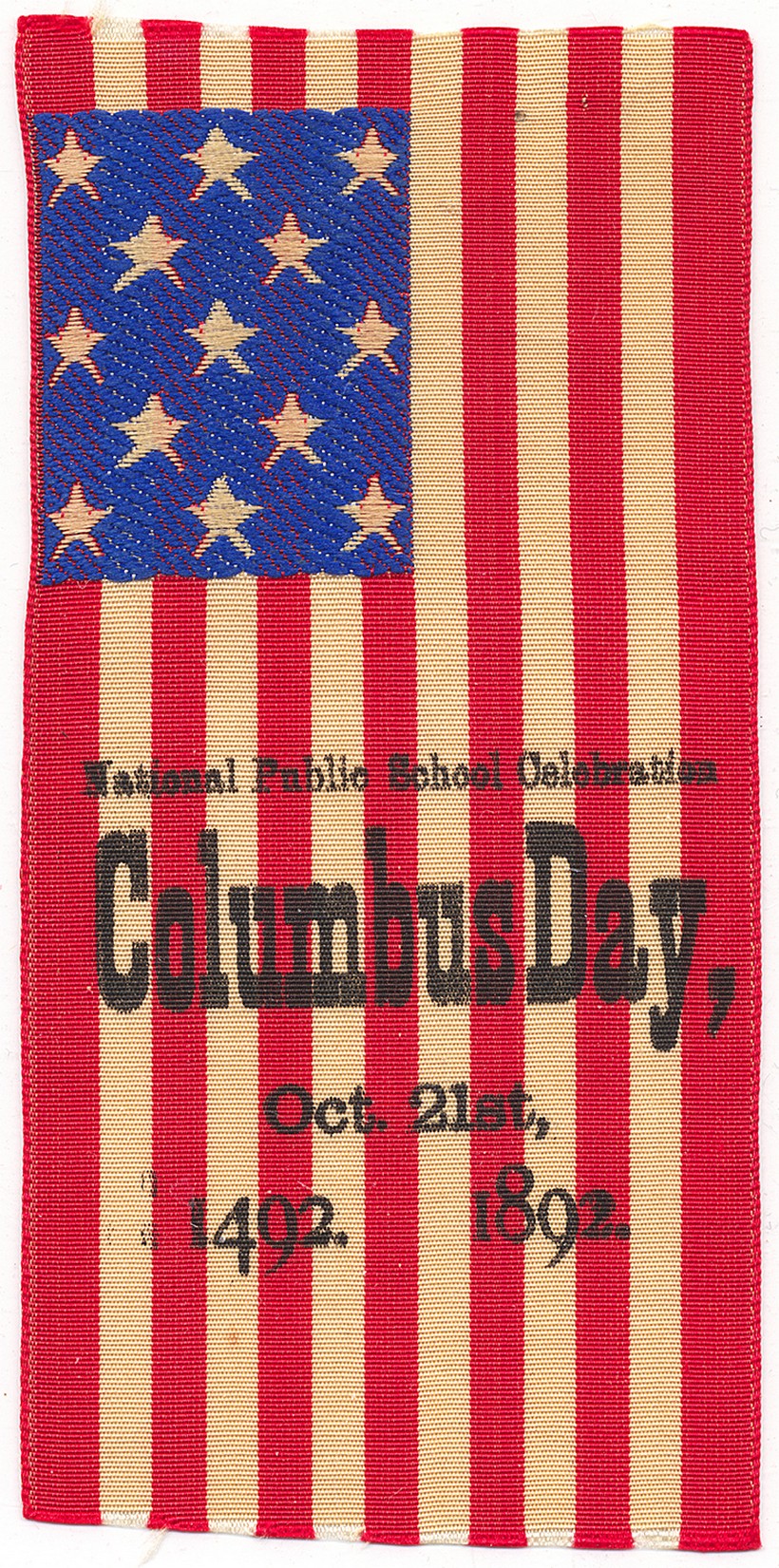
Ribbons
There are many kinds of ribbons . . . souvenir, military, patriotic, commemorative, activist, political, humorous, awarded, holiday, purely decorative.
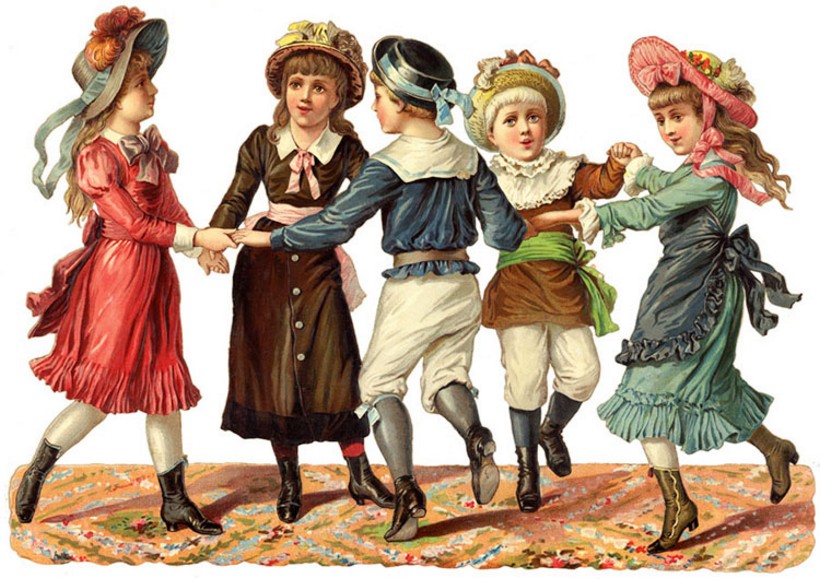
Scraps
One type of diecut, chromolithographed ephemera was called “scraps”, small (usually) and colorful images of all sorts of things, generally embossed. These were avidly collected by women and children, and often creatively combined into composite images in scrapbooks. Germany produced high quality scraps.
https://www.pinterest.com/tothelastdetail/victorian-die-cut-scraps/
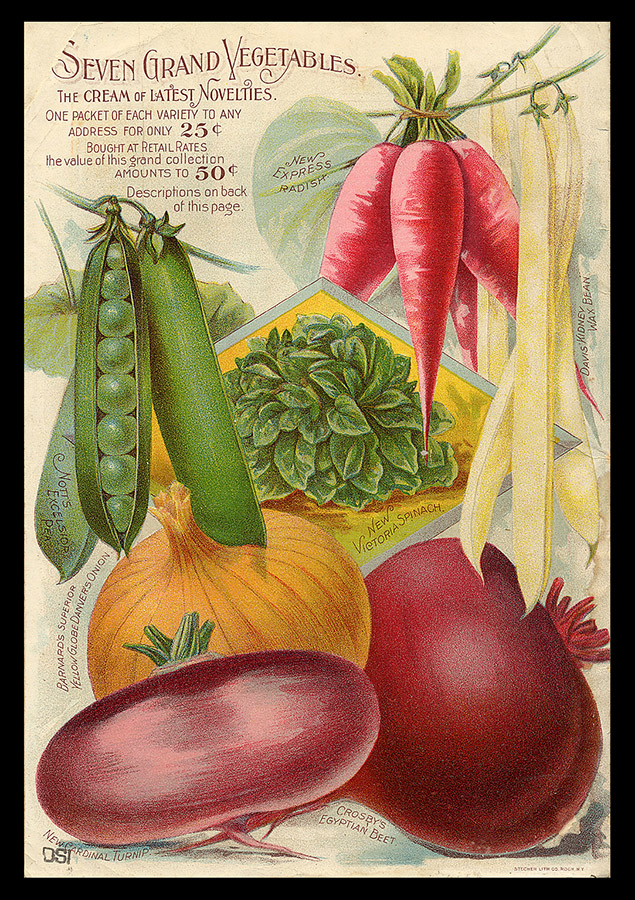
Seed Catalogs
A hotbed of strong illustrations, plus content of considerable interest to modern organic farmers, growers of heritage species and back-to-the-landers.
https://www.sil.si.edu/DigitalCollections/SeedNurseryCatalogs/collection.cfm
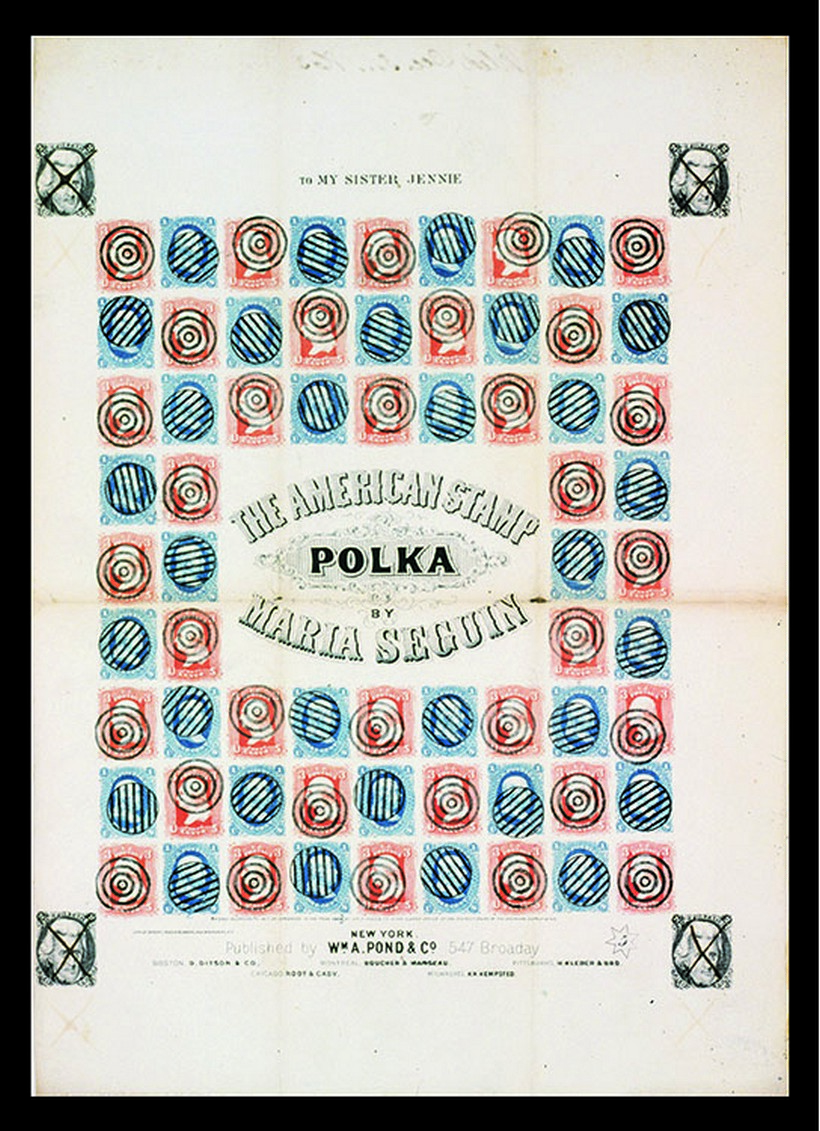
Sheet Music
To musicians and musicologists, sheet music is printed notation. For ephemerists, it is all about the illustrated covers. From woodblocks to chromolithographs to offset printed, the front covers of sheet music offer a wealth of visual treasures.
https://www.loc.gov/collections/historic-sheet-music/about-this-collection/
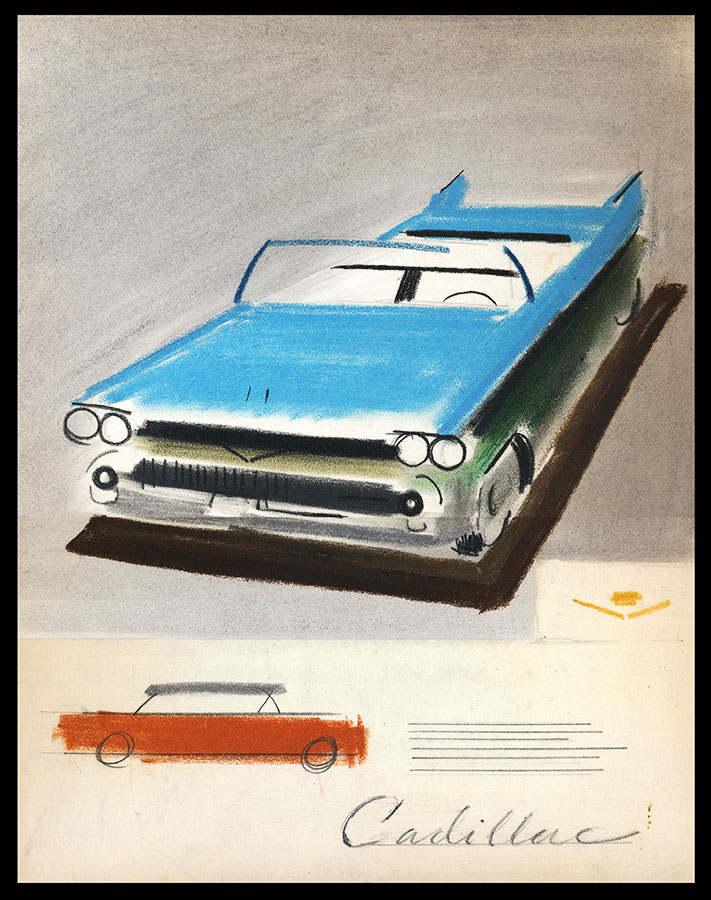
Sketches, Drawings
The quick, gestural strokes of preliminary designs or artworks can be exceptionally interesting, indicative of the raw talent involved, revelatory of the thought processes of artists.
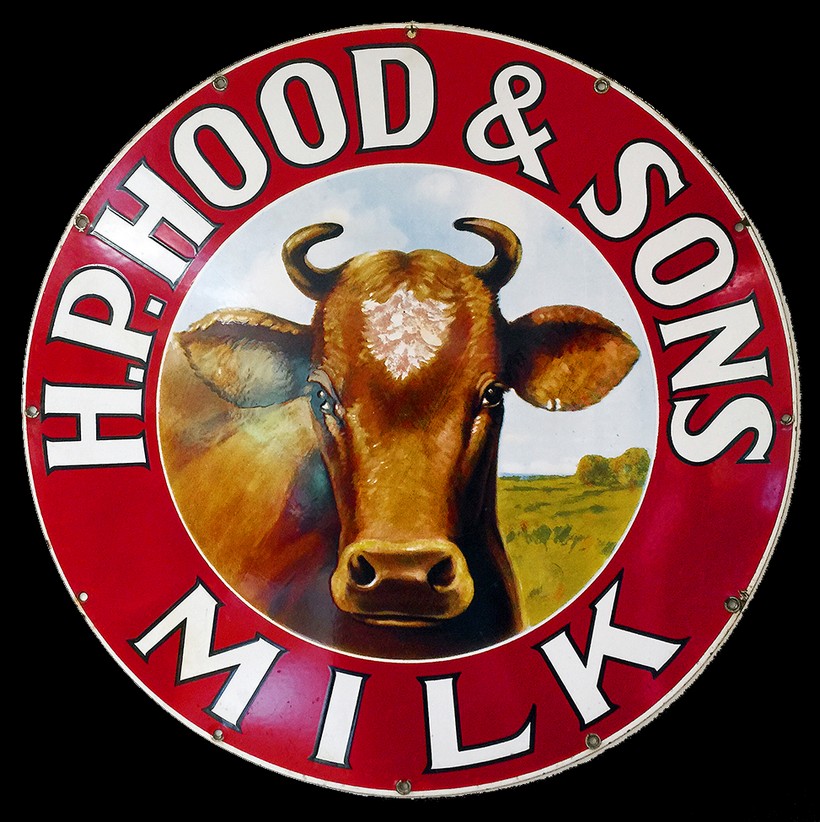
Signs
There have likely been signs made for virtually every human activity, product, business, rule or regulation, political activity and social cause. Signs can be mass-produced, and sign can be hand-made. They have been constructed of all manner of things . . . paper, cardboard, metals, plastic, foam, leather, porcelain, celluloid, wood . . . you name it.
https://www.collectorsweekly.com/signs/overview
https://www.smashingmagazine.com/2009/06/60-rare-and-unusual-vintage-signs/
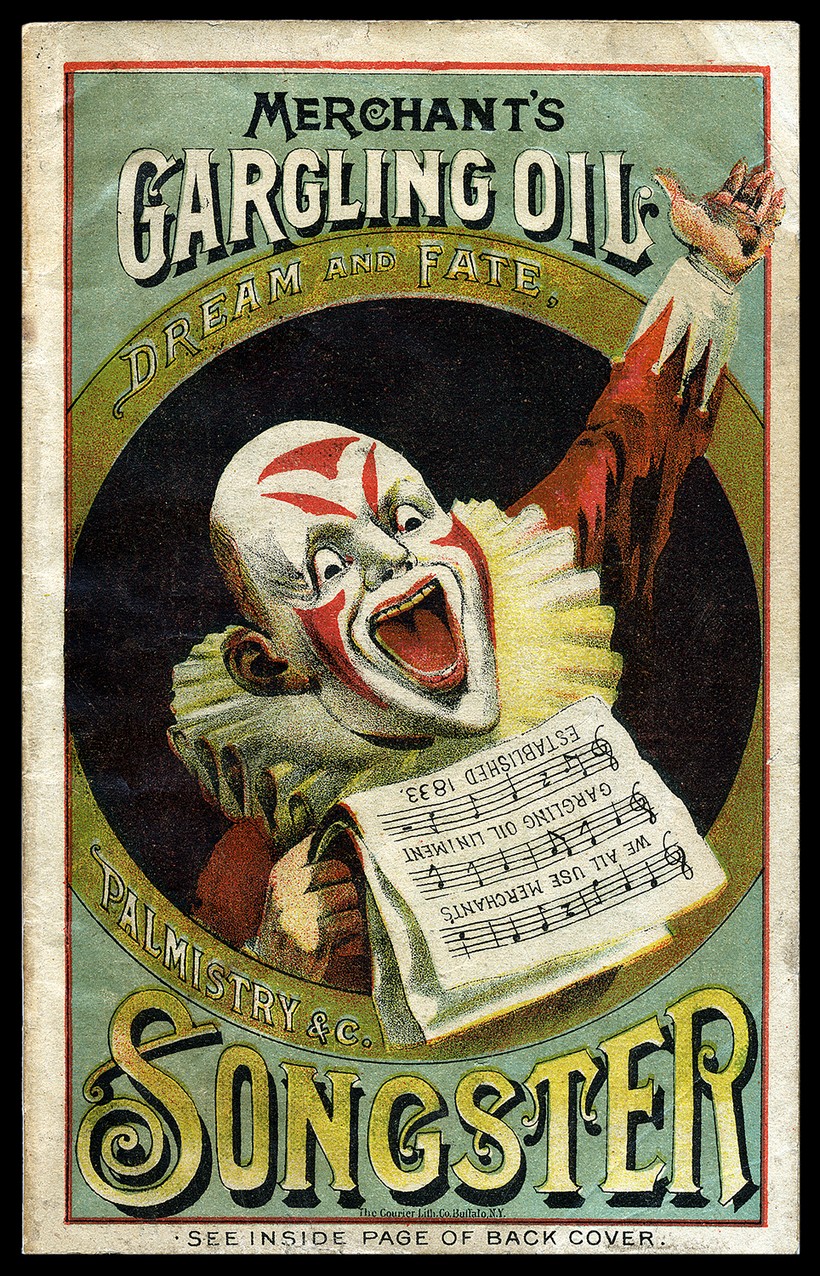
Songsters
One meaning of “songster” is a singer, another is a printed book or booklet of songs. Like sheet music, songster booklets can be collected for their music and/or lyrics, and they can be collected simply for their graphic covers (and sometimes interior illustrations).
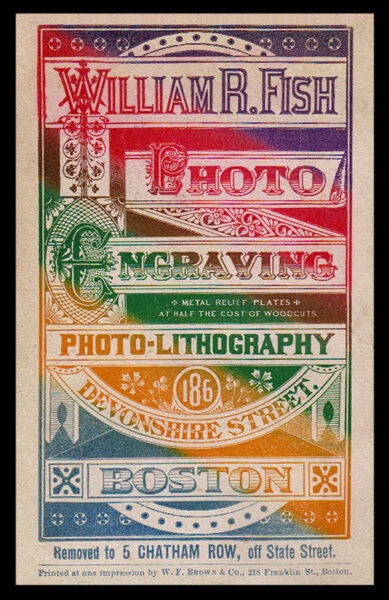
Split Fountain
Split fountain printing results when two or more colors of ink are placed in different parts of the same ink tray (“fountain”) of a printing press. The resulting printed piece will show those different colors in their places, but somewhat blending into each other where the colors touch. The technique was sometimes done for visual effect, and sometimes done to save time and money for the printer, especially a printer who owned only a one-color press.
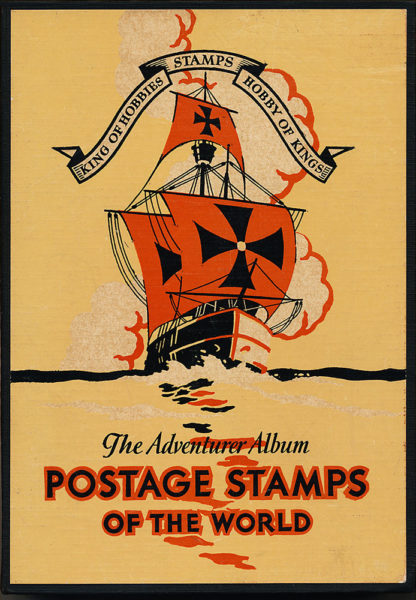
Stamp Albums
Stamp collectors collect stamps, often in albums; some collect examples of the stamp albums themselves. The changing internal layouts of stamp albums since the 1870s reflects changing approaches to stamp collecting. Early albums could attempt to provide spaces for every postage stamp ever issued, but before long the sheer numbers involved made that impossible. Various makers adopted various approaches to deal with that situation, and with the fact that some rarities had become so expensive that very few collectors would ever need a spot to mount a specimen.
https://en.wikipedia.org/wiki/Stamp_album
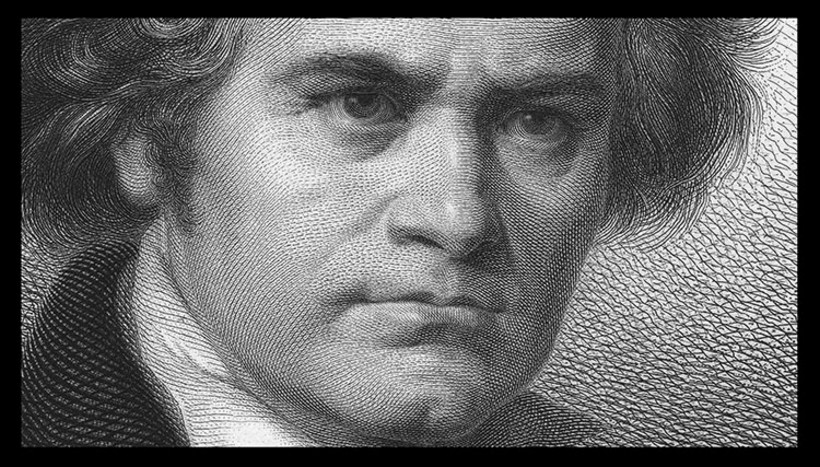
Steel Engraving
In steel engraving, designs are incised (in reverse) into a relatively soft steel. The steel plate is then heat-hardened, ink dabbed into the recessed gouges, the top surface wiped clean, and (slightly dampened) paper pressed down under great pressure. The ink in the recessed design transfers onto the paper, producing a printed image. Steel engraved pieces are said to have “the feel of steel”, because a finger gently moved over the surface can detect the raised ridges of the design.
https://en.wikipedia.org/wiki/Engraving
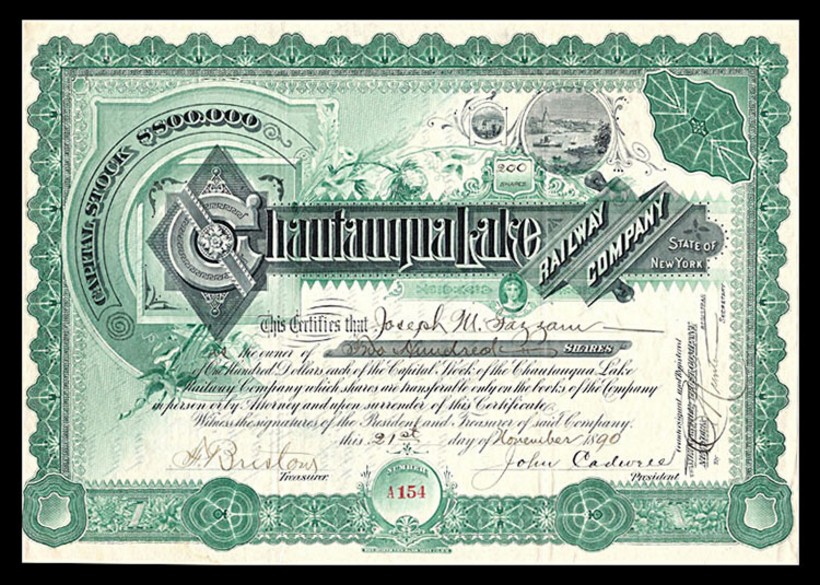
Stock & Bond Certificates
Steel engraved certificates signifying ownership of stock or bond shares are considered to be the one of the highest forms of commercial design. Fine steel engraving—as with many other aspects of printing production from eras past—is a lost art. Astoundingly intricate and flawless lettering and imagery was for many decades carved by hand into steel by consummate craftsmen, until technology passed them by and their trade went out of existence.
https://en.wikipedia.org/wiki/Scripophily
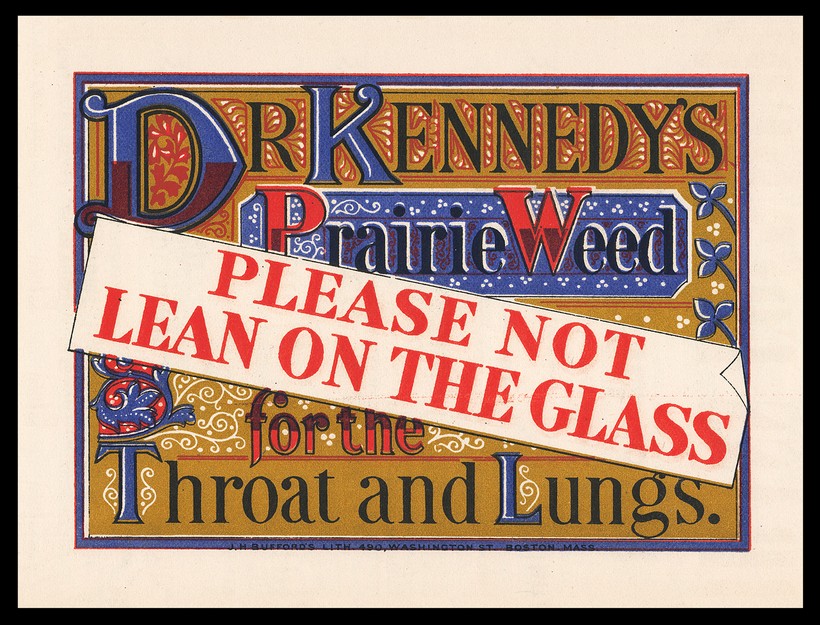
Store Cards
Store cards are display cards, with or without a foldout standing leg, created to sit on a counter or be mounted on a wall. Many from the 19th century were essentially oversized trade cards (see below), some even sporting the same design as a smaller trade card version. A store card might be thought of as a small poster on thick stock, and some were used like posters, for example in storefront windows. Far fewer store cards were produced than were trade cards.
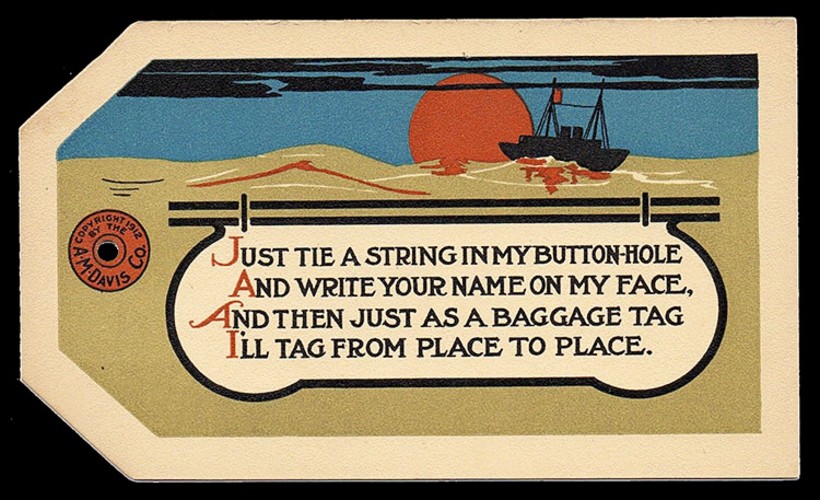
Tags
A tag is a small paper, cardboard, plastic or metal label, generally attached by a string or wire, used to identify, document, assert ownership, route, price or describe the object to which it is attached.

Tea
The collecting of everything tea is popular.
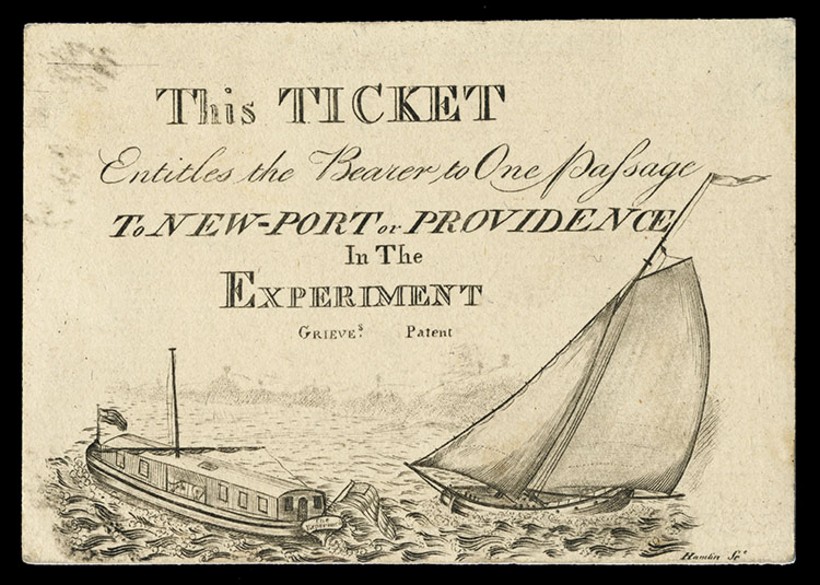
Tickets
A ticket is a small piece of paper or cardstock which confers to its holder some right . . . admission, ownership (such as a coat check), ability to travel, permission to enter, hold a license, claim a prize. Violators of driving, parking and other laws may be given a document also known as a ticket. A slate of candidates for elected office are listed on yet another sort of ticket.
https://www.pinterest.com/ecrafty/vintage-tickets/
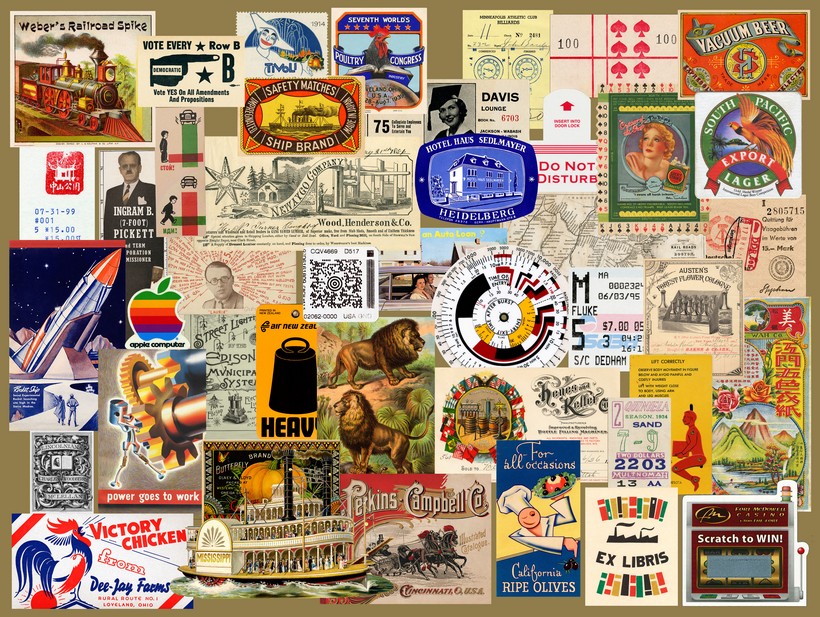
Topical / Thematic Collecting
“Topics” are not items of ephemera, but most if not all ephemera is collected and organized by topic. There exist millions—if not billions—of pieces of printed ephemera, and though there are those who collect in seemingly endless categories, most specialize in certain defined areas of interest, and organize their holdings by theme. Even a modest collection will contain hundreds of items, and many contain thousands or tens of thousand. Some sort of organization into categories becomes necessary in order to retrieve items, and to maintain some semblance of sanity.

Tourism
The study of materials related to travel and tourism can be revealing. Humans have always had need to travel on occasion and the means of travel have evolved from walking to riding spaceships. Only in quite recent times over the loing course of human history have people traveled for recreation.
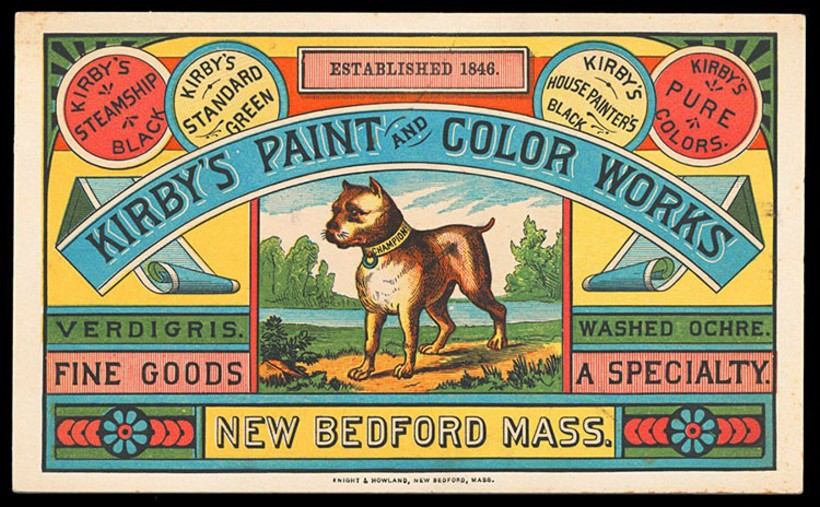
Trade Cards
When chromolithography came into the mainstream in the mid-1800s, it enabled a “color explosion” (Jay Last). For the first time in the history of man, color printed materials abounded throughout every aspect of daily life. From the 1870s through the turn of the century, a hugely popular method of advertising goods and services was the issuing of boldly colorful, postcard-sized trade cards. They were distributed in various ways . . . handed out in stores and elsewhere, packaged with products, offered in sets as premiums, included in promotional mailings, distributed by salesmen, handed out at expositions and fairs. Color being such an exciting new thing, collecting trade cards and pasting them into albums became a major and widespread Victorians phenomenon.
http://www.tradecards.com/articles/articles.html
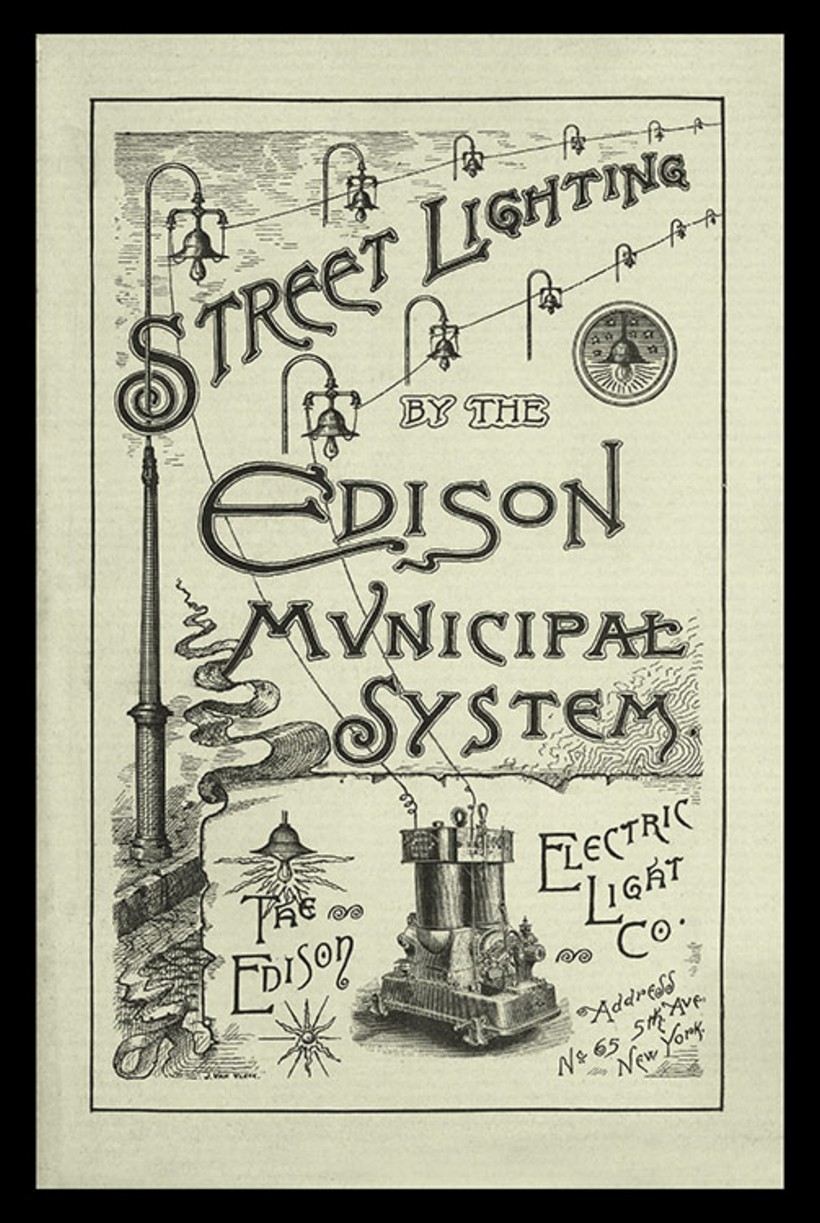
Trade Catalogs
Trade catalogs, or offerings “to the trade”, were and are publications primarily intended to promote and inform manufacturing, wholesale or retail firms about offered products. They originated in the 1700s; Chippendale’s 1754 book The Gentleman and Cabinet Maker’s Director is considered by many as the first trade catalog. Trade catalogs have always been a vital tool for salesmen.
https://digital.hagley.org/tradecats
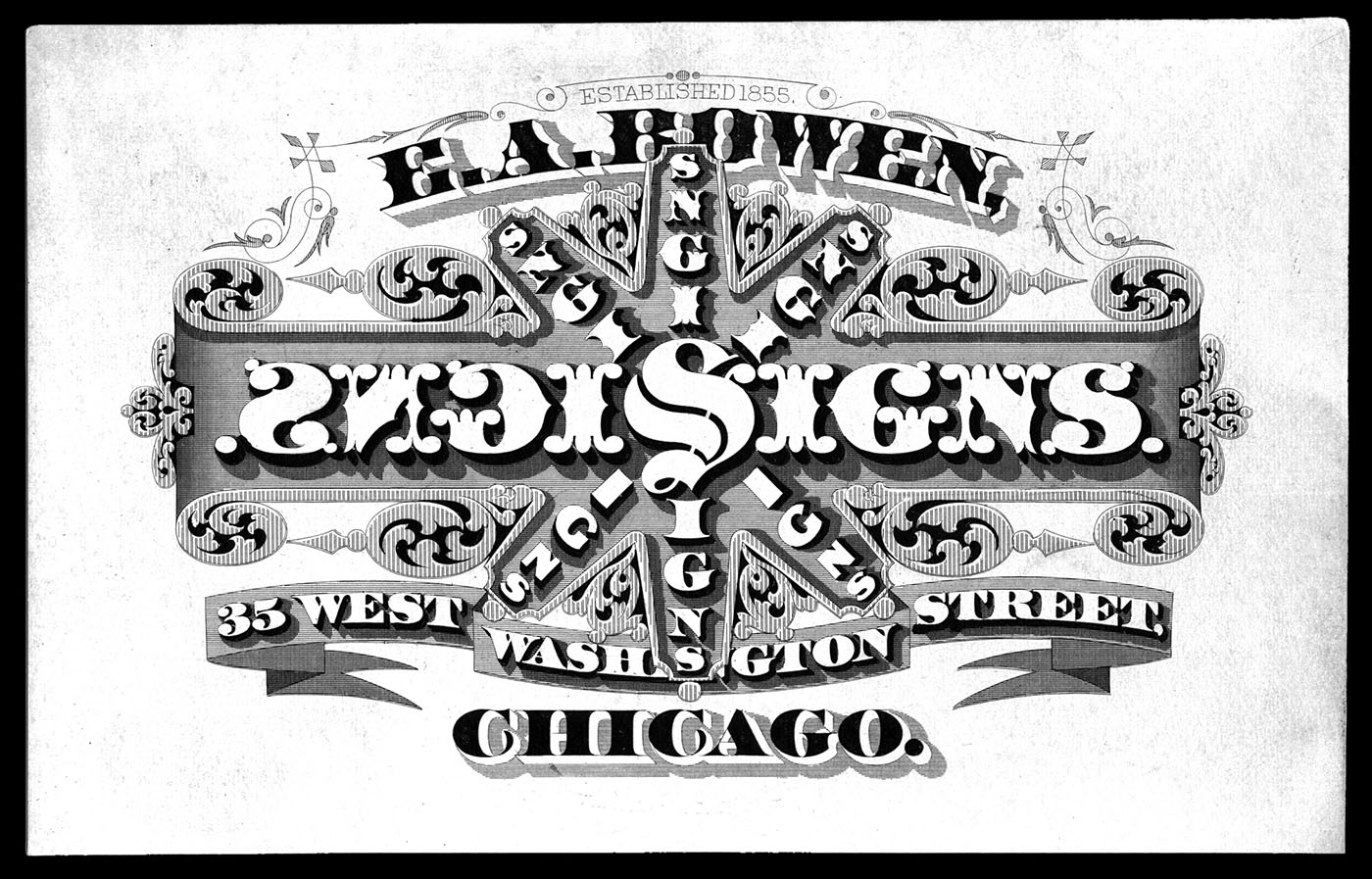
Typography
A fascination with the shapes of letters and words, the readability of printed text, the elegance of fine typesetting, the power of bold type, the quirkiness of some type styles . . . all of these and much more are aspects of the world of typography. The creation of symbols representing sounds was a major human cultural milestone, and the evolution from simple lines and shapes to today’s millions of letterforms is an engrossing subject area.
https://www.sheaff-ephemera.com/list/extreme_typography_album/
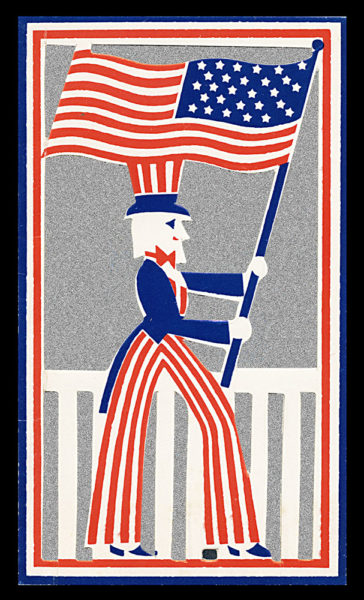
Uncle Sam
The USofA has had many national symbols . . . Brother Jonathan, Columbia, Lady Liberty, the Statue of Liberty, the American Flag, the bald eagle and . . . Uncle Sam.
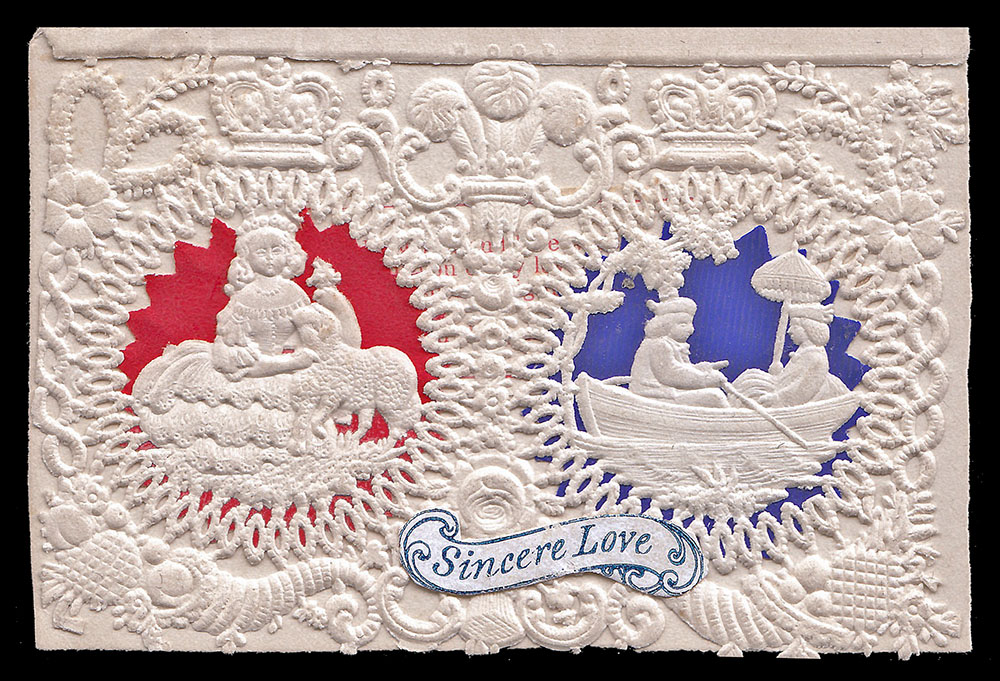
Valentines
A valentine is traditionally a card or gift given to a sweetheart on February 14, Saint Valentine’s Day. Disputably, Chaucer’s 1382 poem Parlement of Foules contains the first conjoining of St. Valentine’s Day with romantic love. European valentine cards, both handmade and commercially printed, have a long and complex history. Esther Howland of Worcester, Massachusetts is considered the initiator of the valentine card industry in the United States.
https://www.facebook.com/groups/National-Valentine-Collectors-Association-126503137423748/
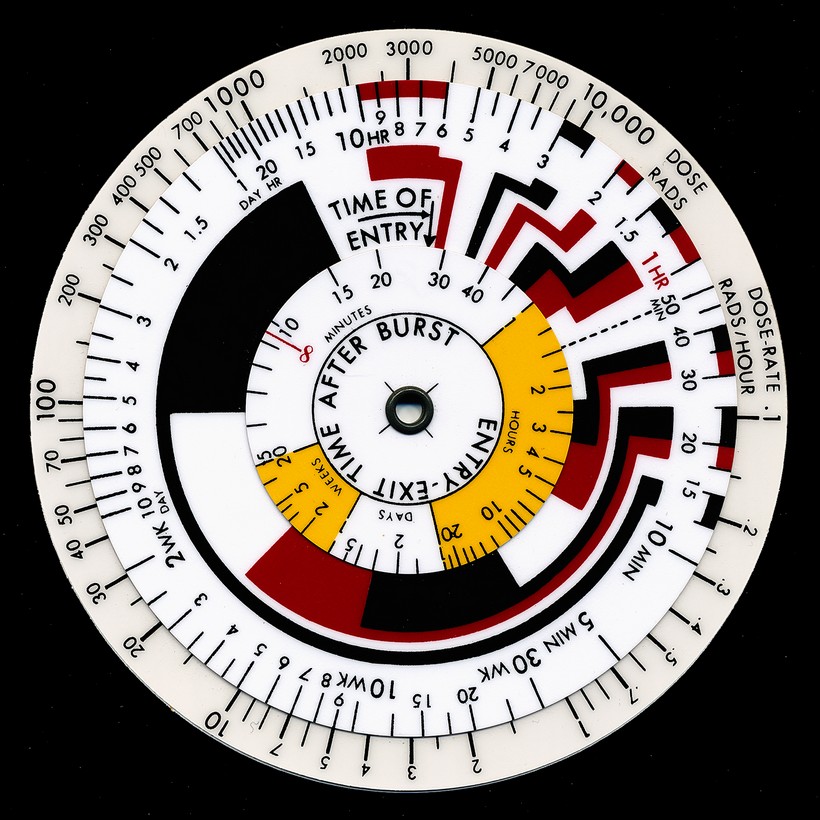
Volvelles
A volvelle or wheel chart is a device with sliding parts which revolve in order to calculate or inform. Such moveable concentric instruments are believed to have been first contrived in Persia ca.1000. They are generally made of paper or cardstock, but can be of plastic or metal.
https://www.papress.com/html/product.details.dna?isbn=9781568985961
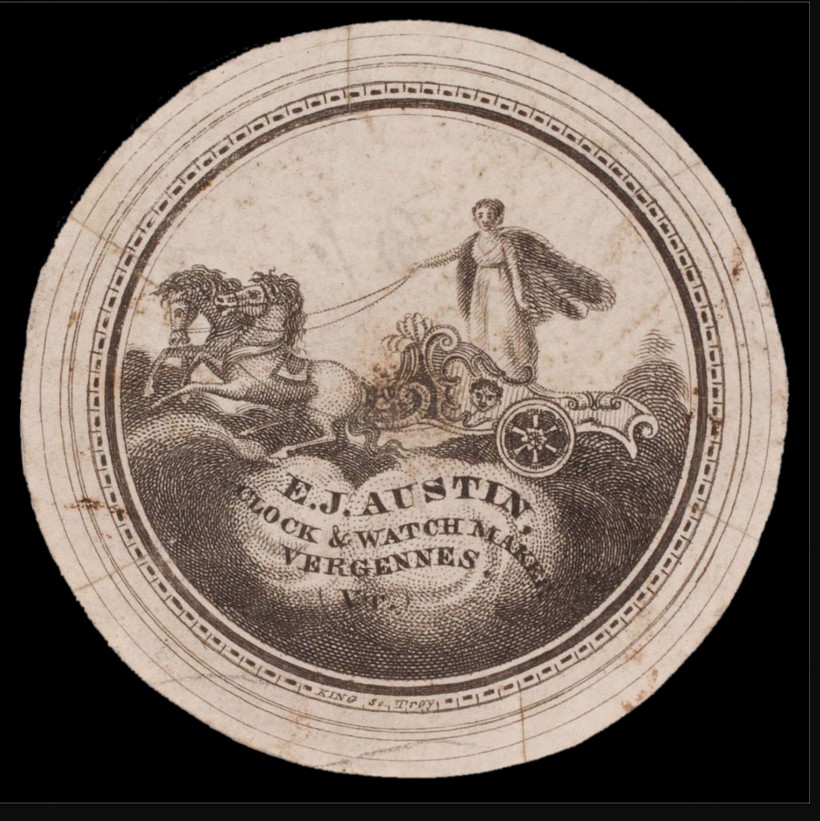
Watch Papers
“Watch papers are small printed round paper inserts that were placed in pocket watches to protect their inner workings from dust. They were printed on one side with the names and addresses of the watchmaker or fixer, and a manufacturing or repair date was often handwritten on the paper” (Collectors Weekly). Some early 18th century examples were on fabric in order to cushion the internal clockworks. (Example above courtesy of the American Antiquarian Society.)
https://www.pinterest.com/susanvoake/watch-papers/

Wood Engraving
As did all printing engravers, wood engravers executed their lettering and imagery backwards, so that the printed result would be right-reading. But differently from copperplate and steel engravers, wood engravers worked more like sculptors in that they cut away everything that was not to be part of their design, leaving the parts that were to print standing in high relief. Because wood engravings were generally created on “type high” blocks, they could be locked up together with other letterpress elements in standard letterpress forms, and thus words and images could all be printed together in one impression. (This was not the case with engravings done in metal, which used much thinner plates.)
https://www.pinterest.com/dick_sheaff/exceptional-19th-century-wood-engravings/
Comments or suggestions? Email ESA
